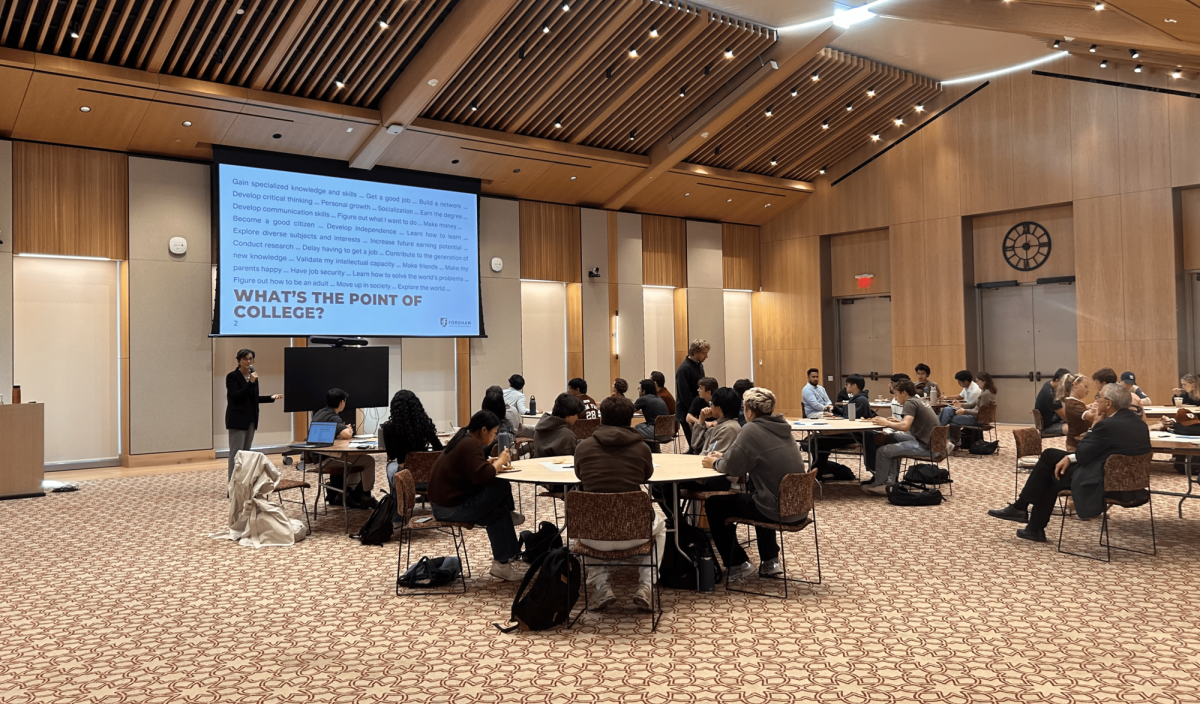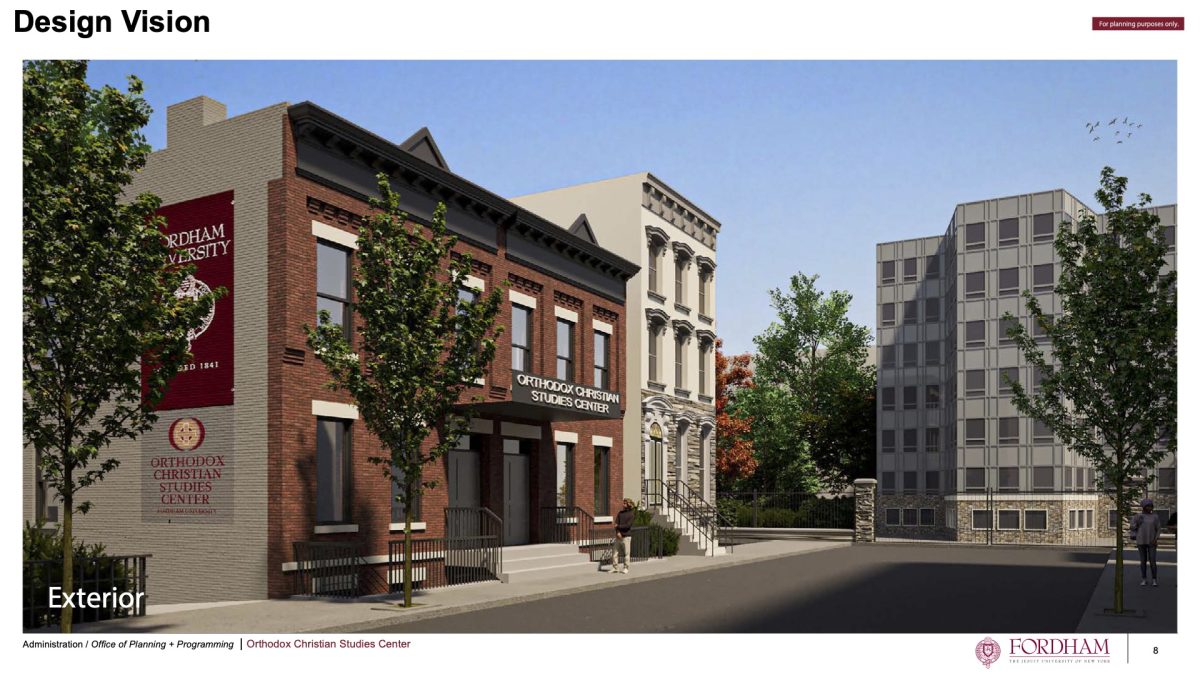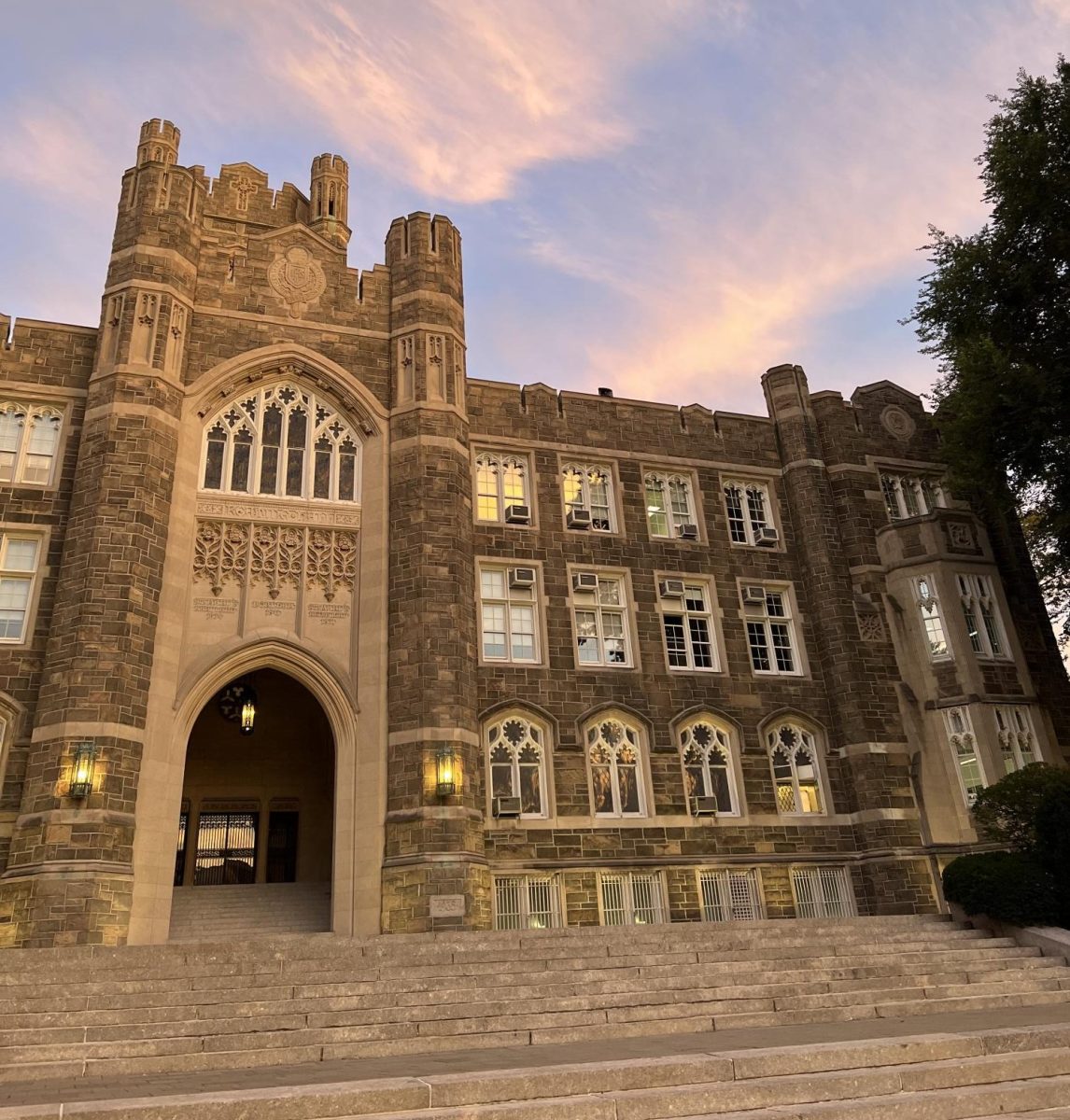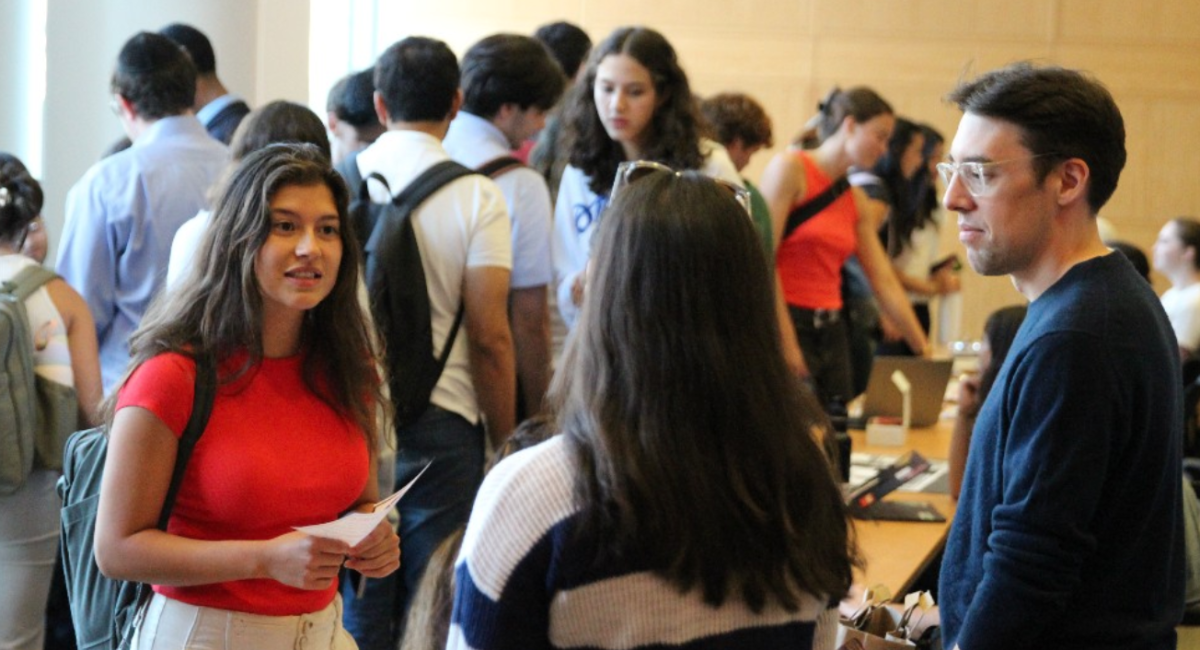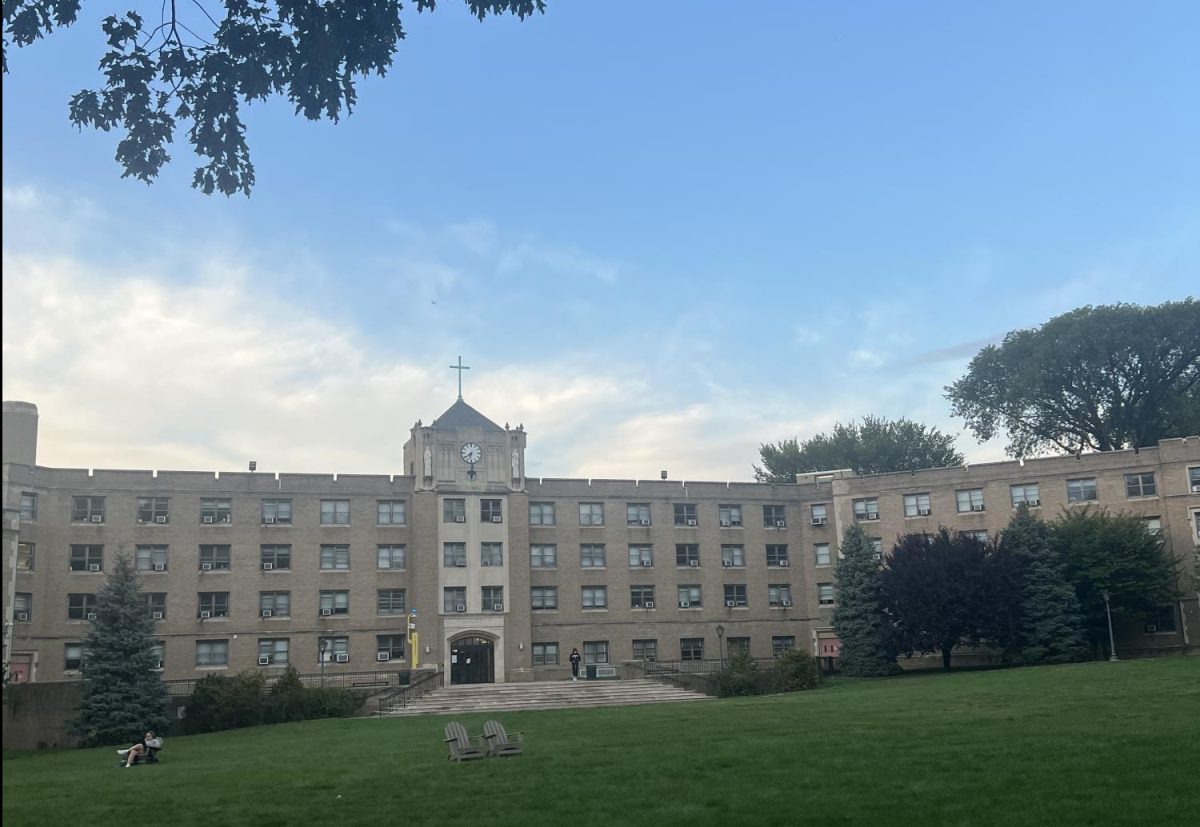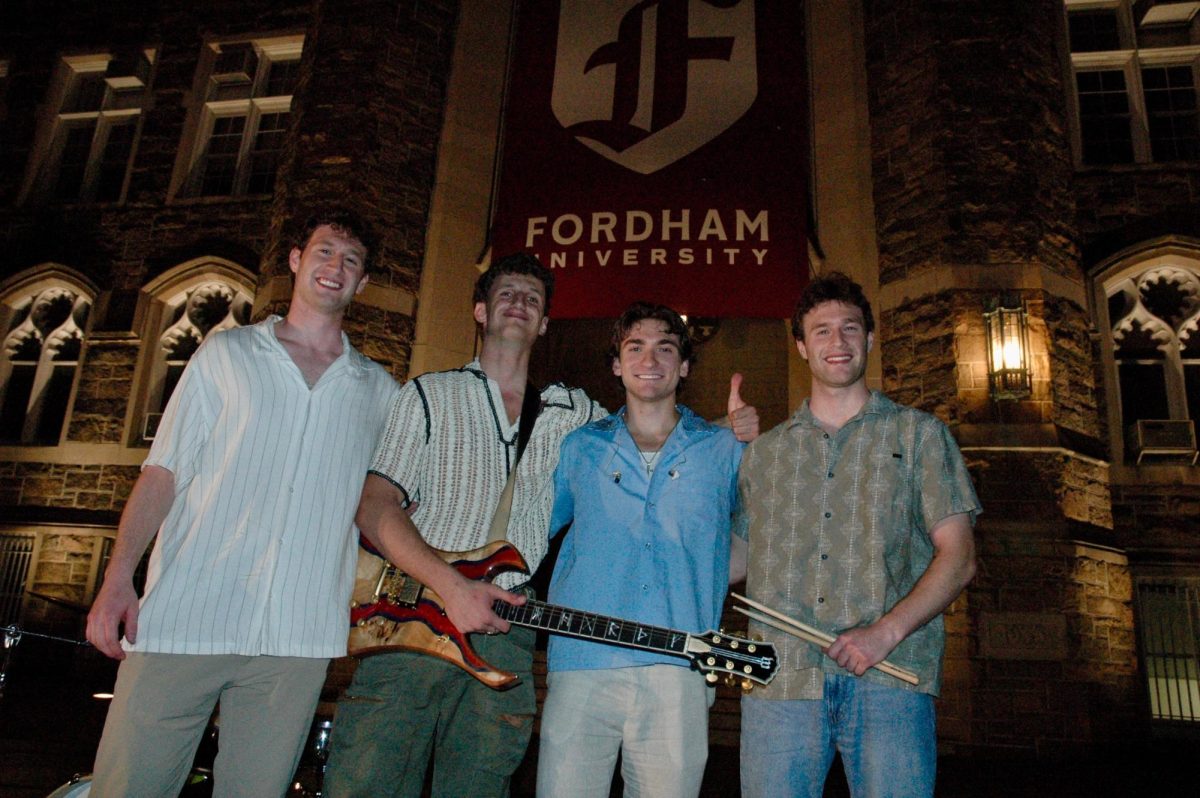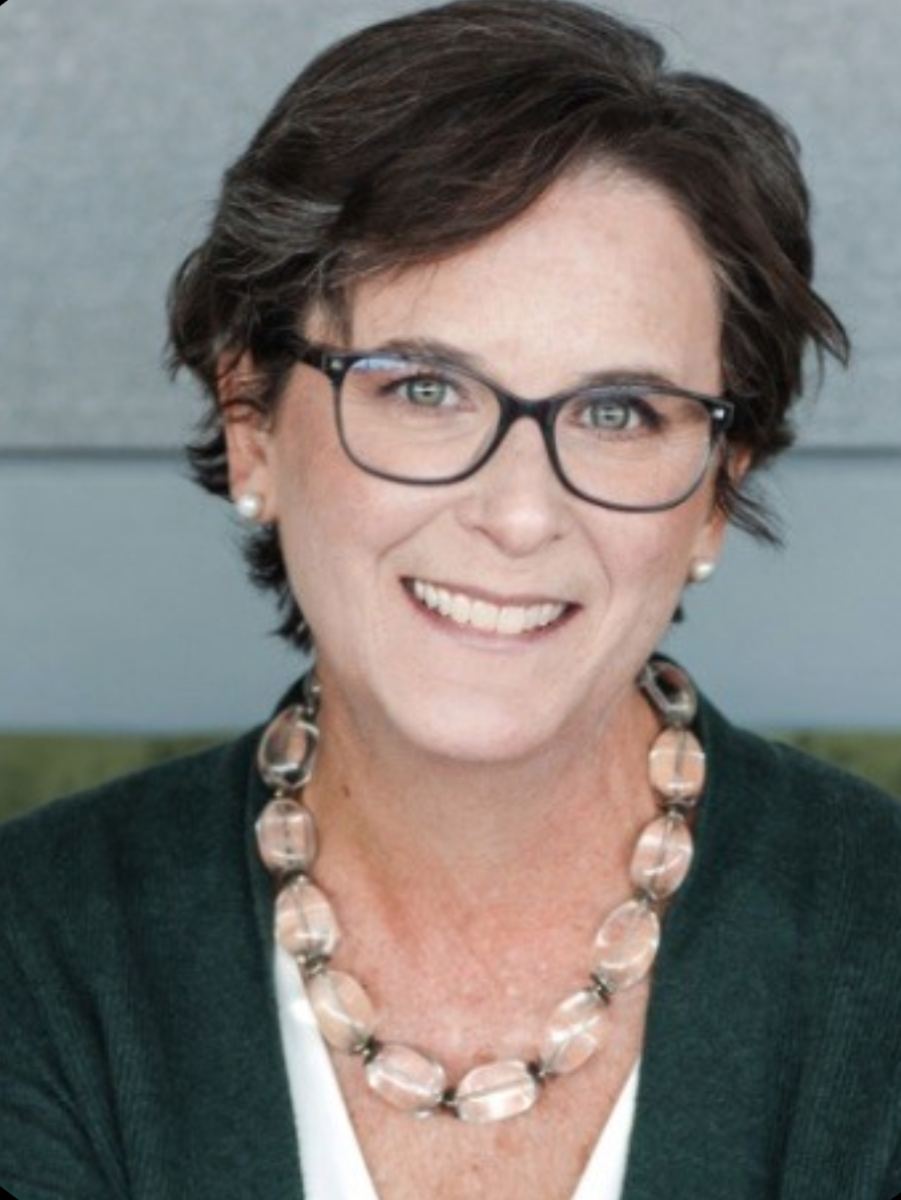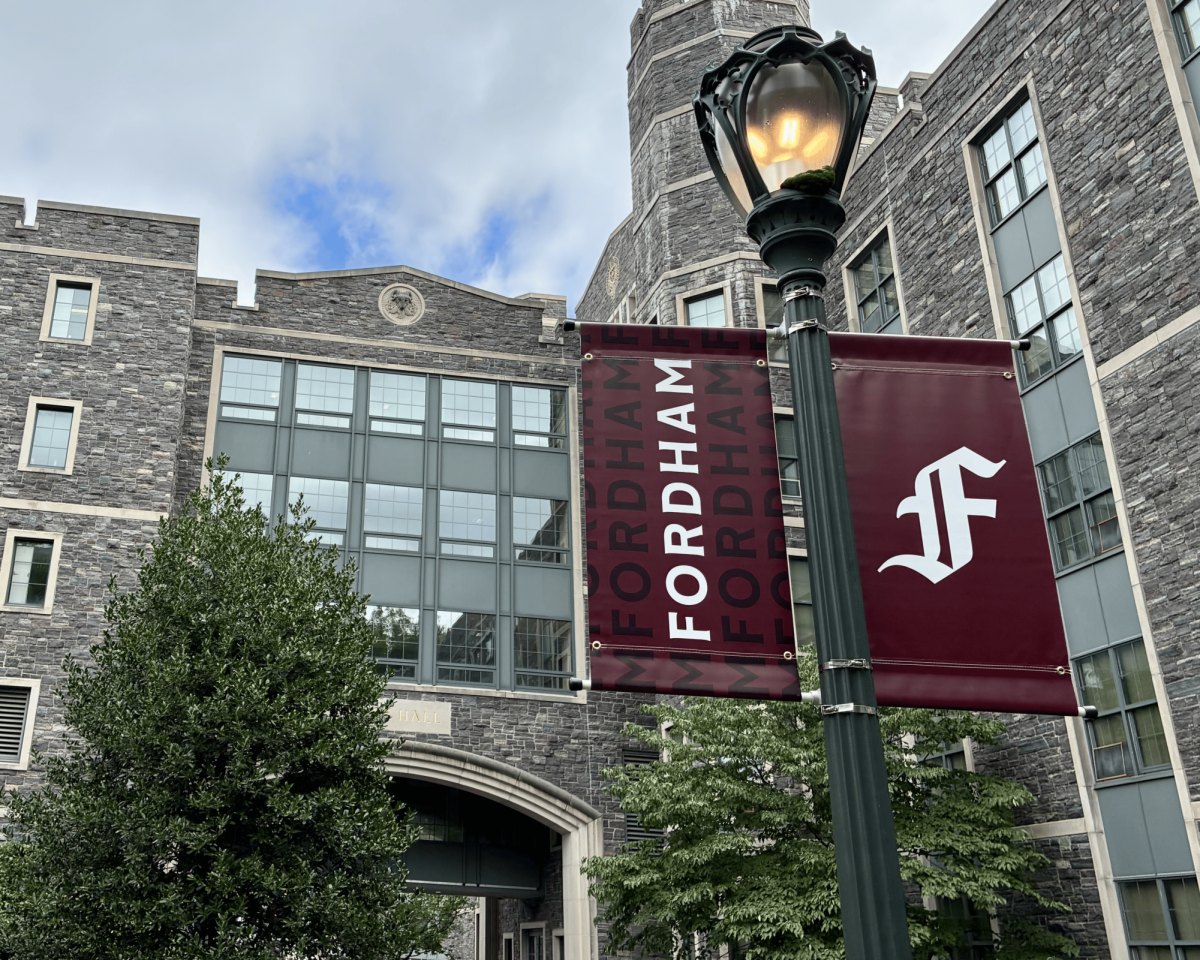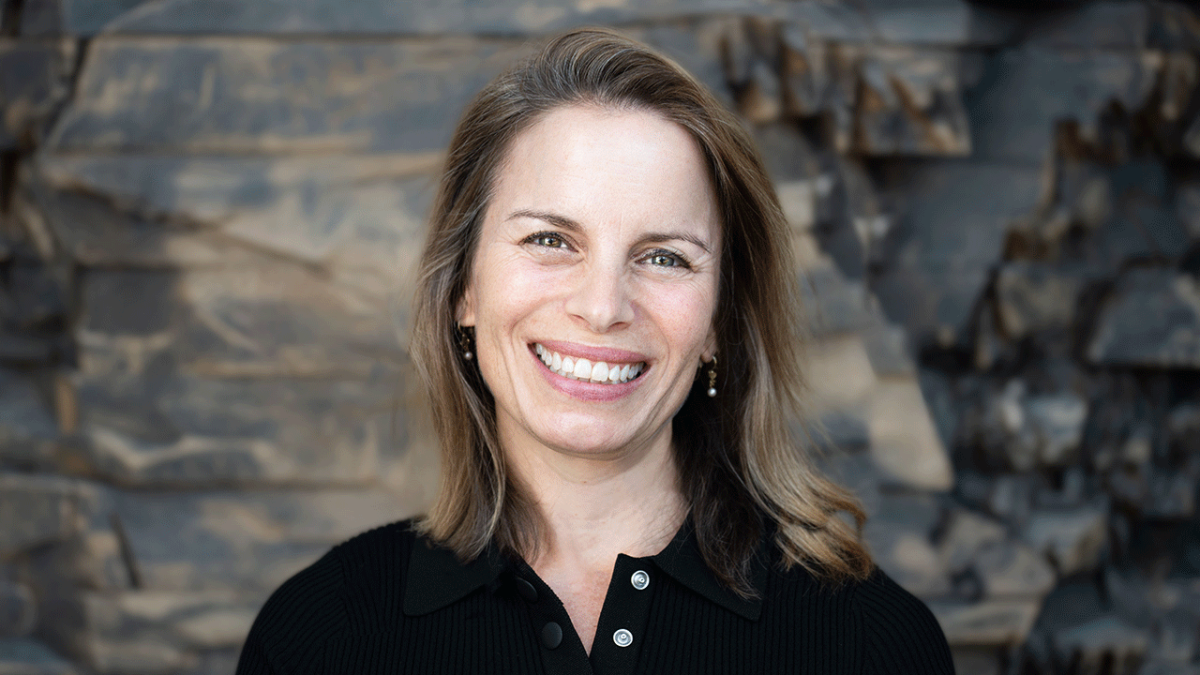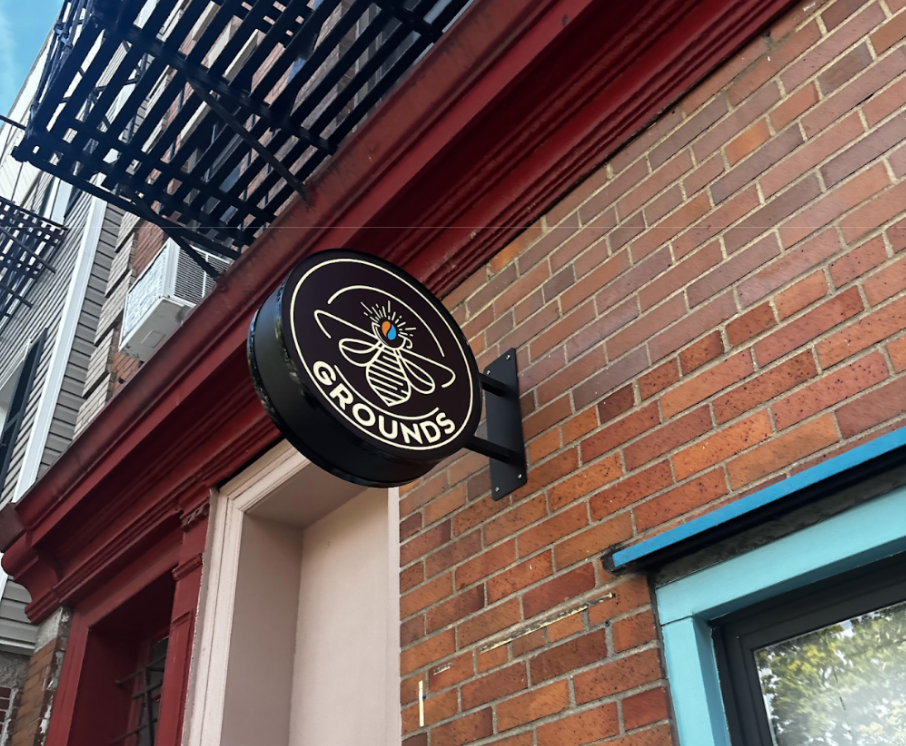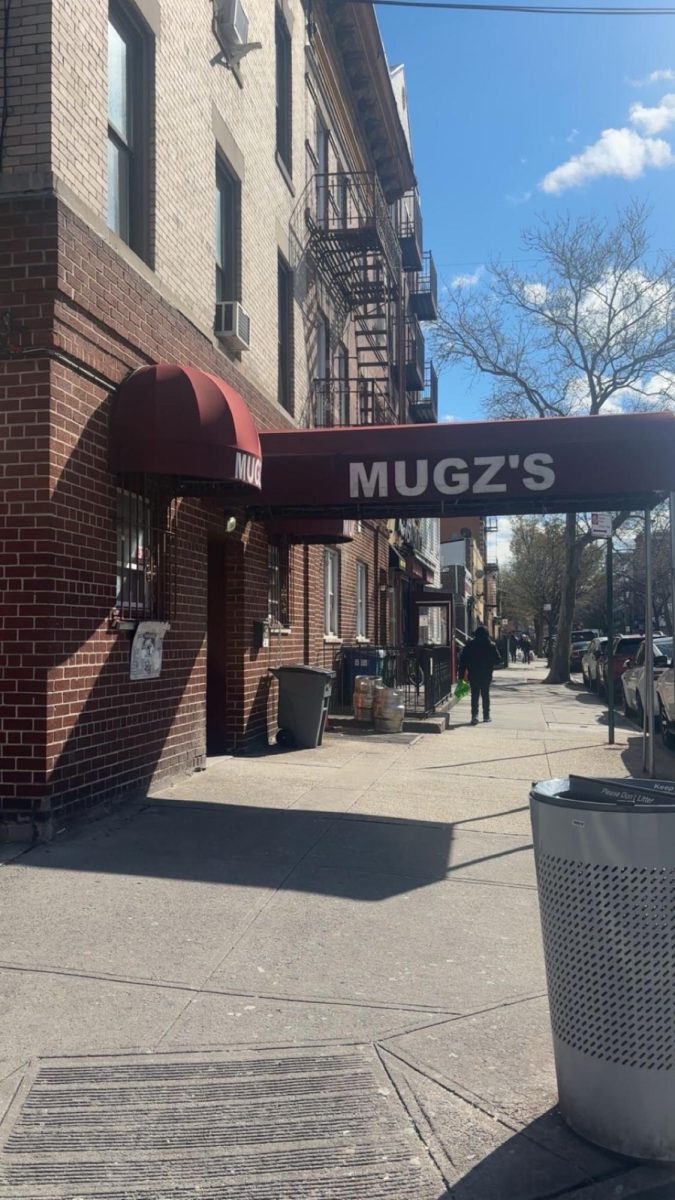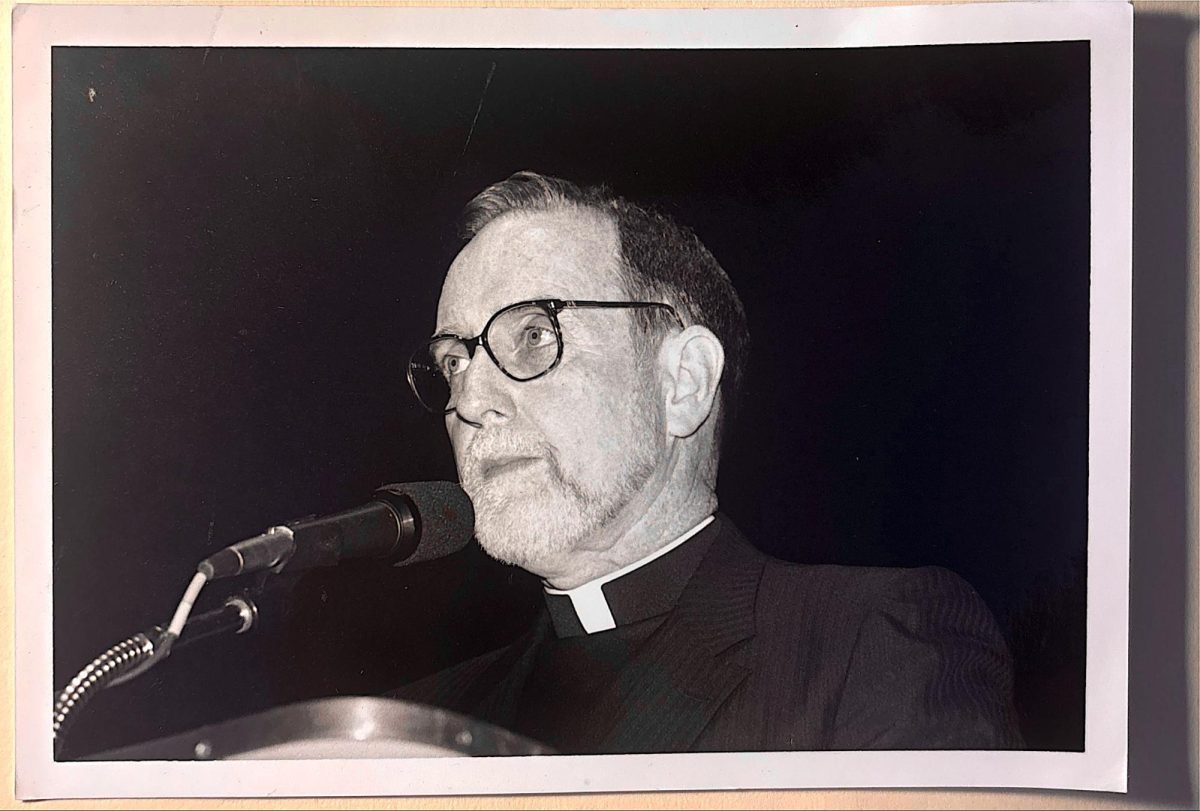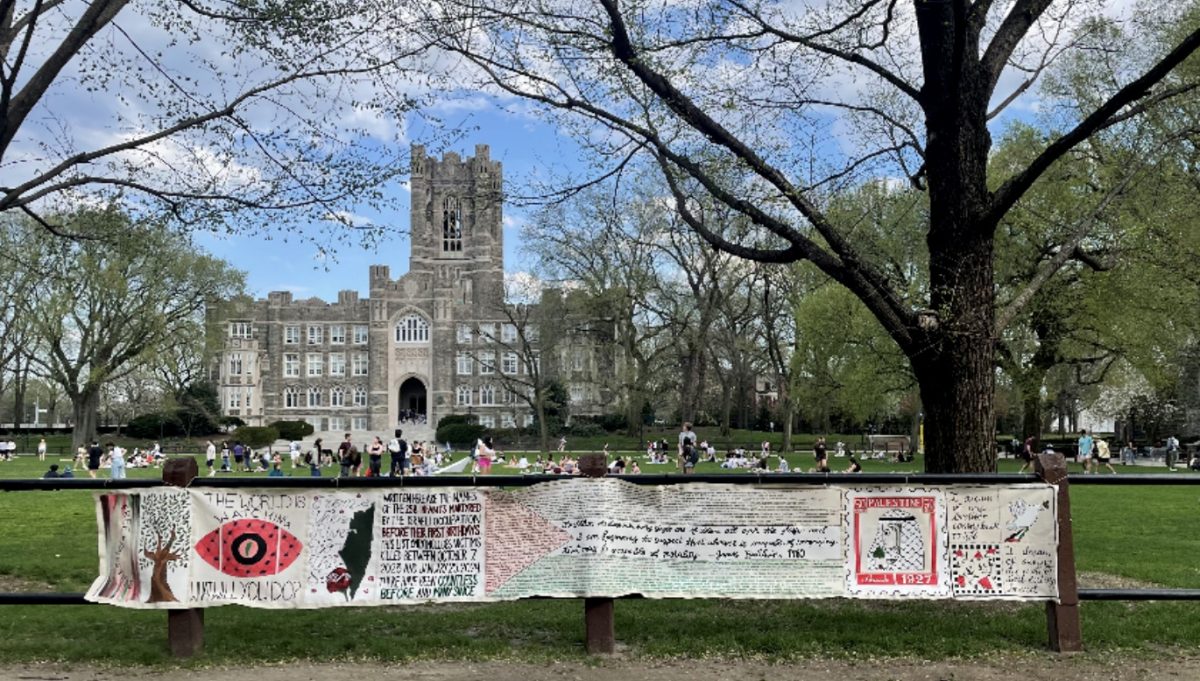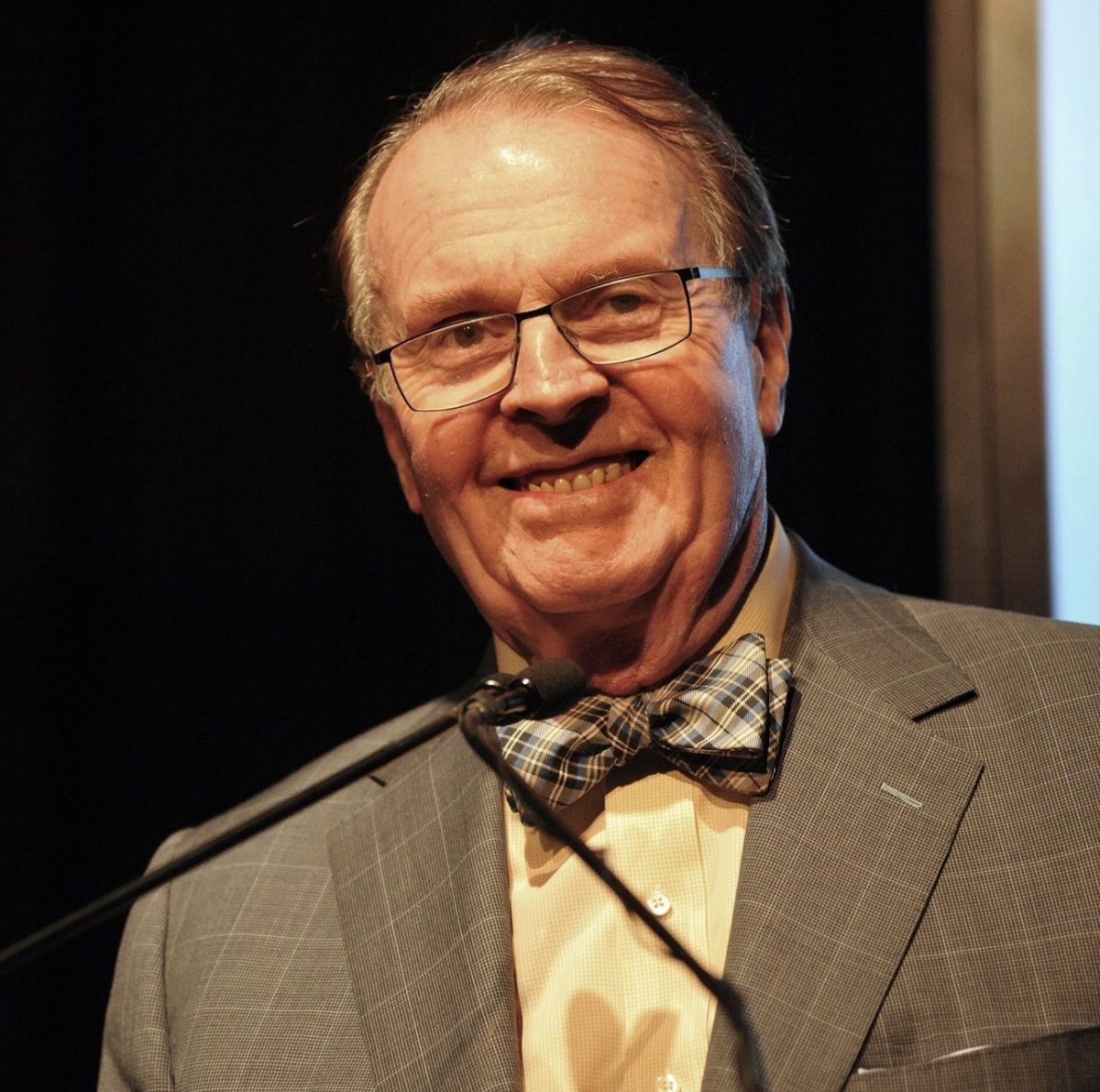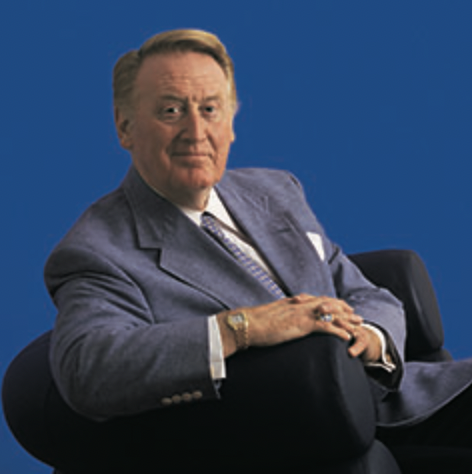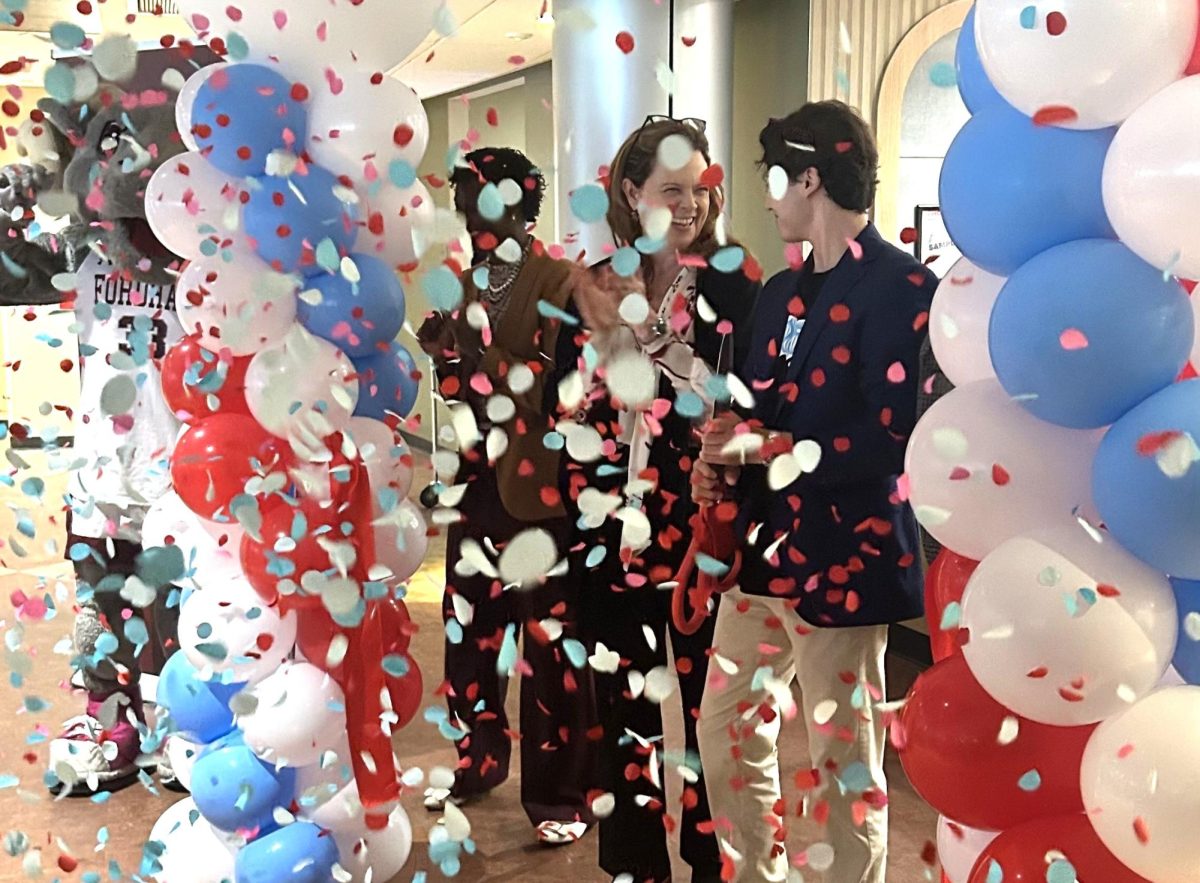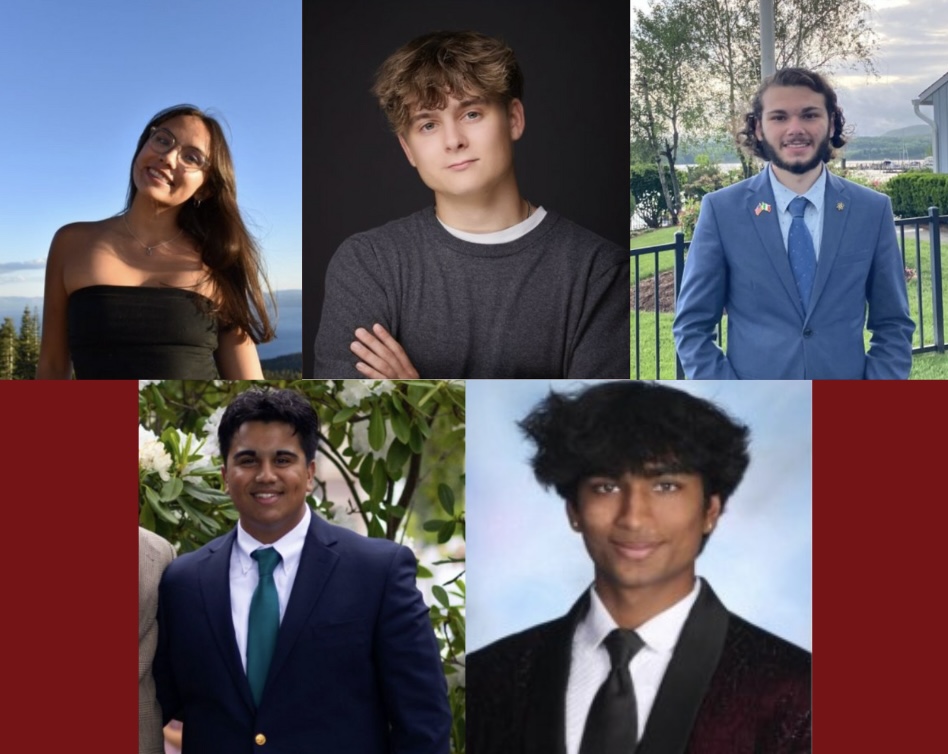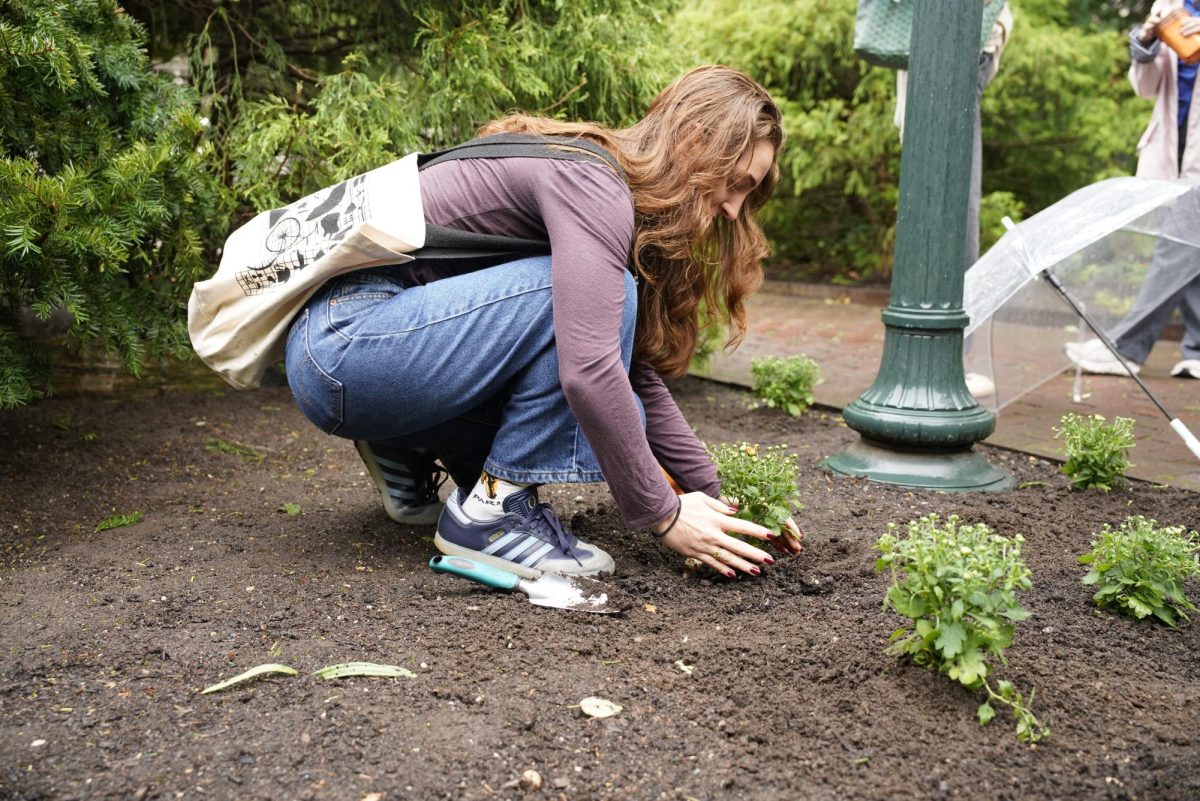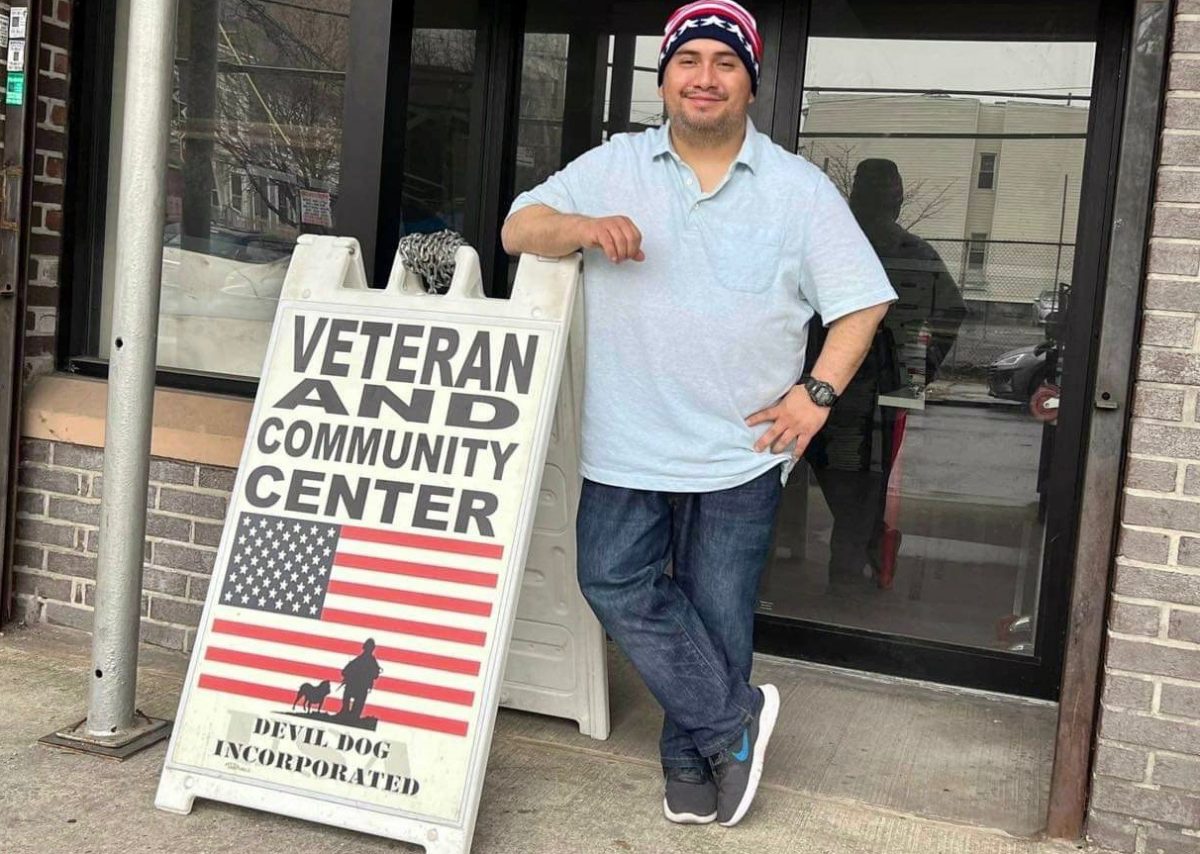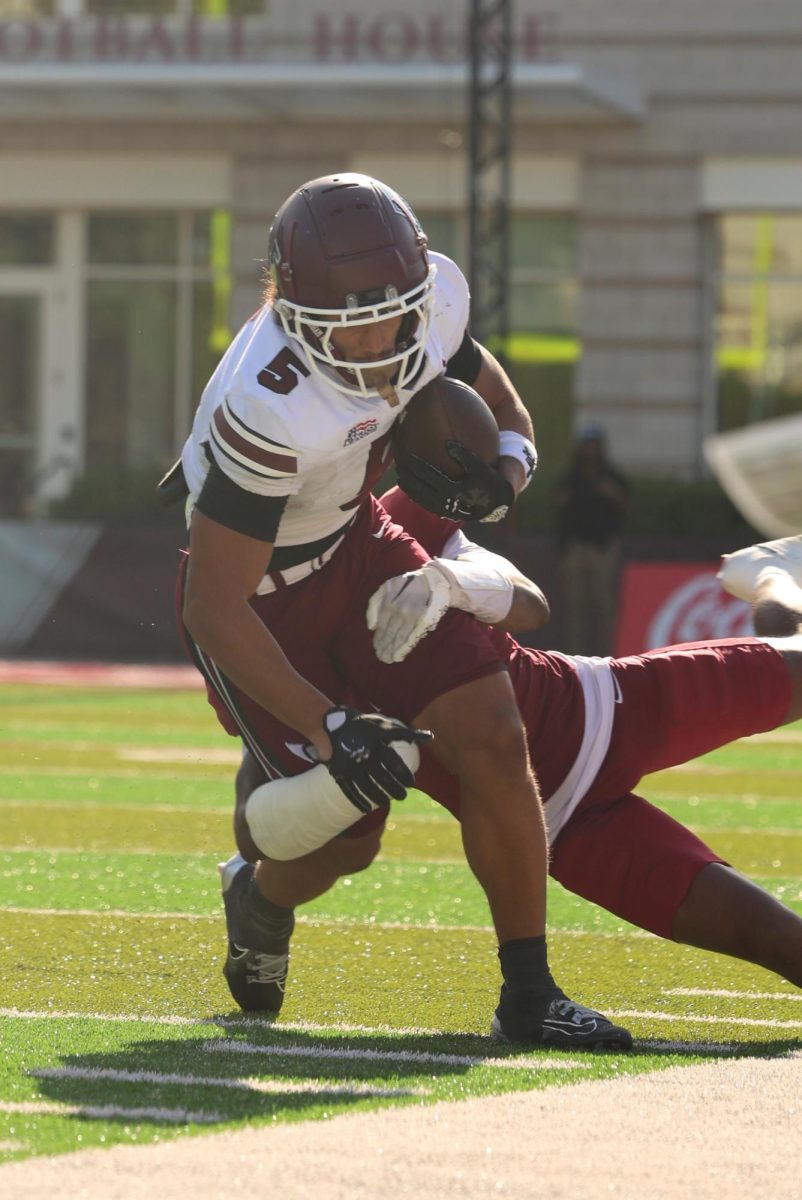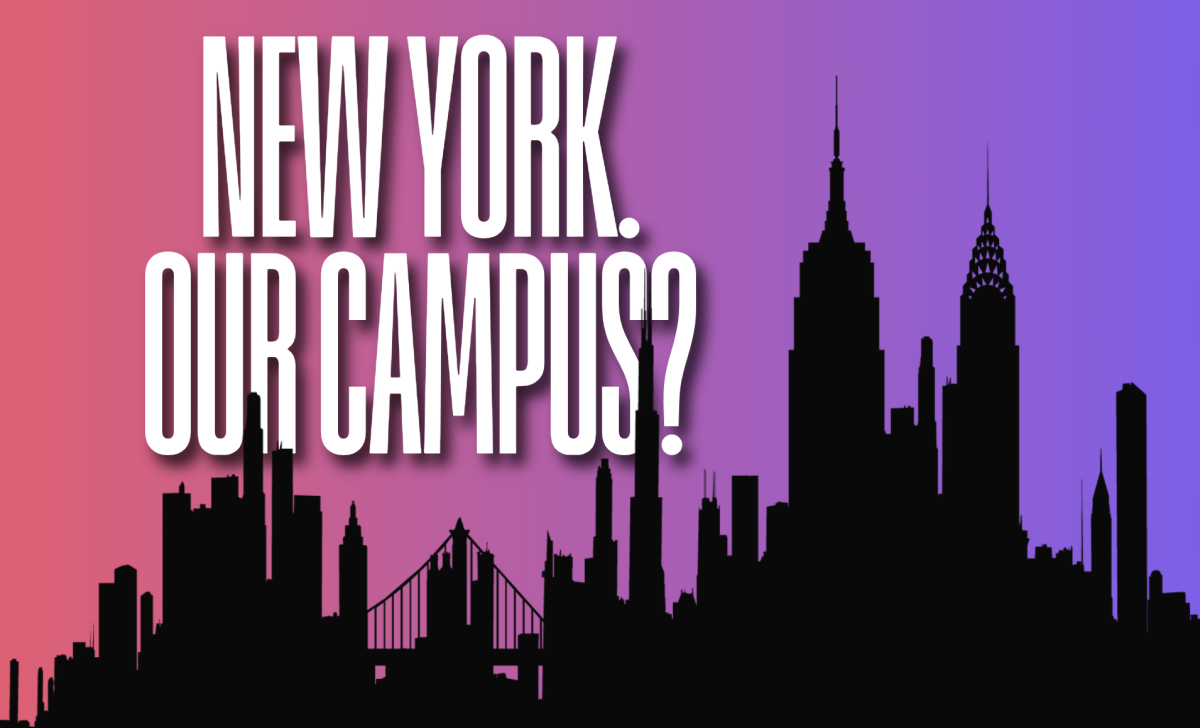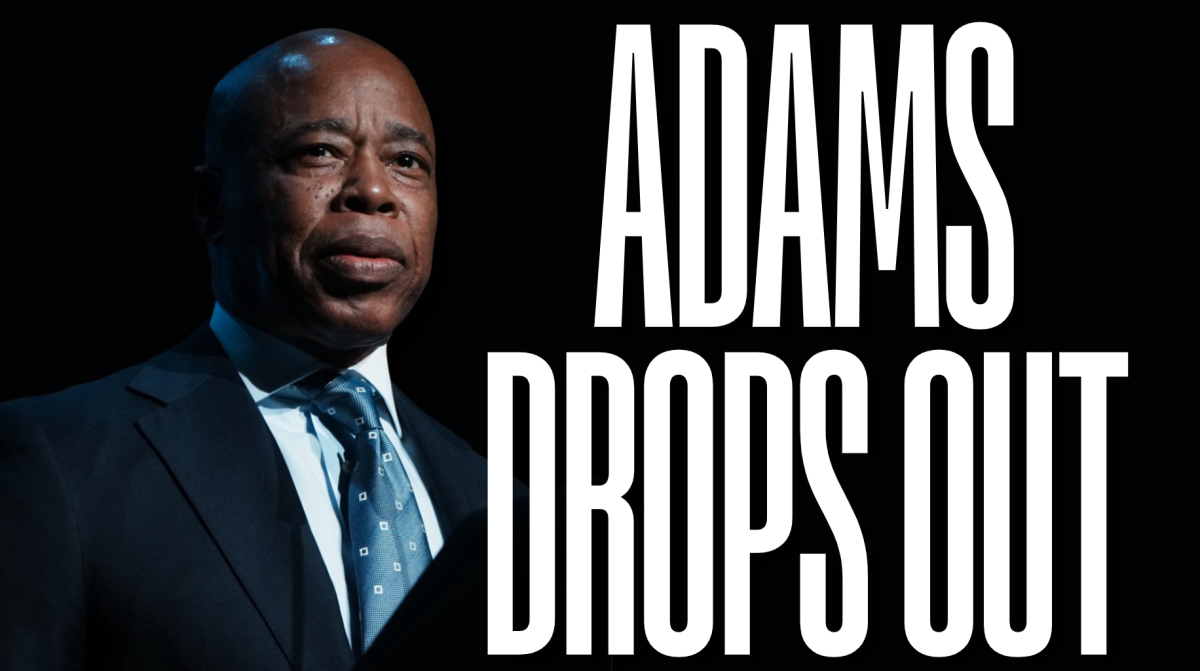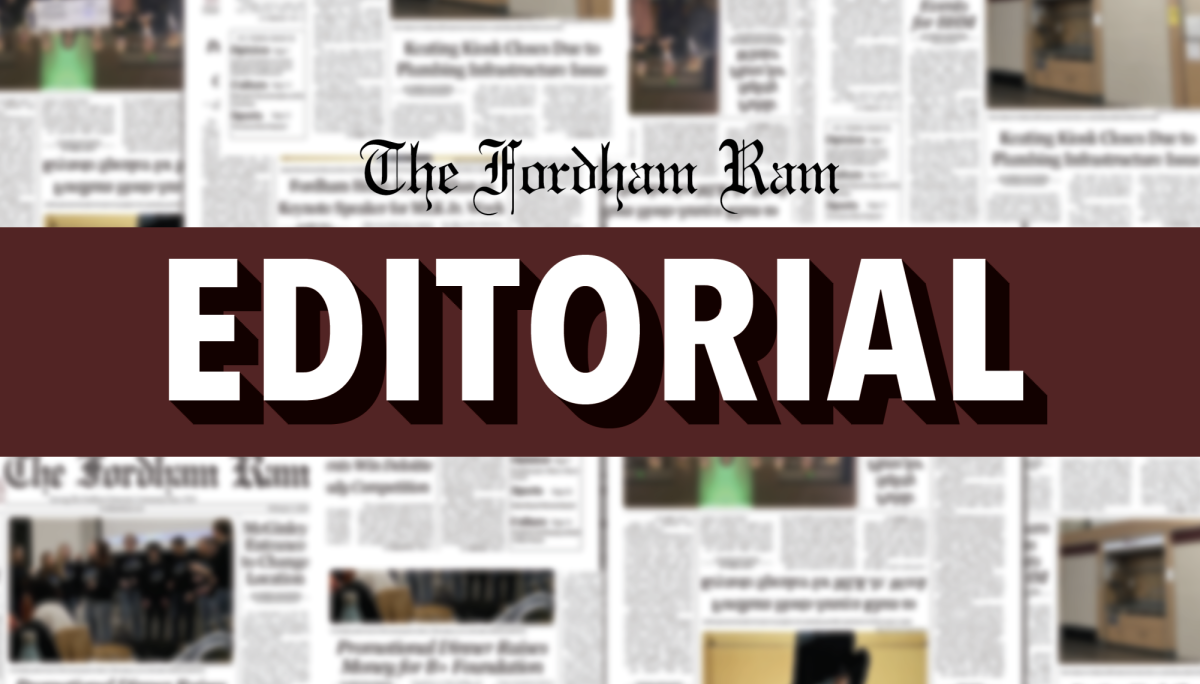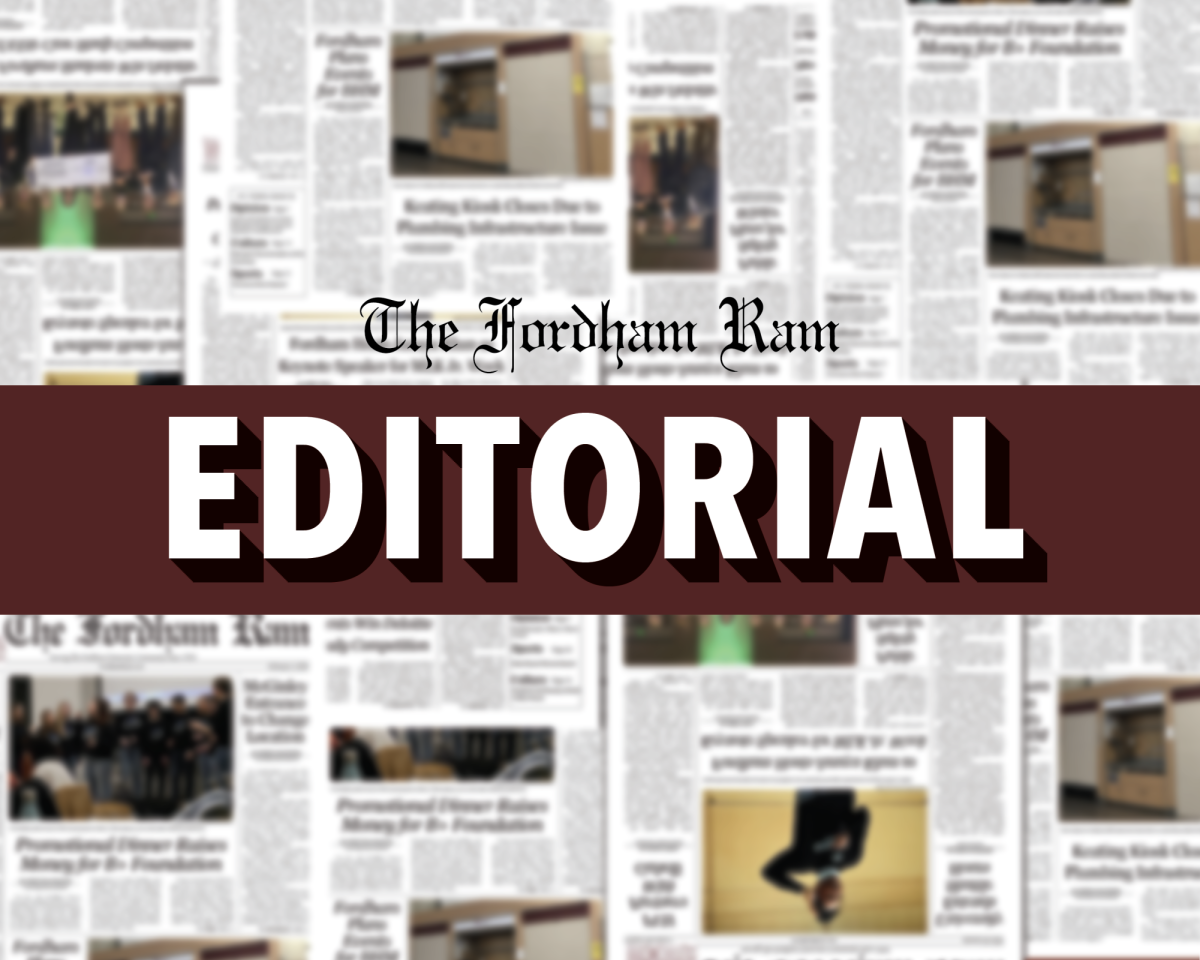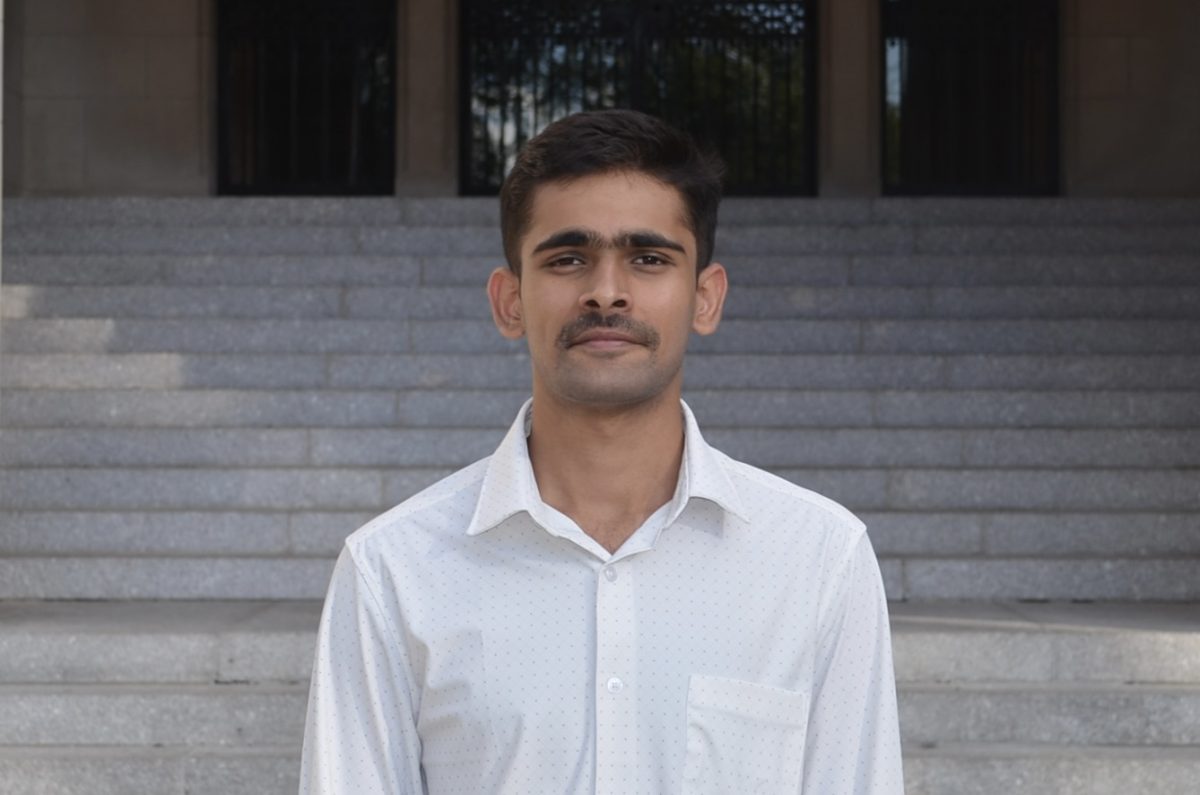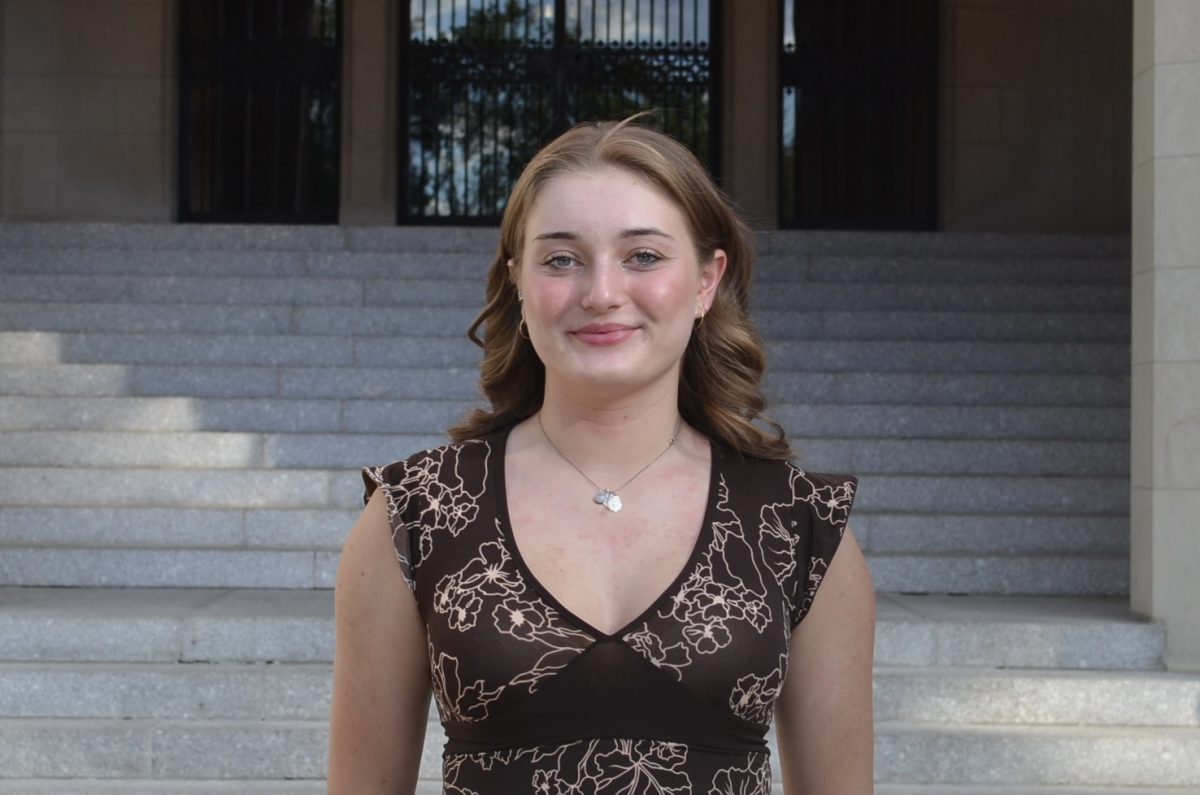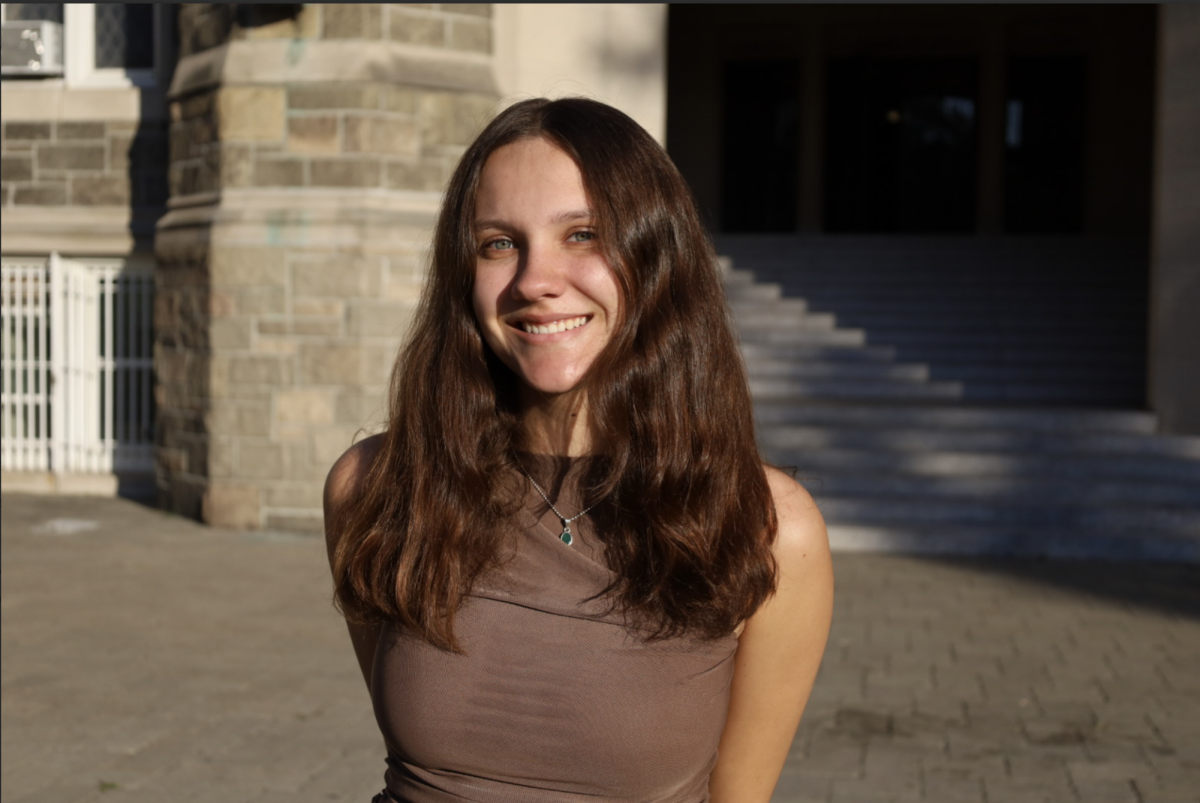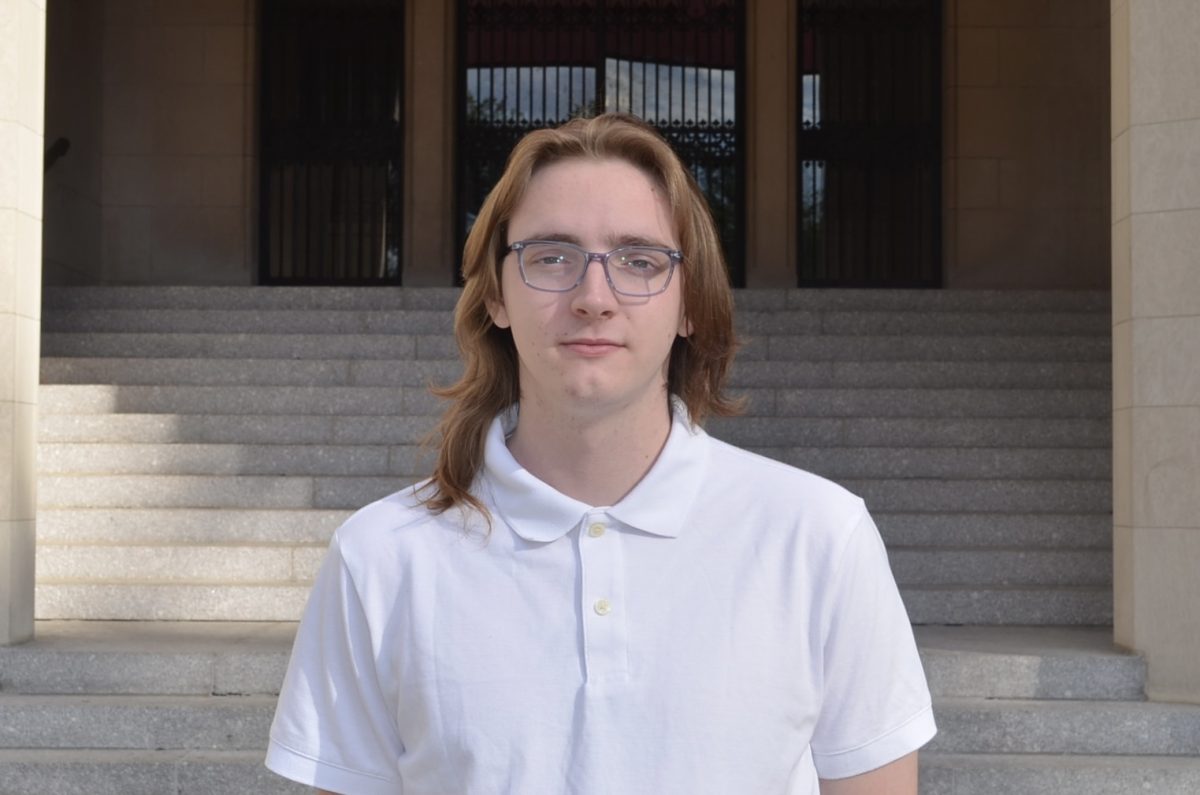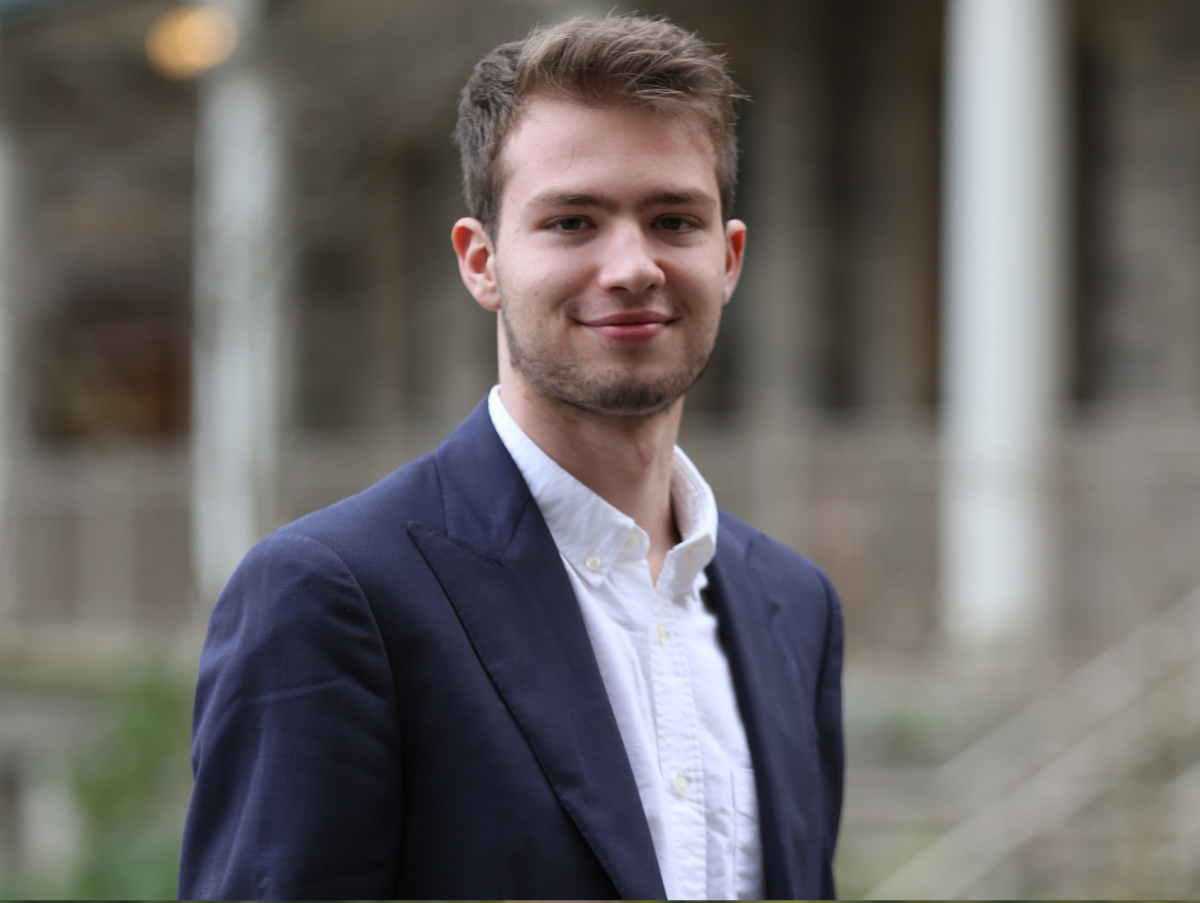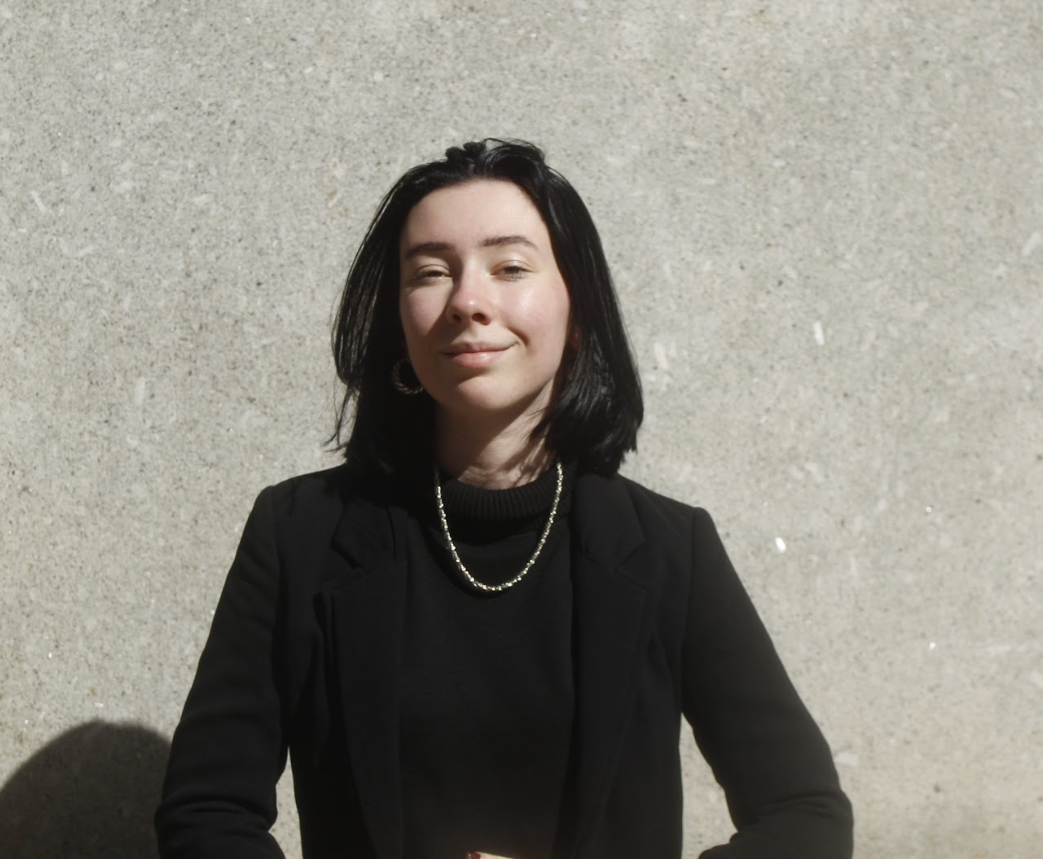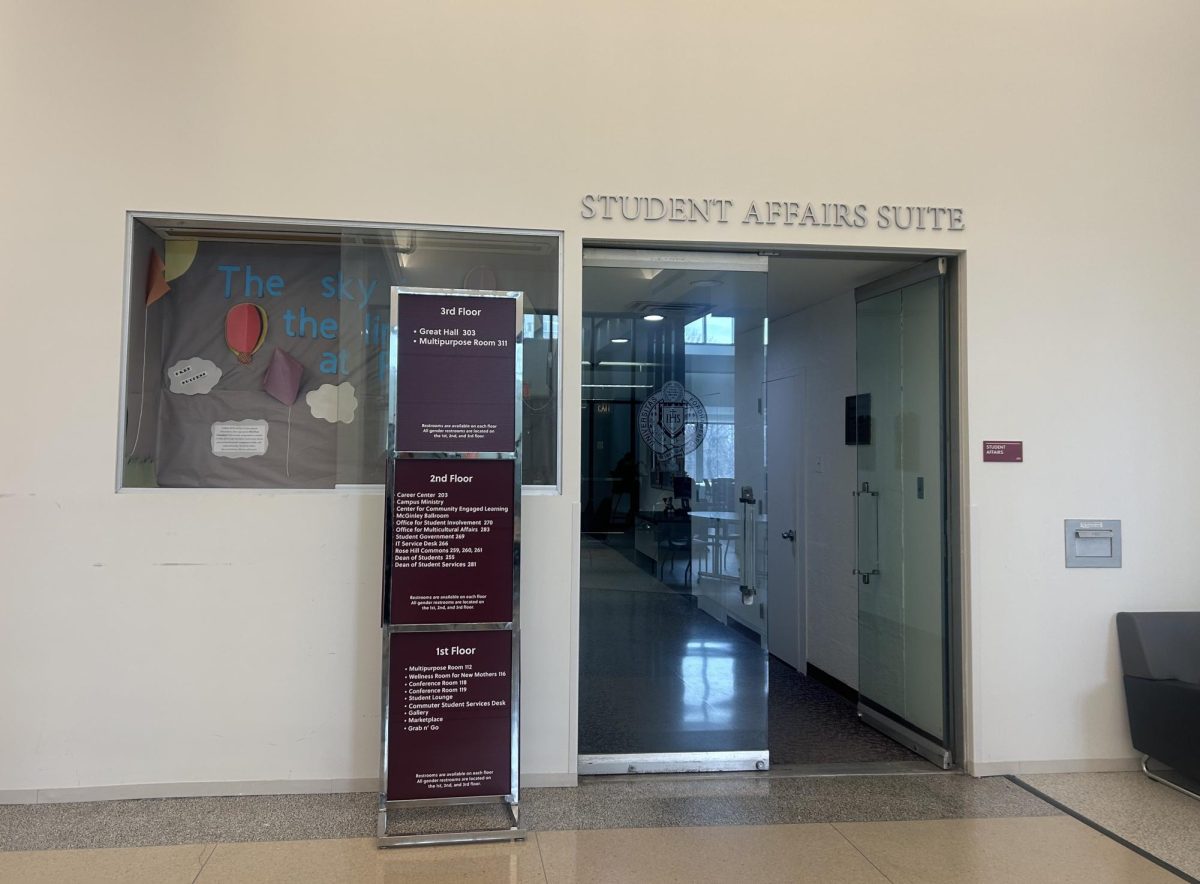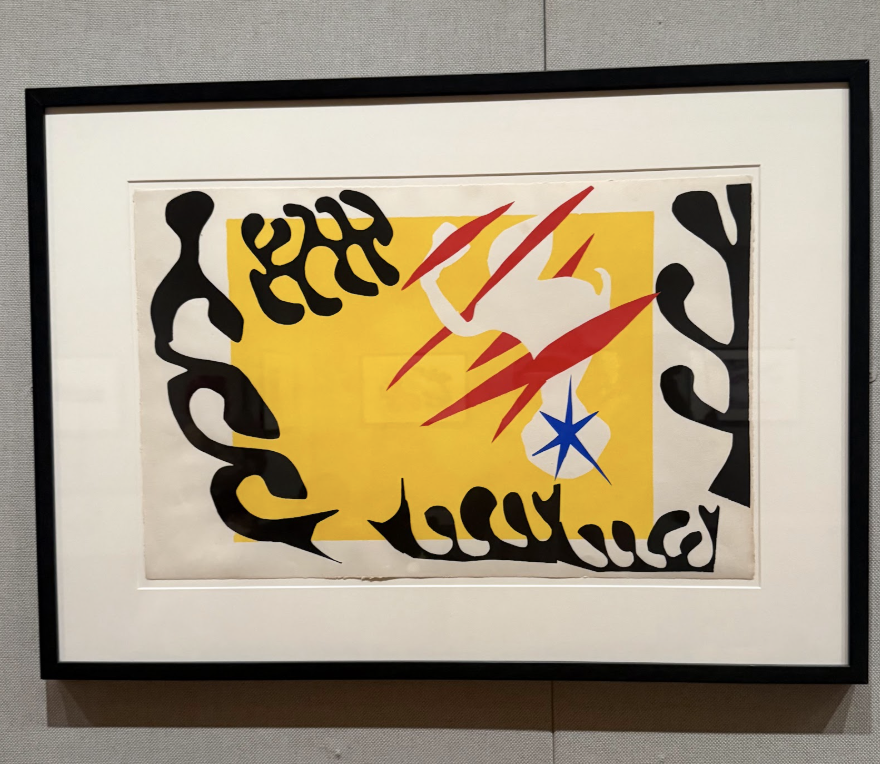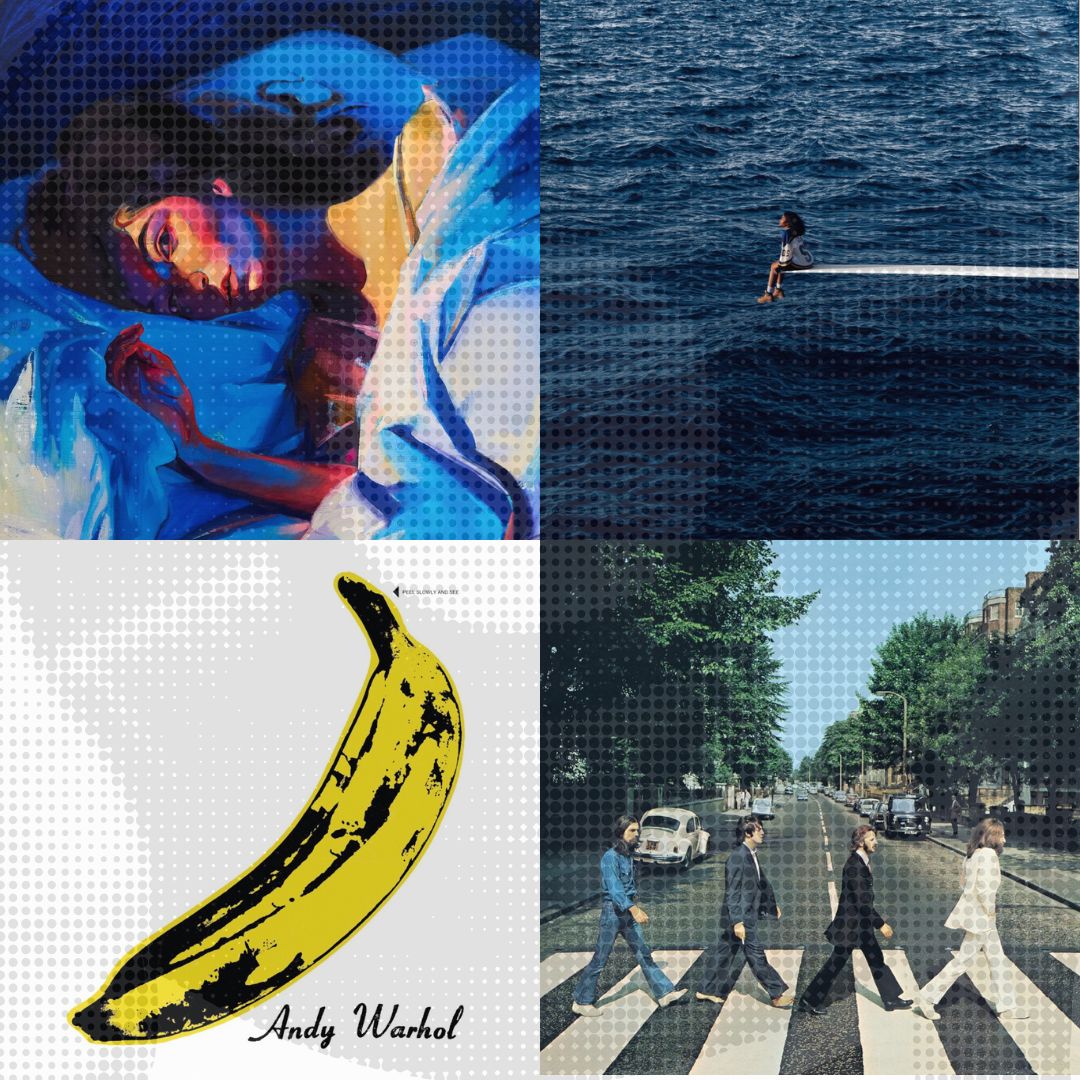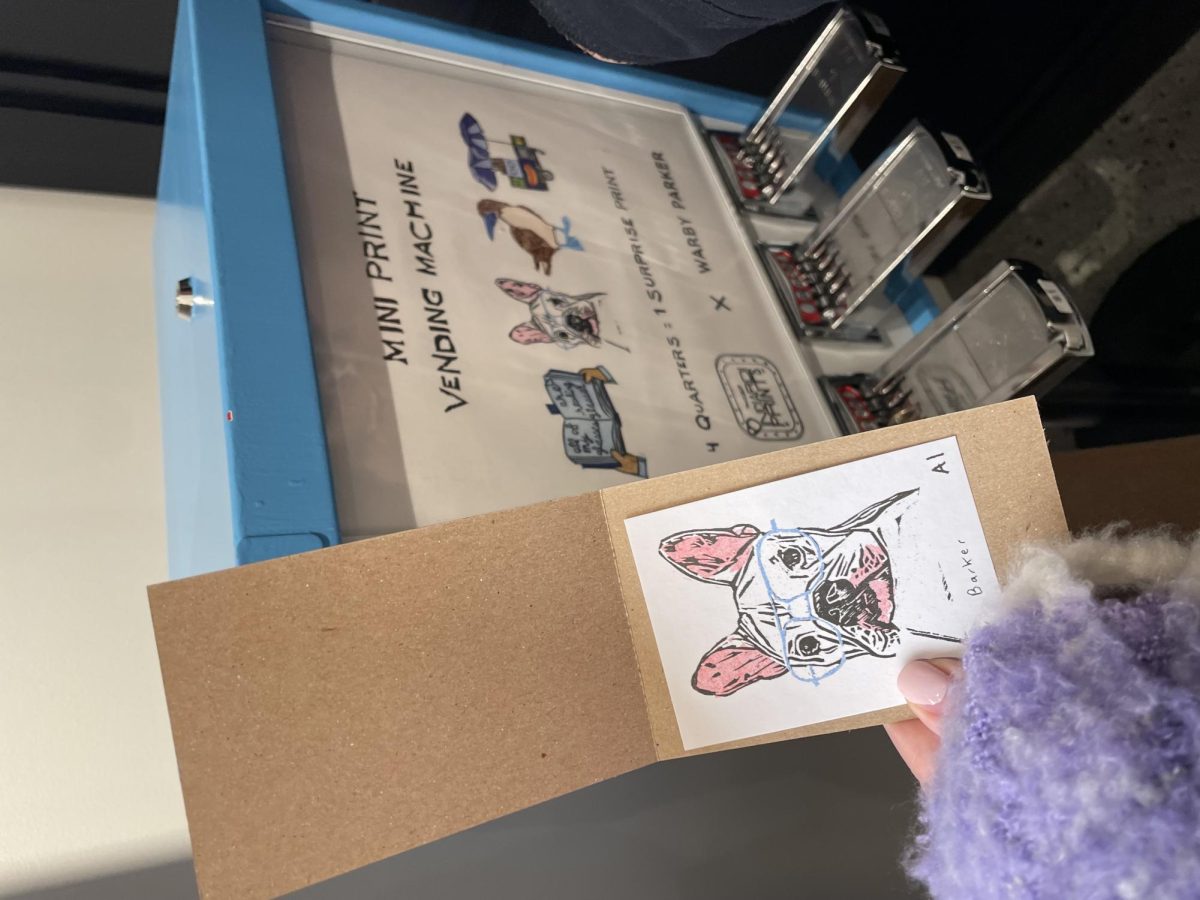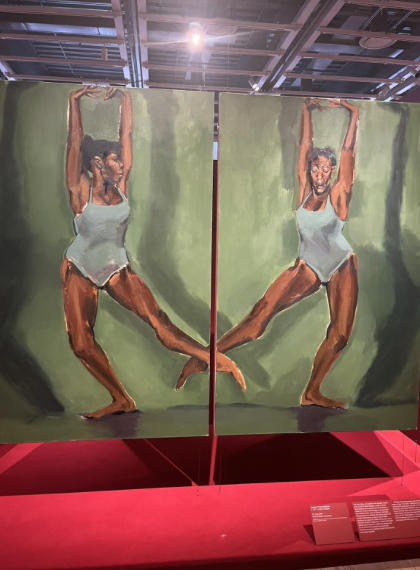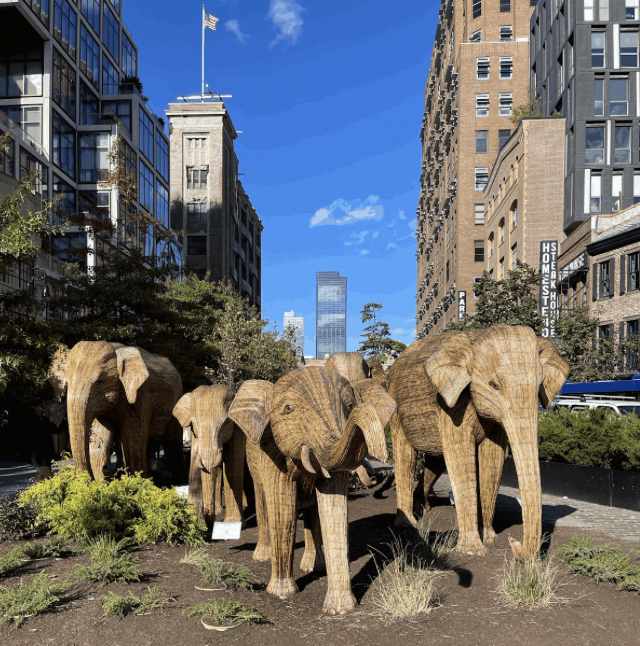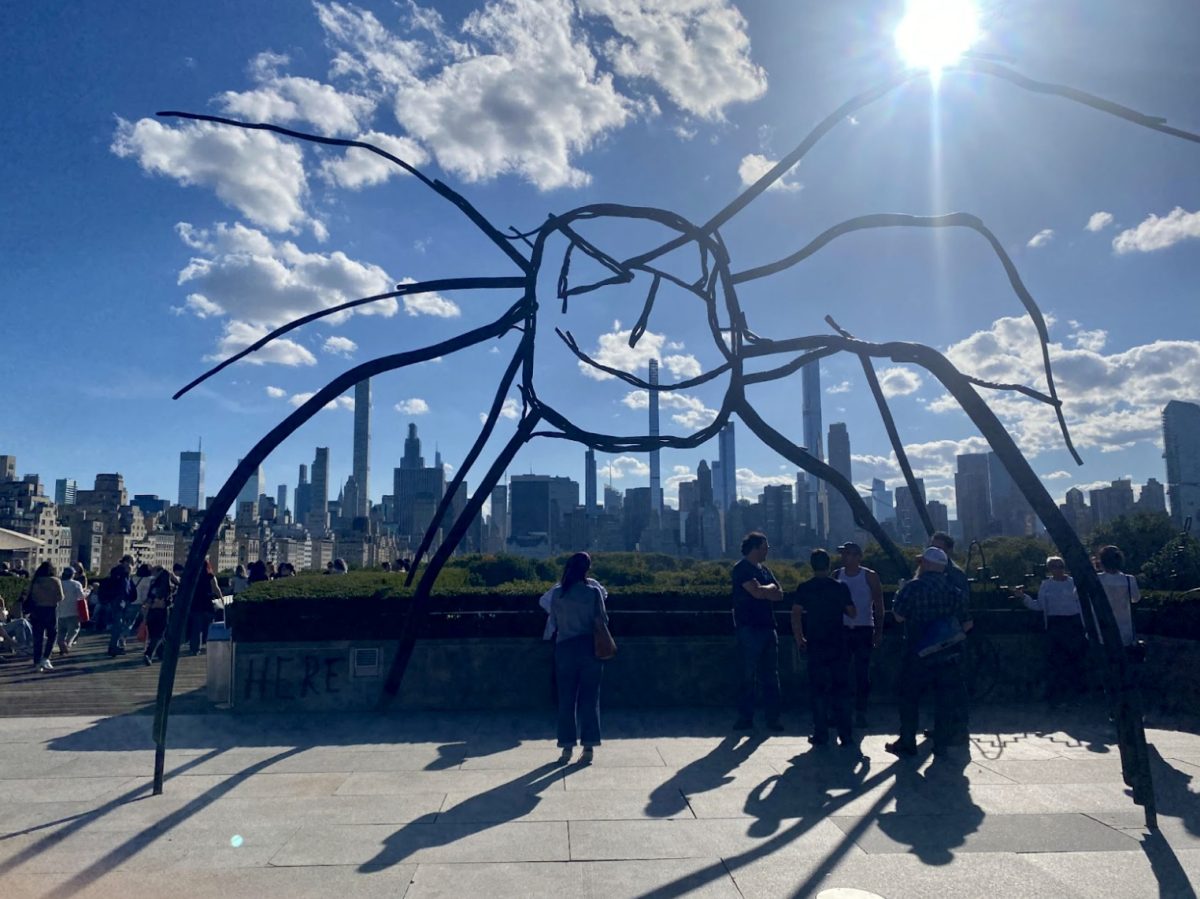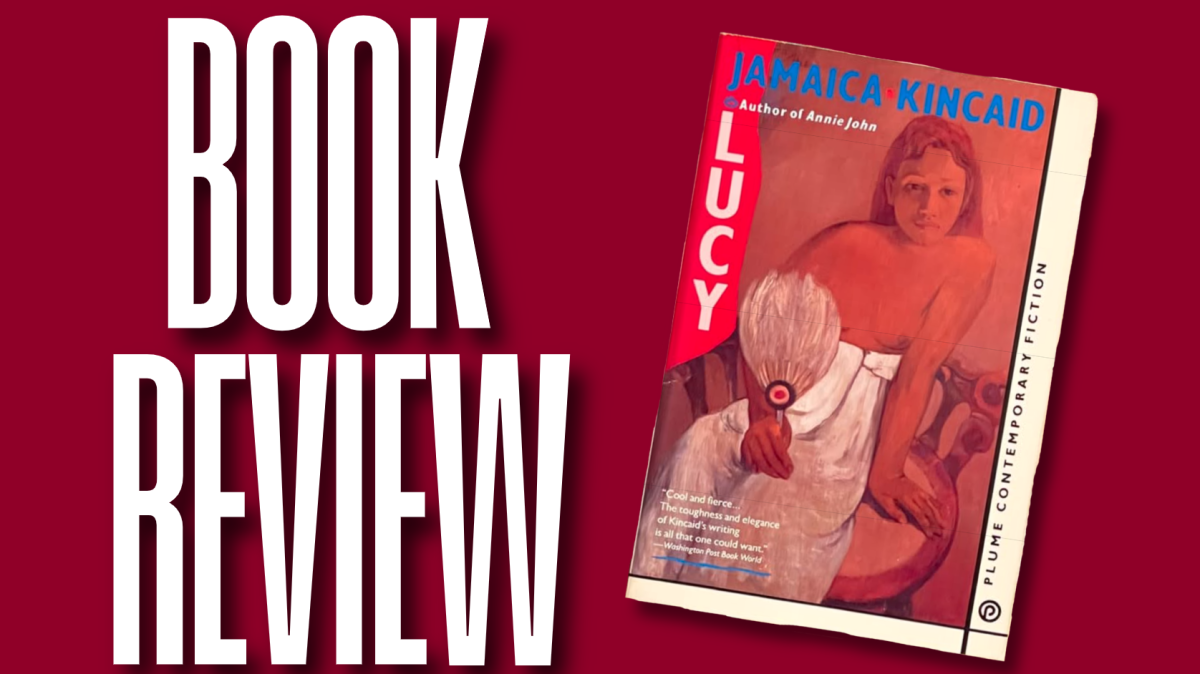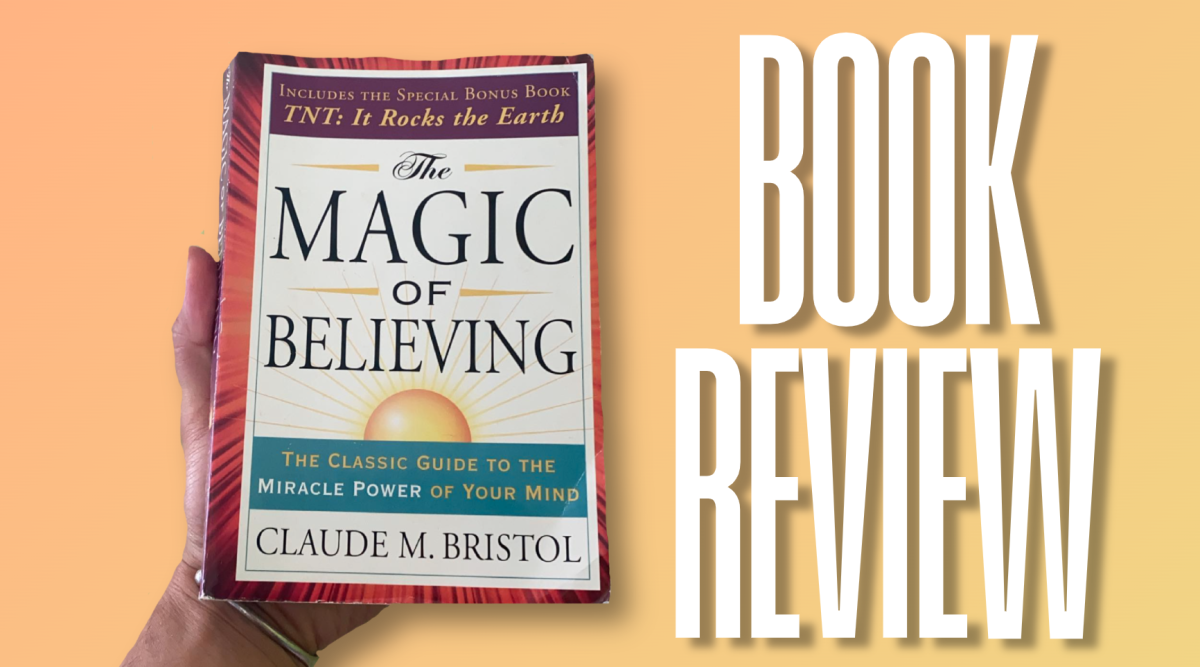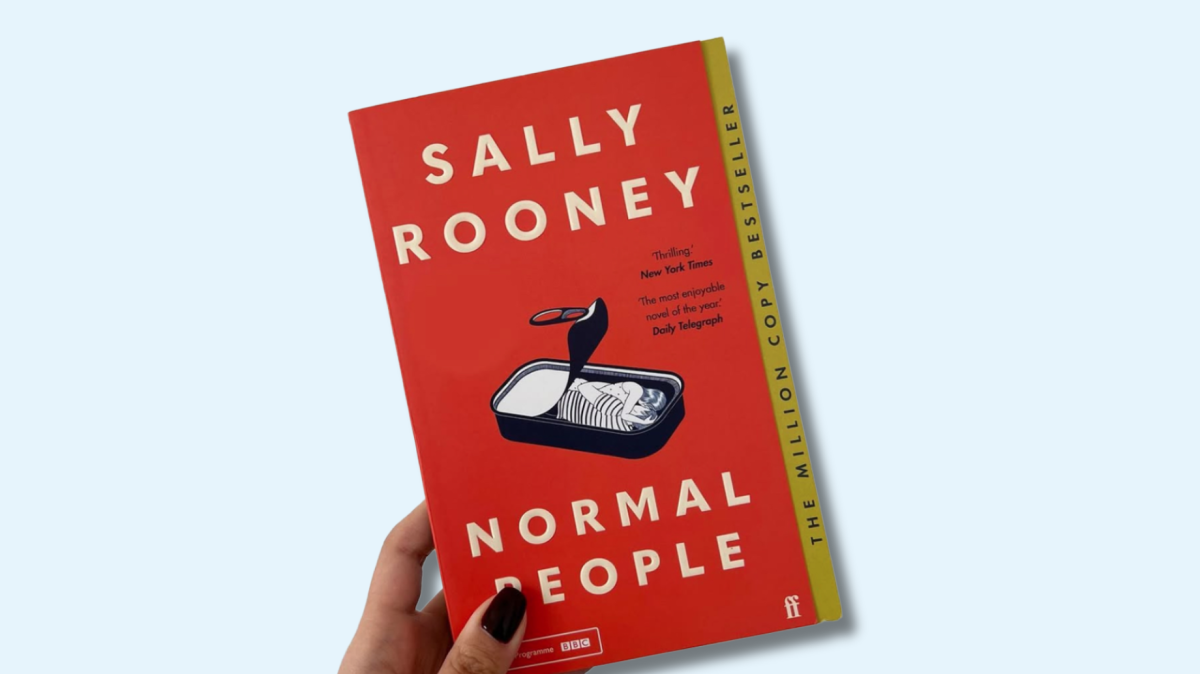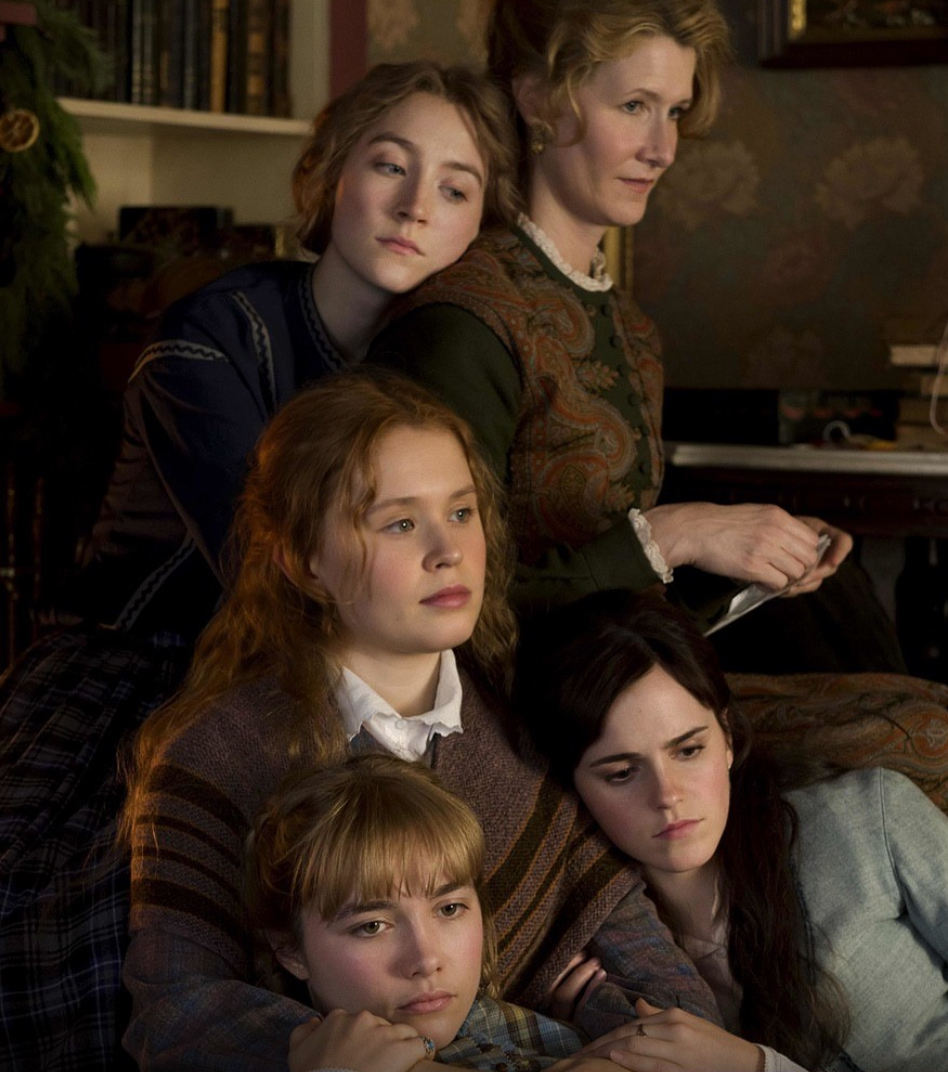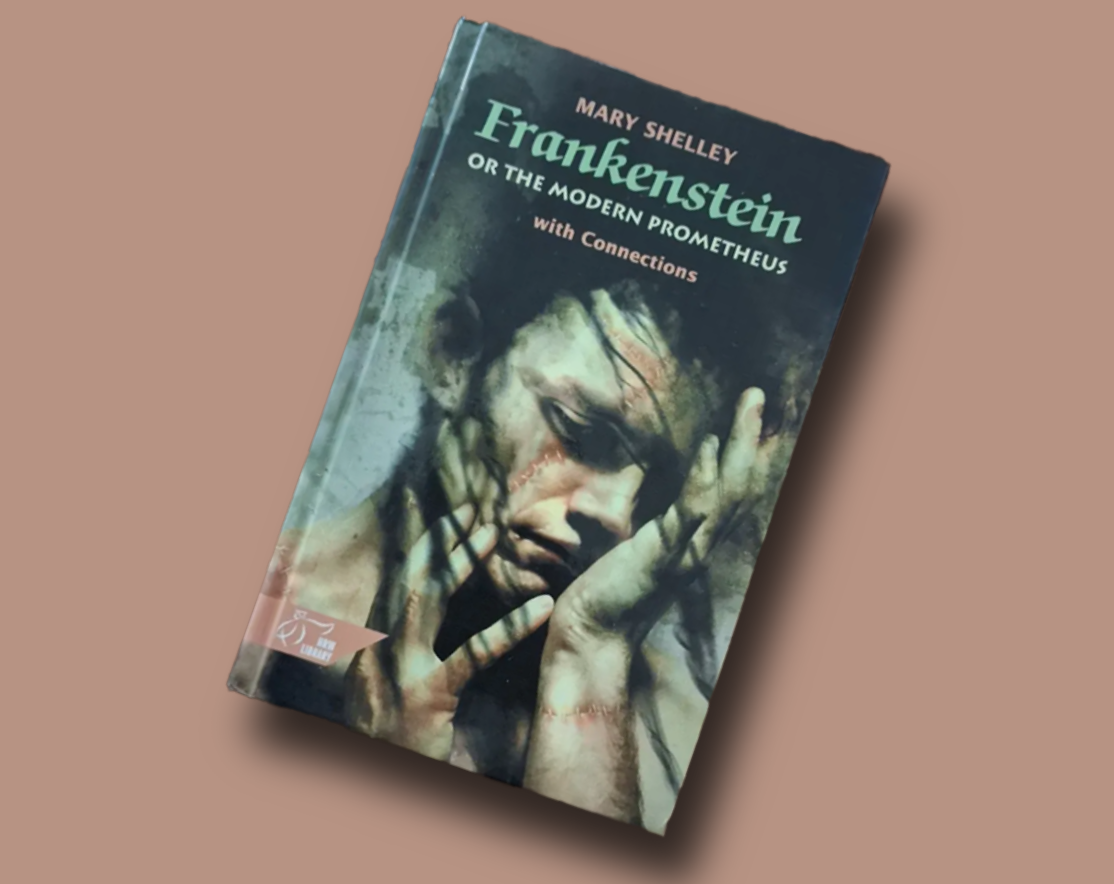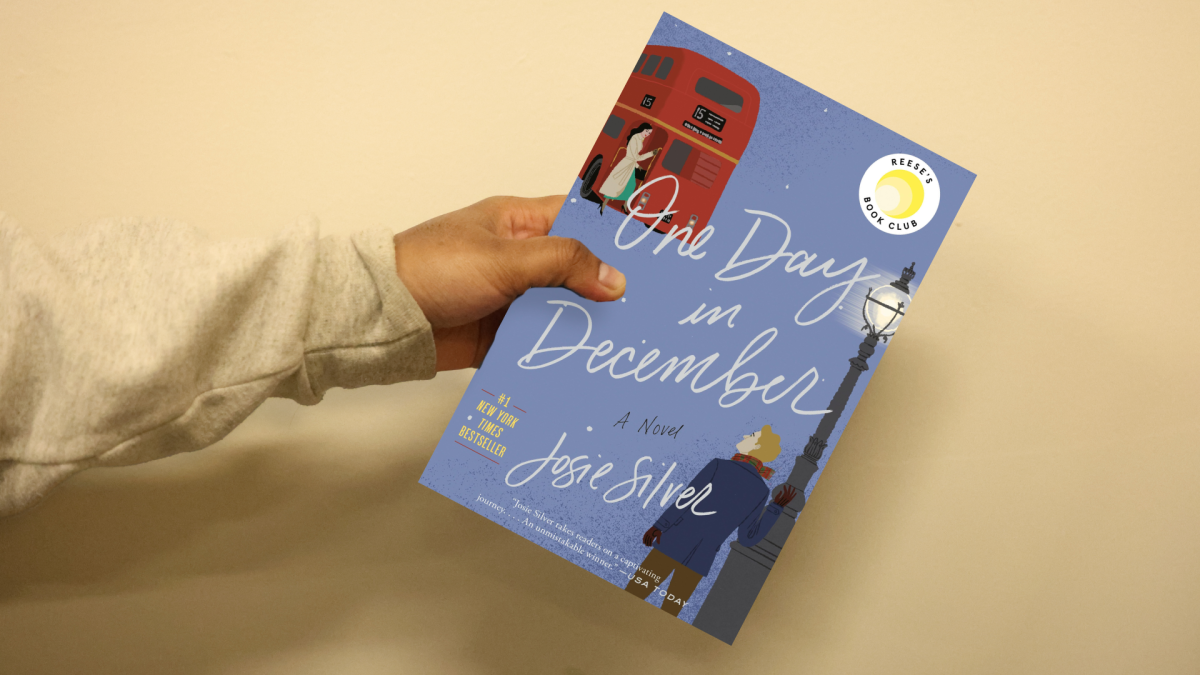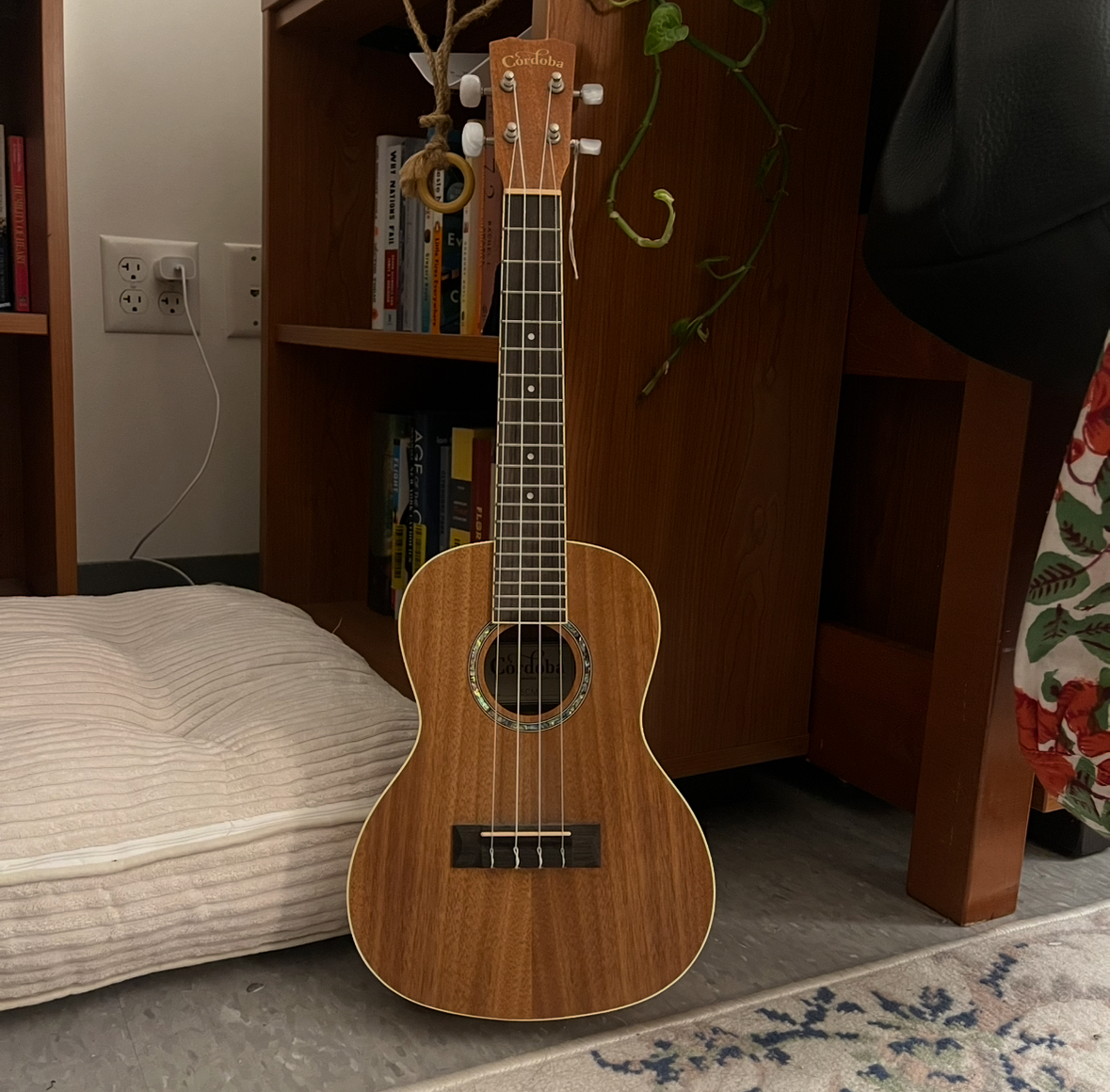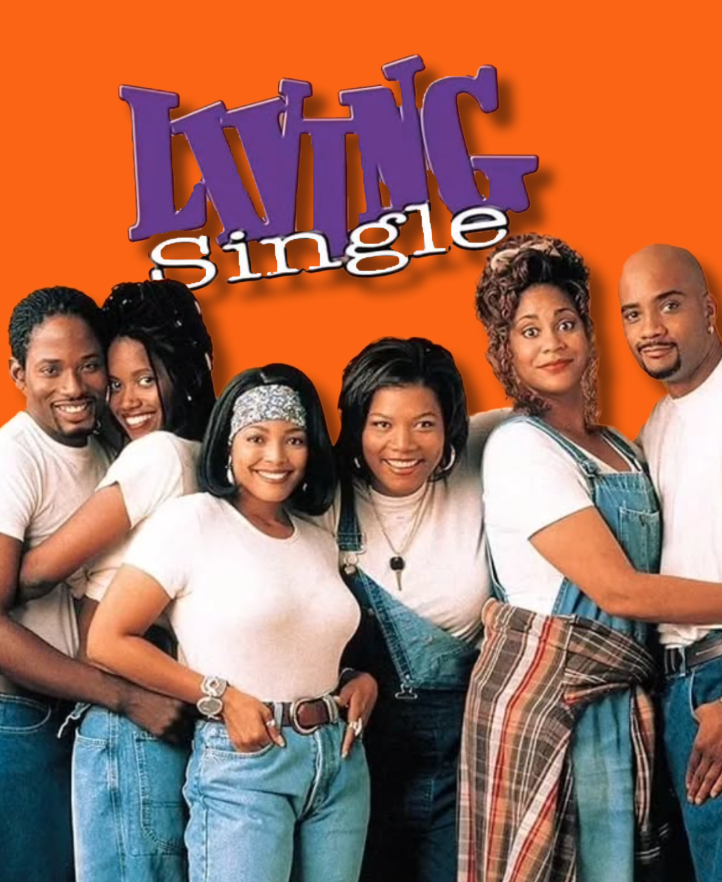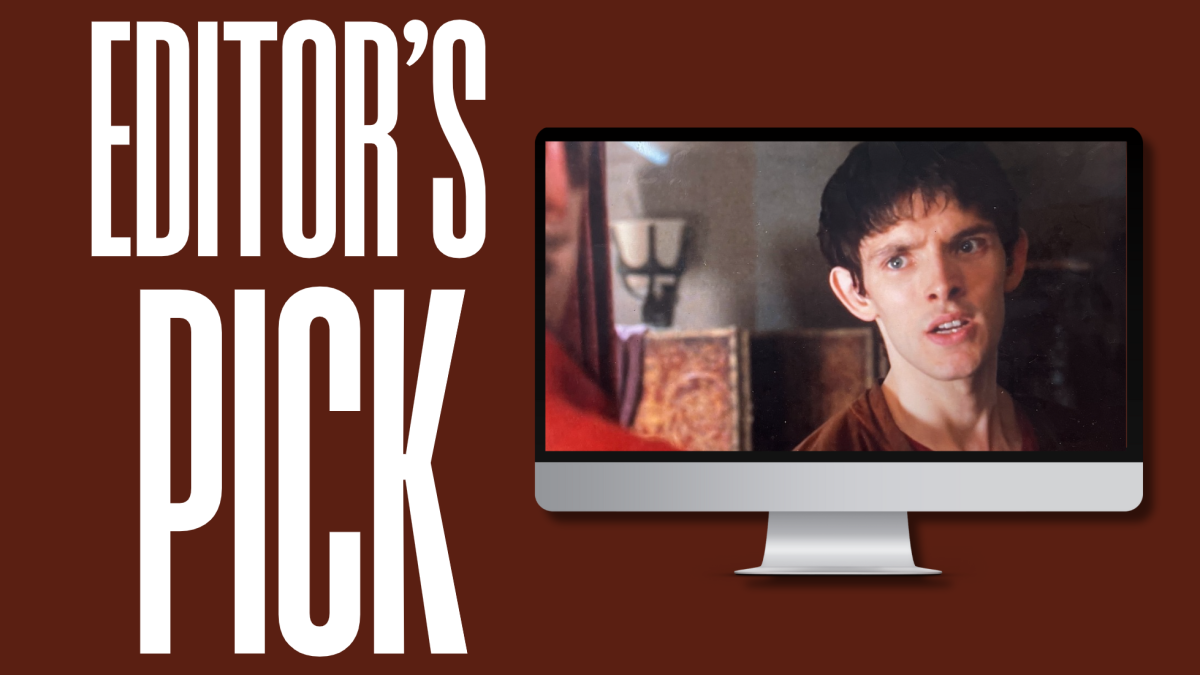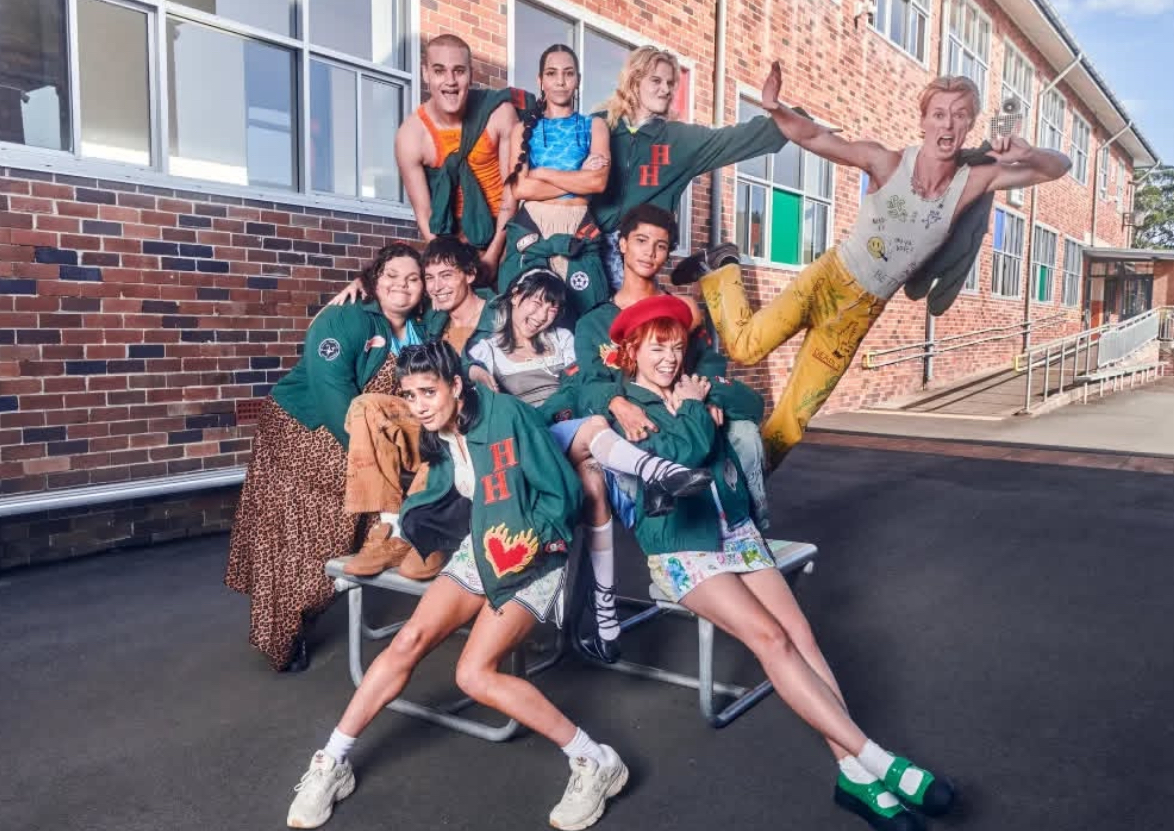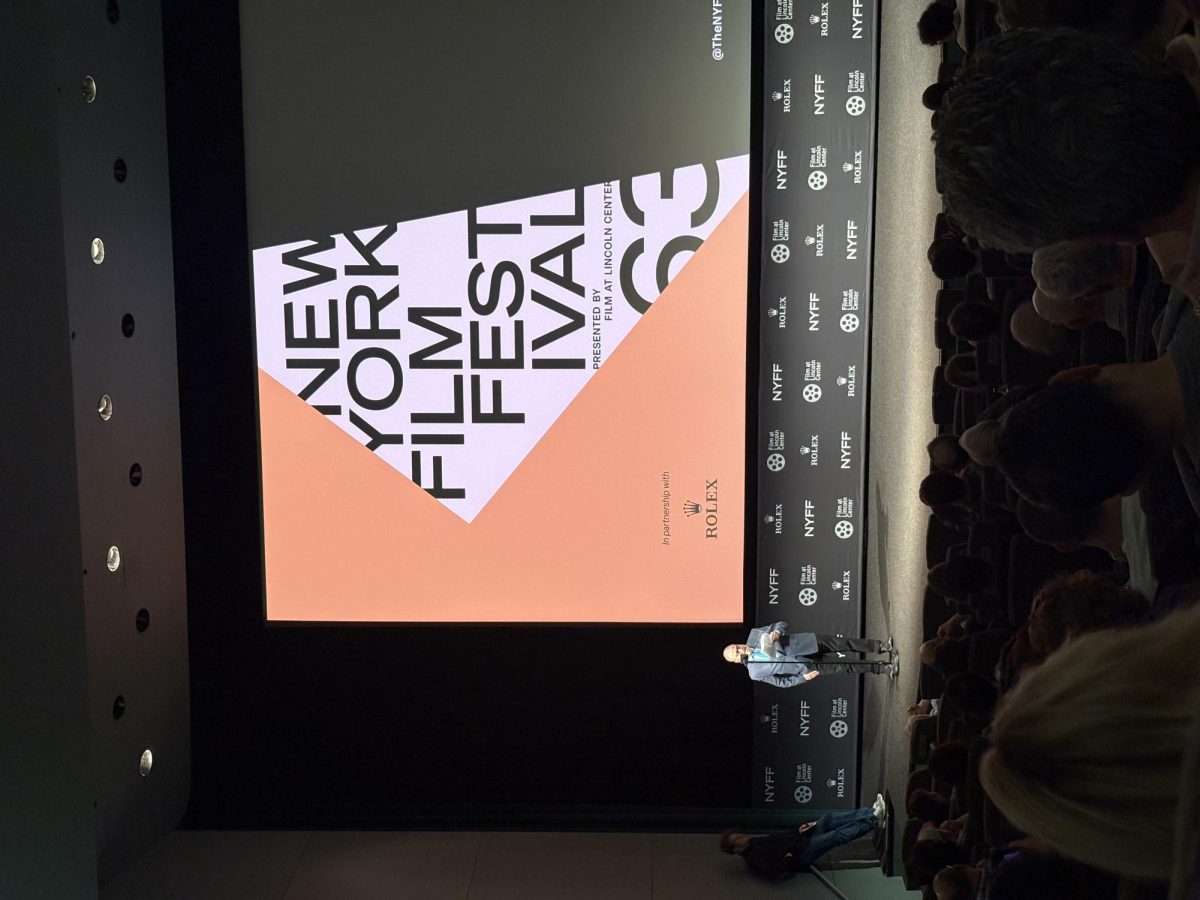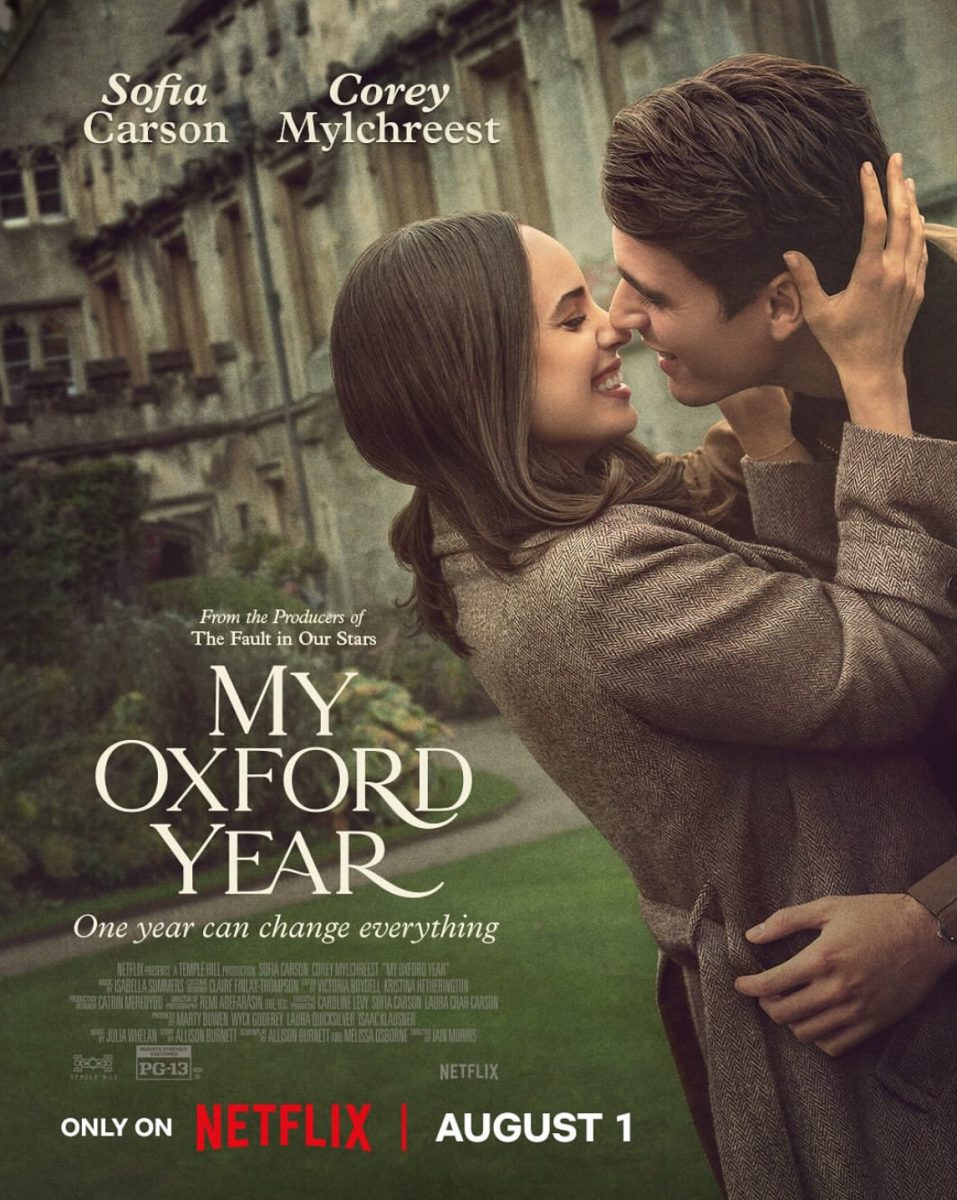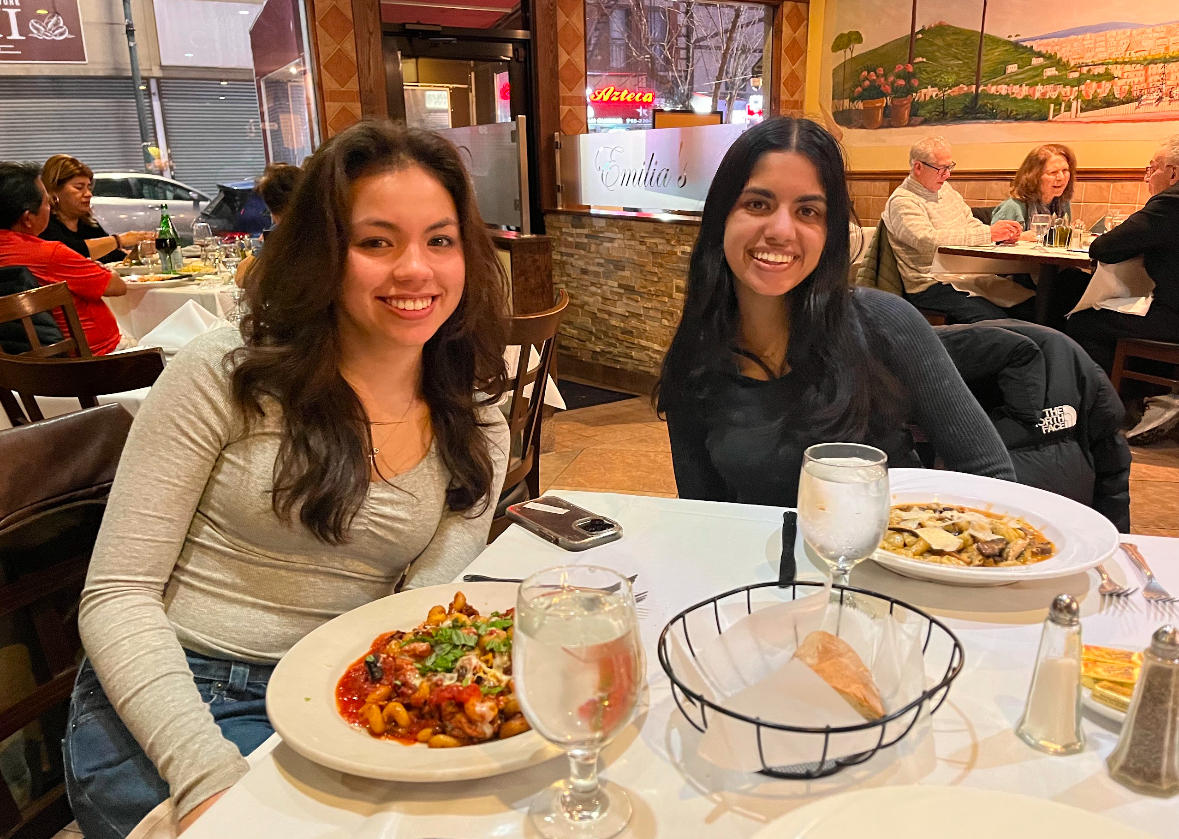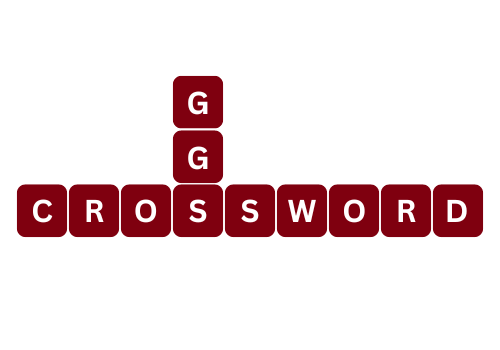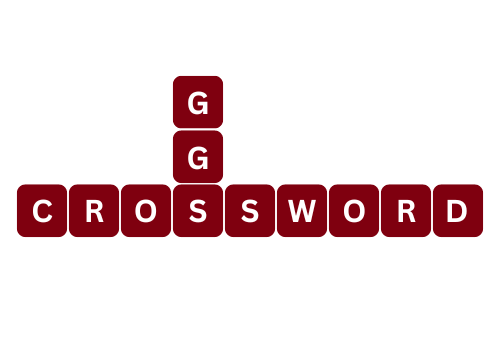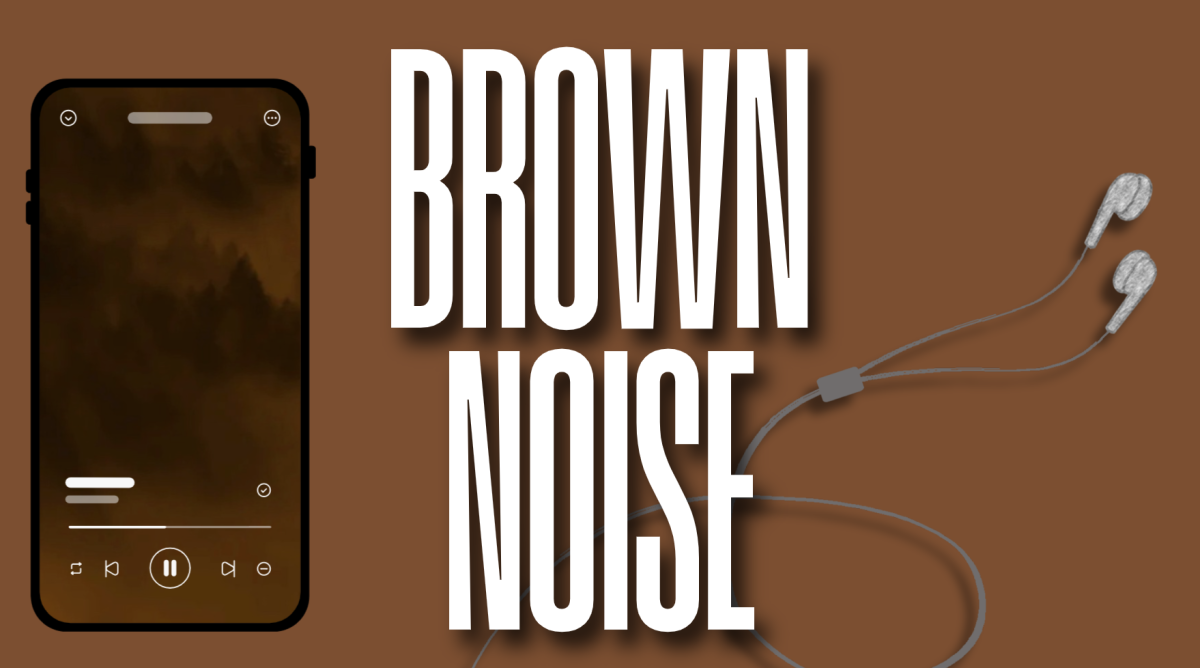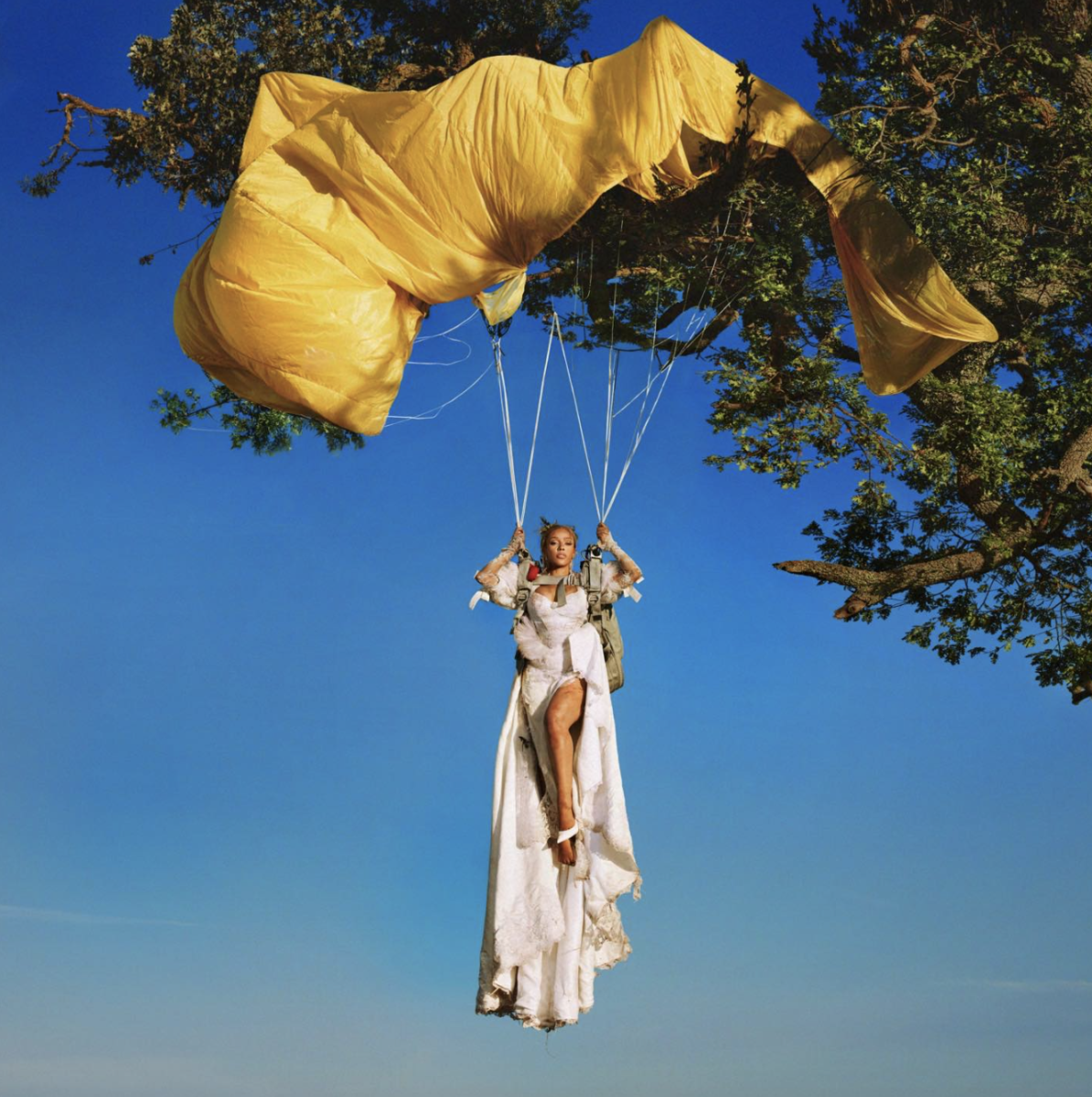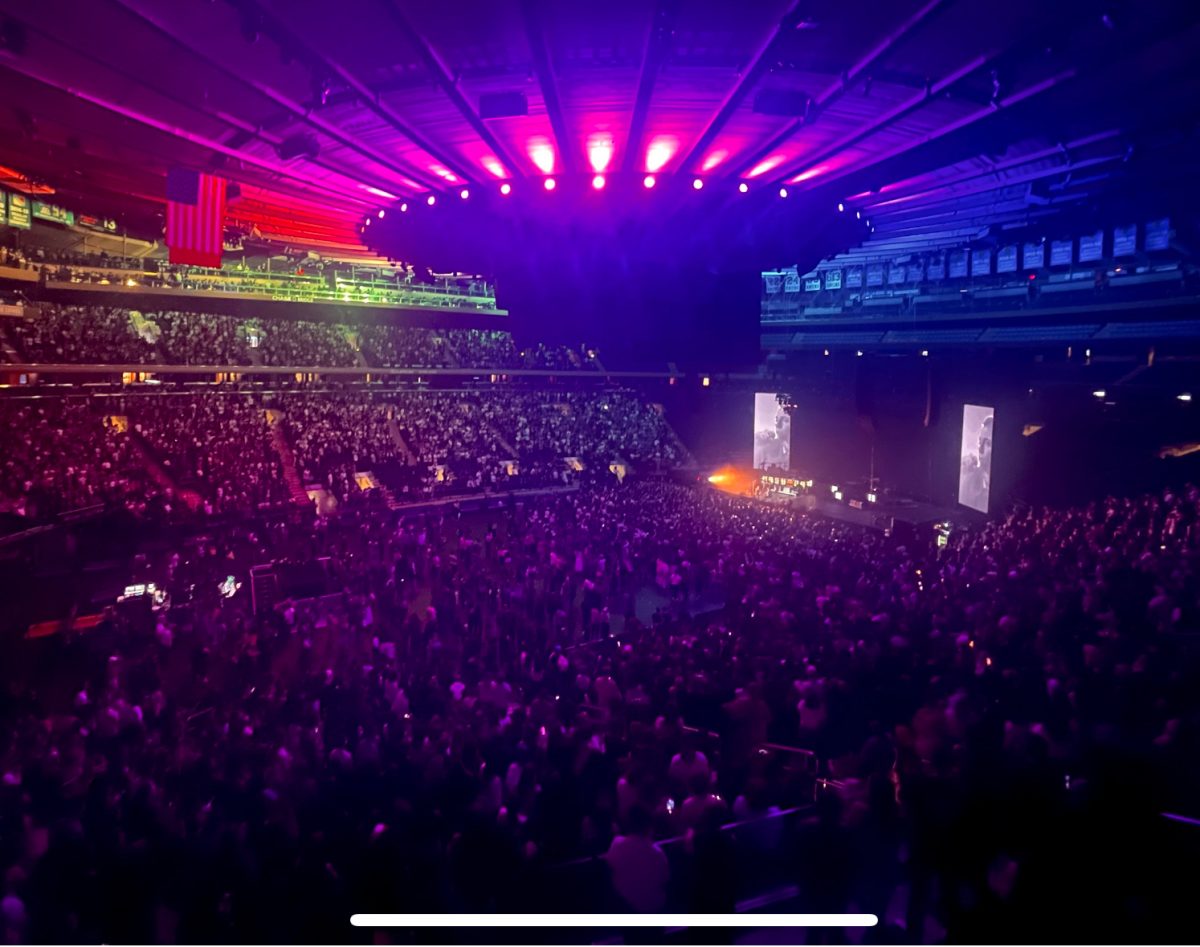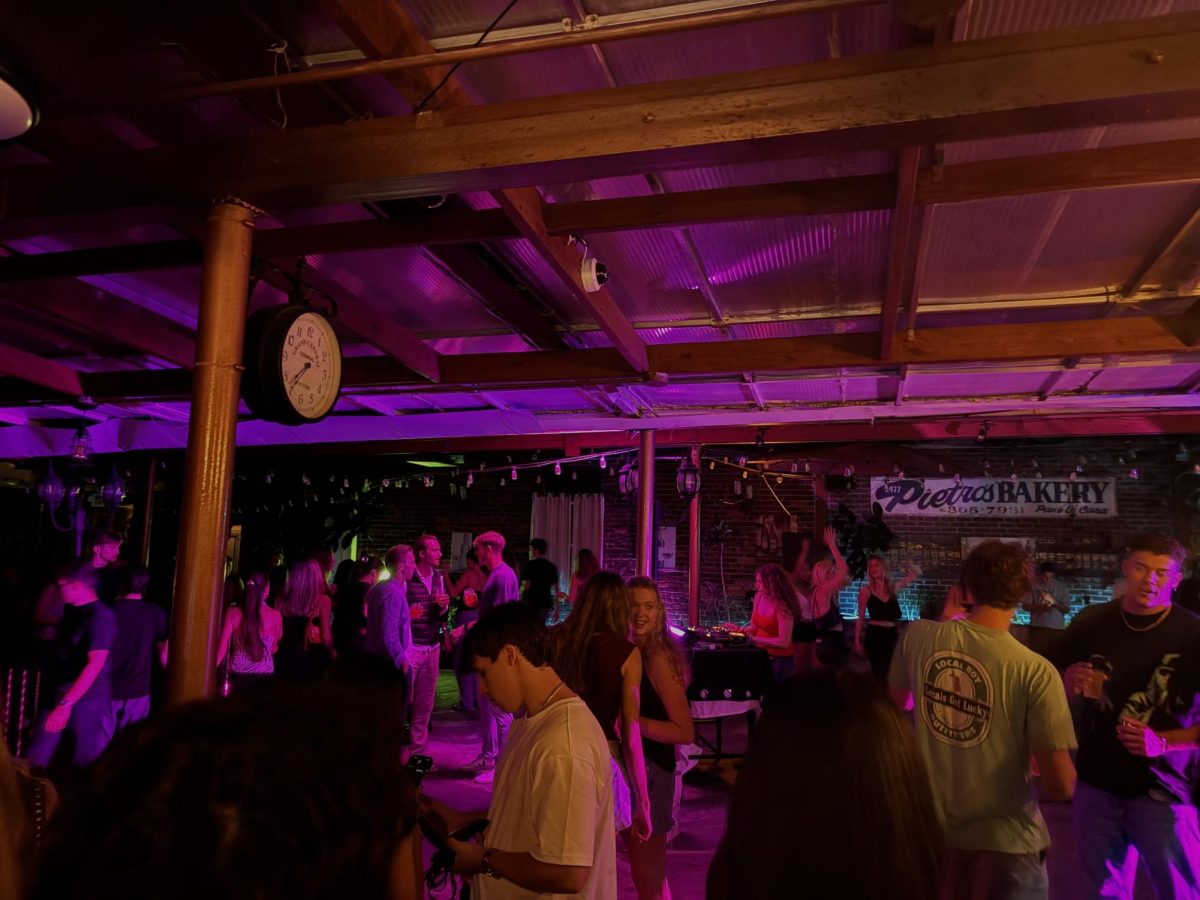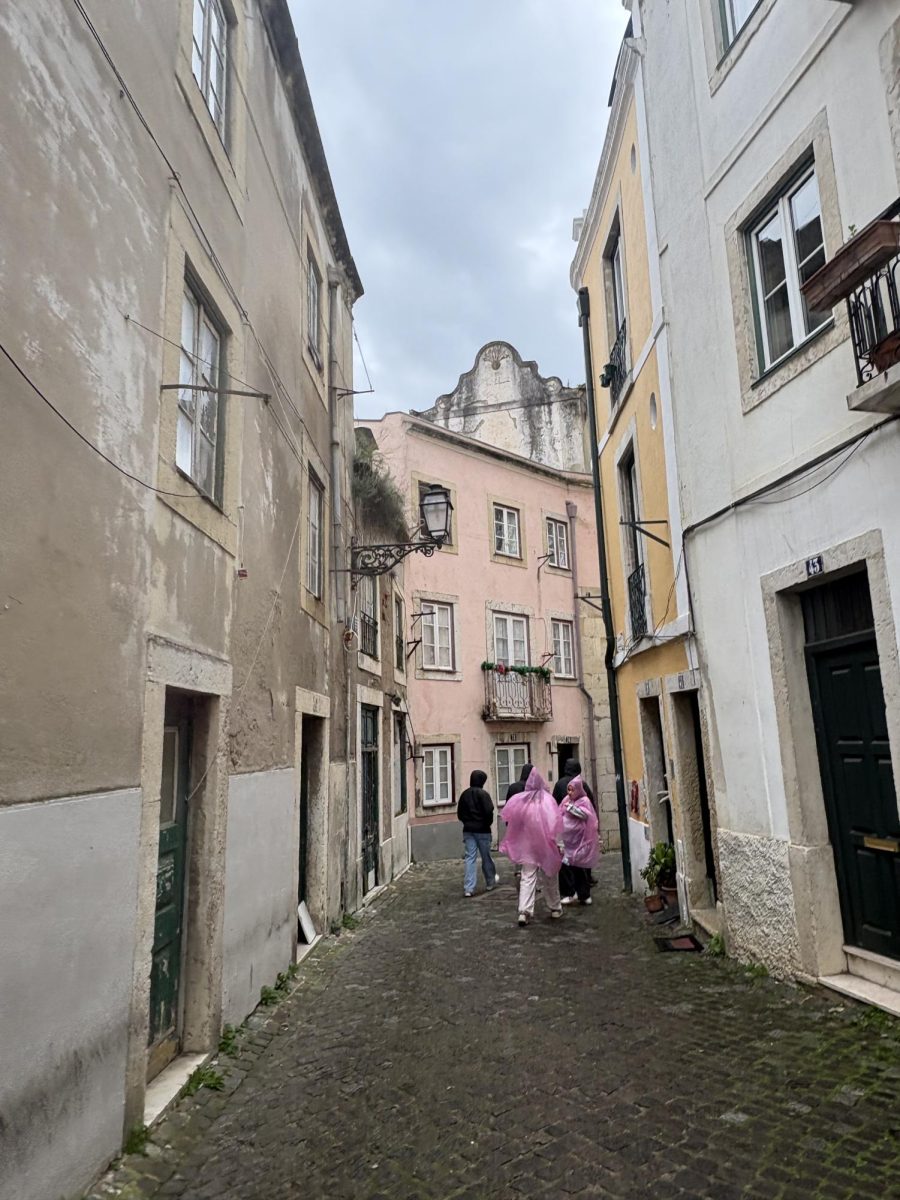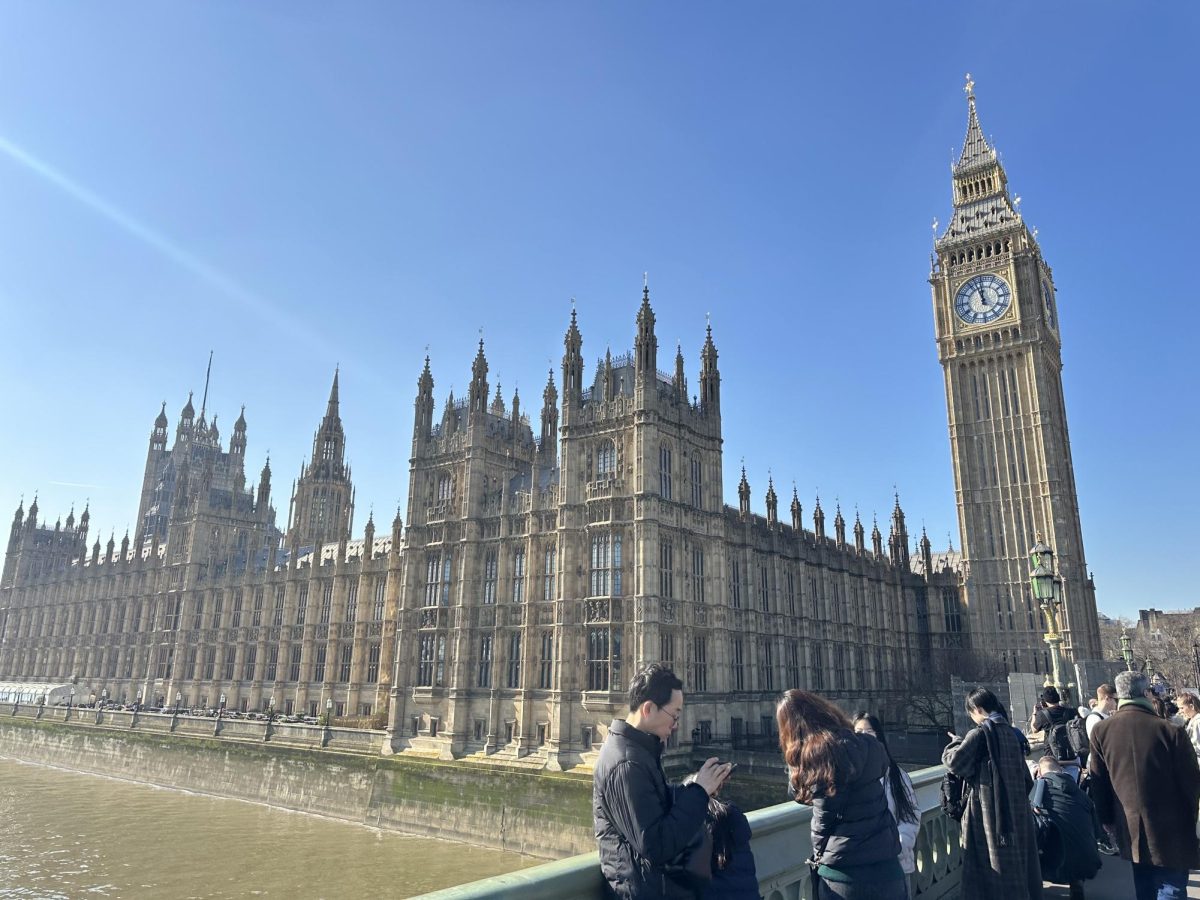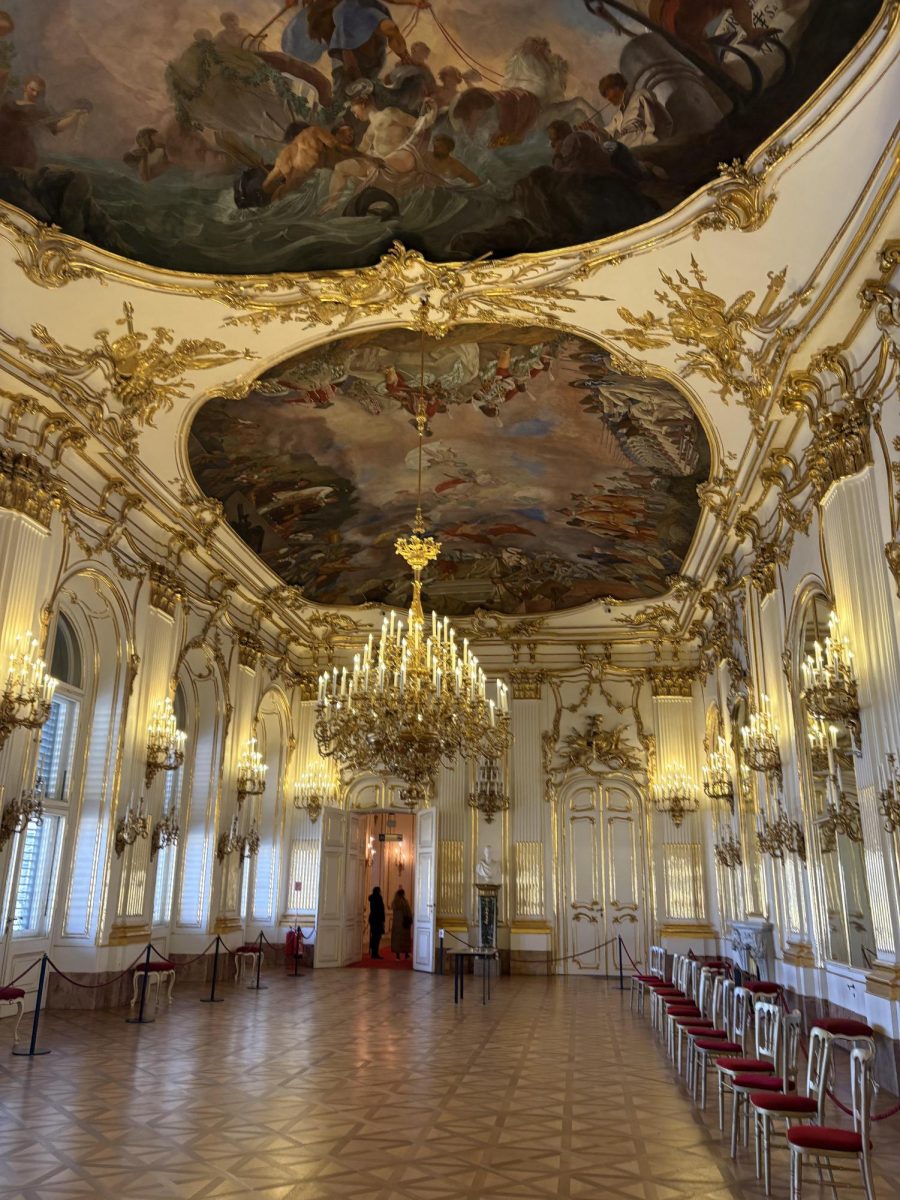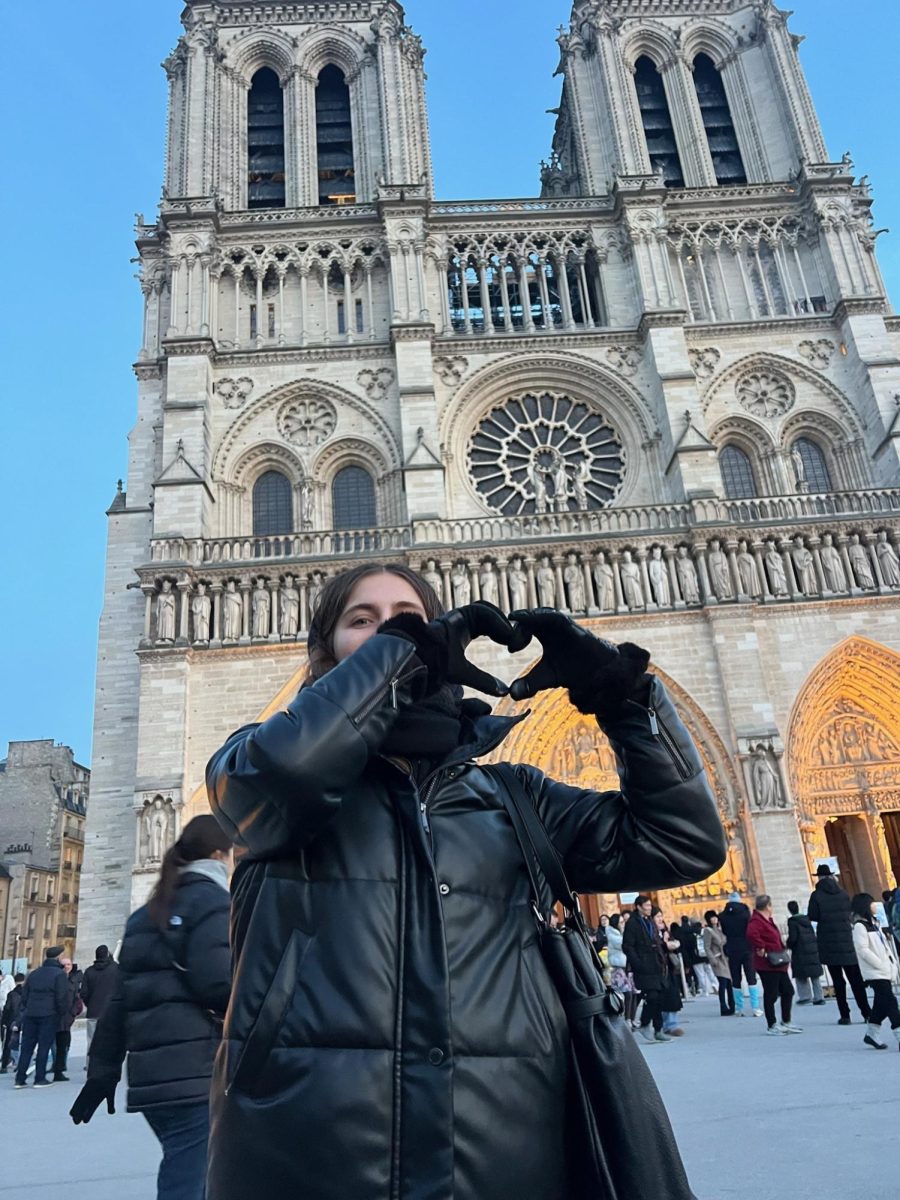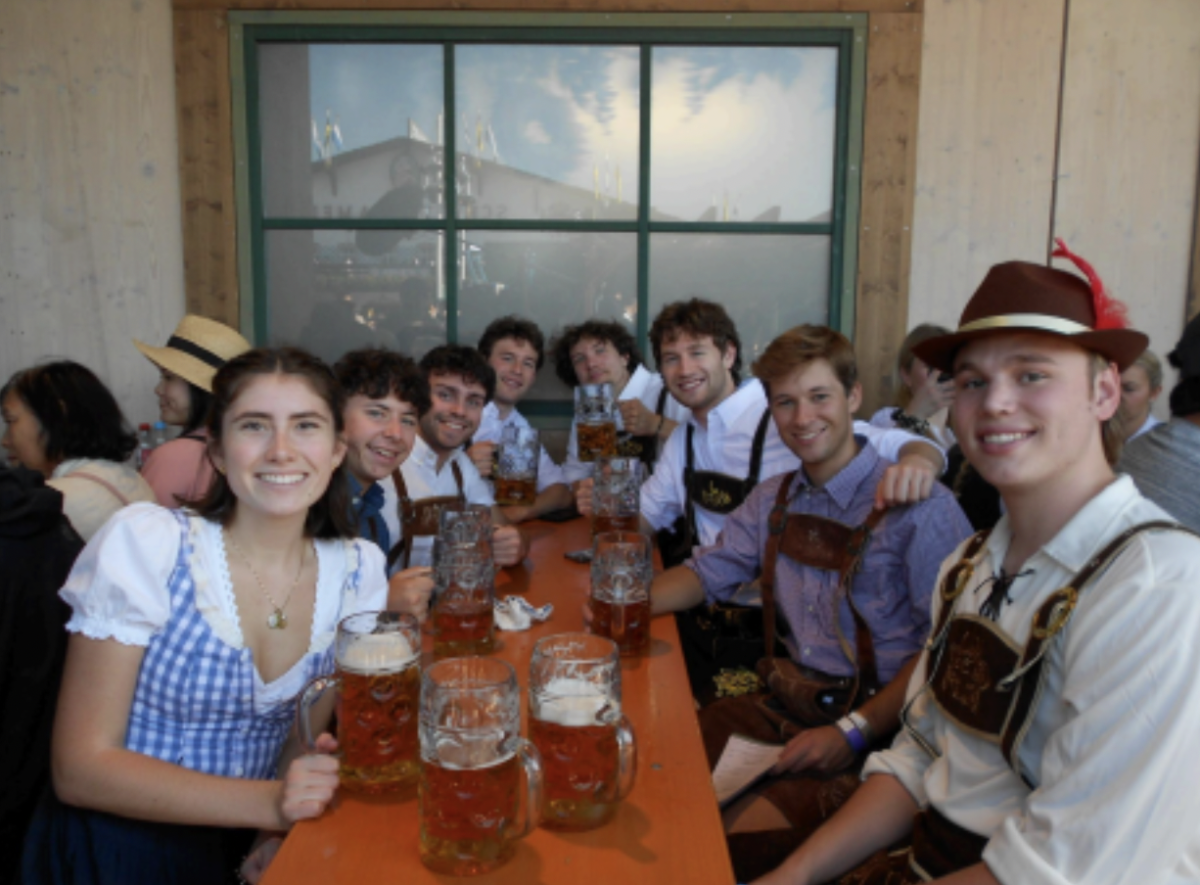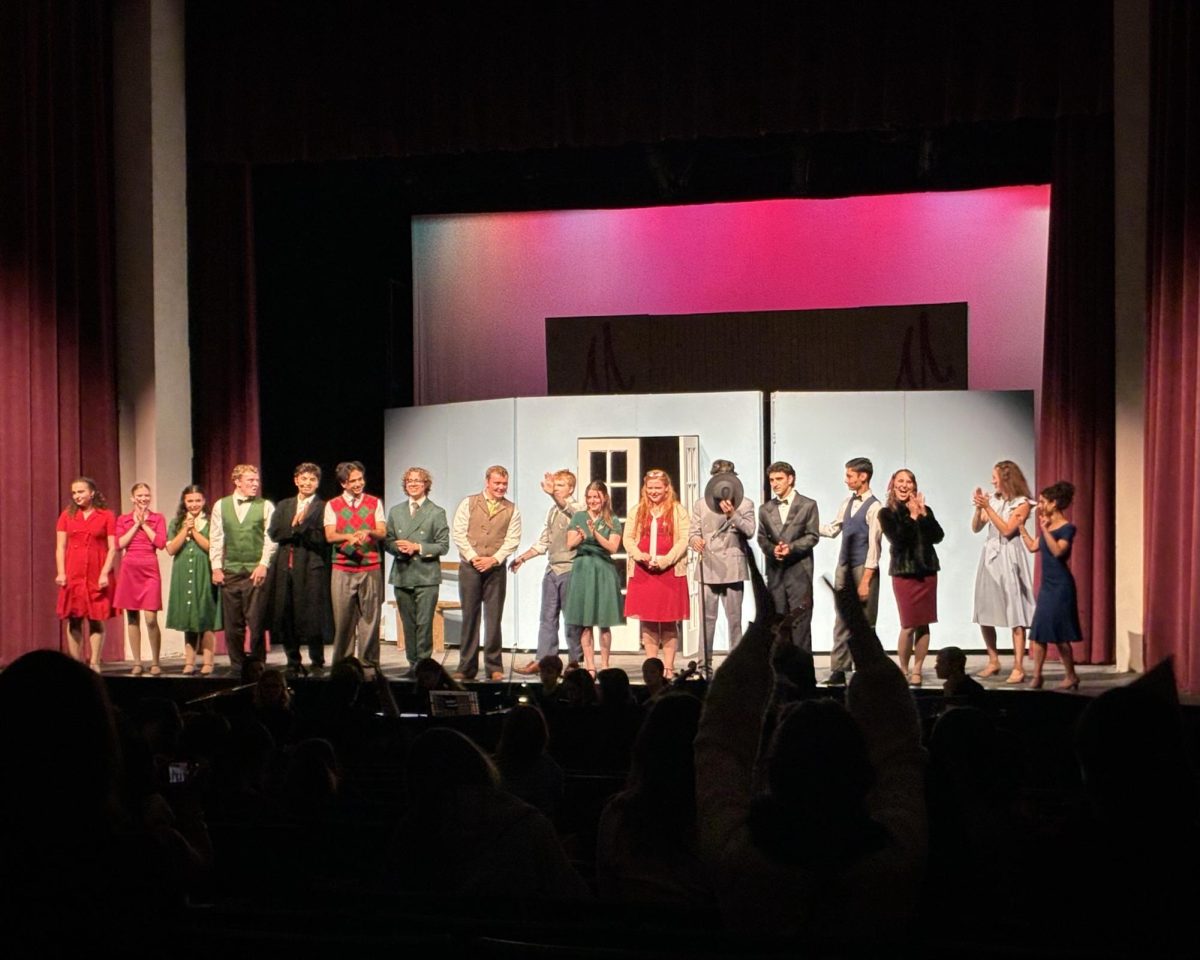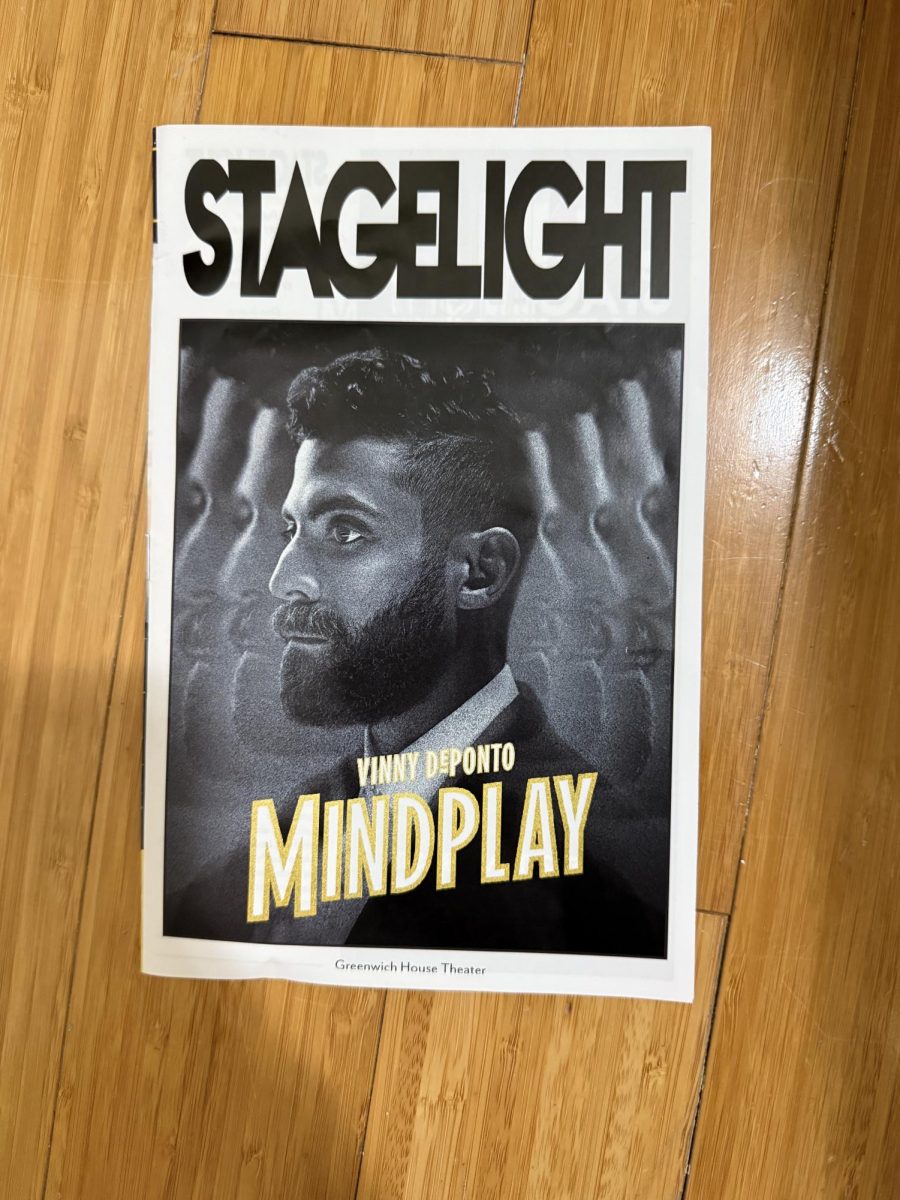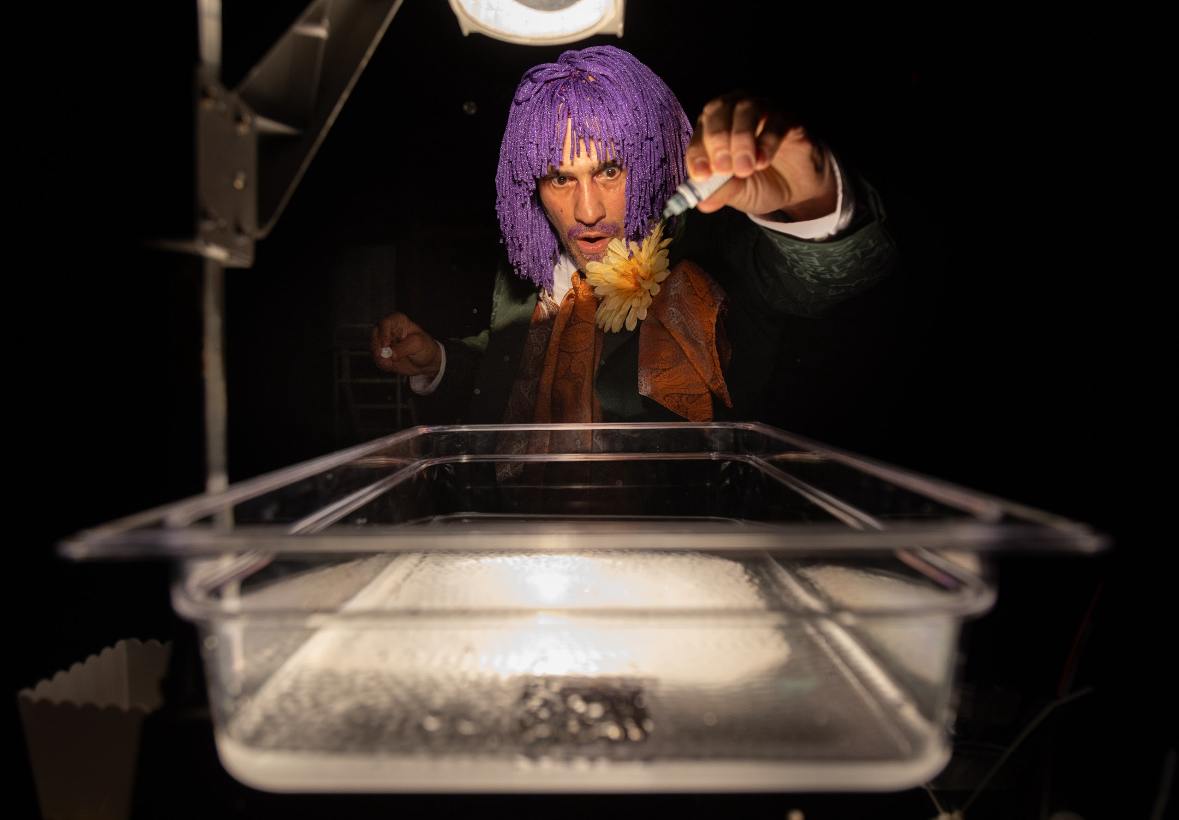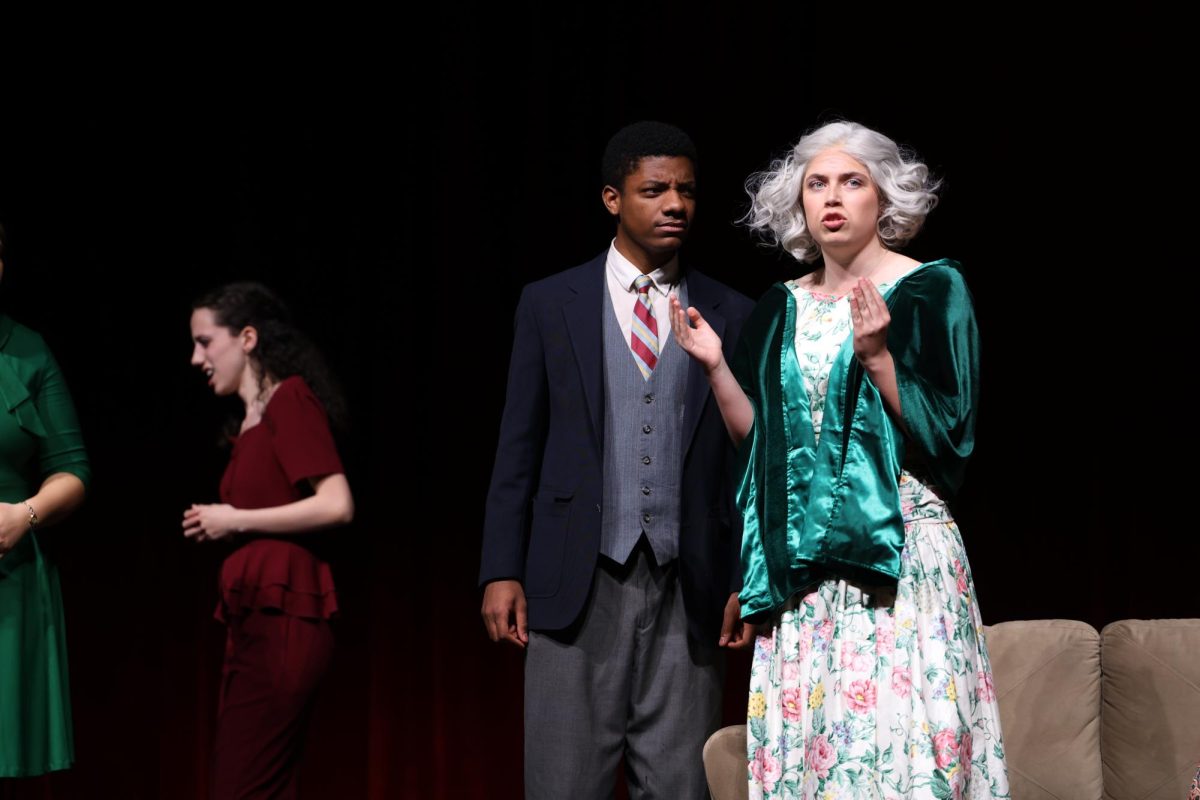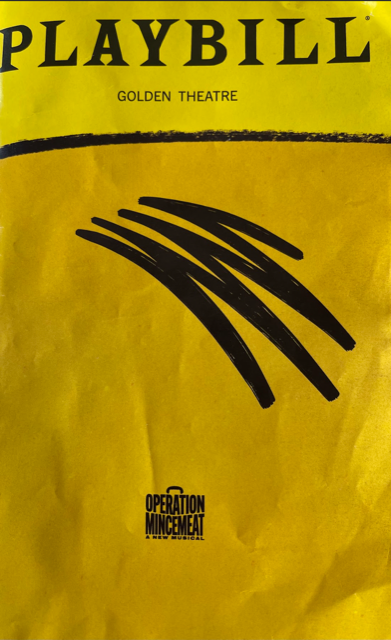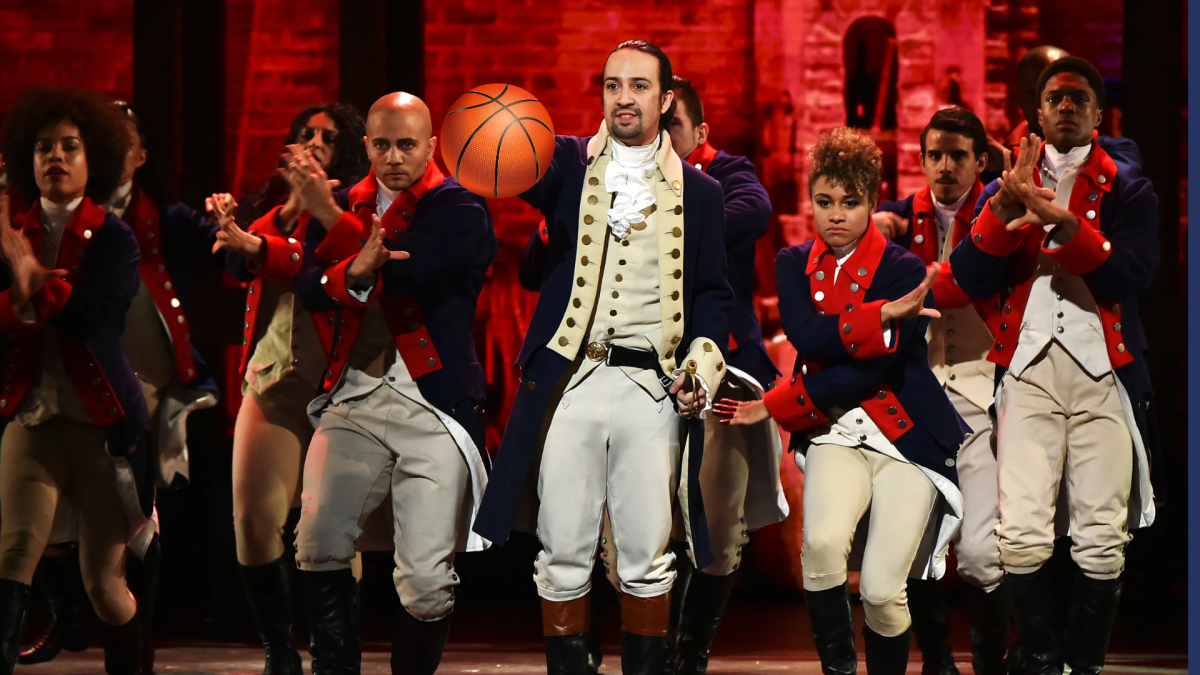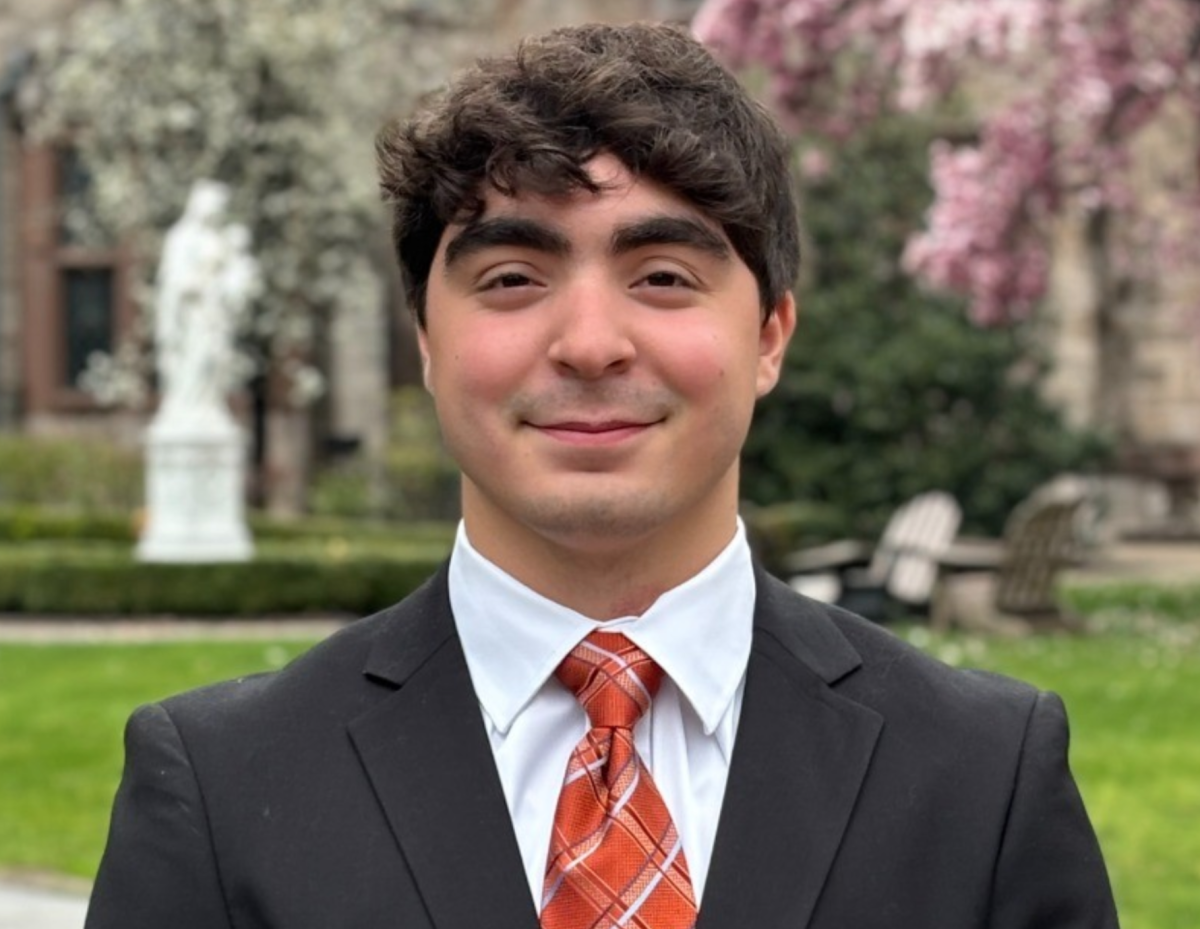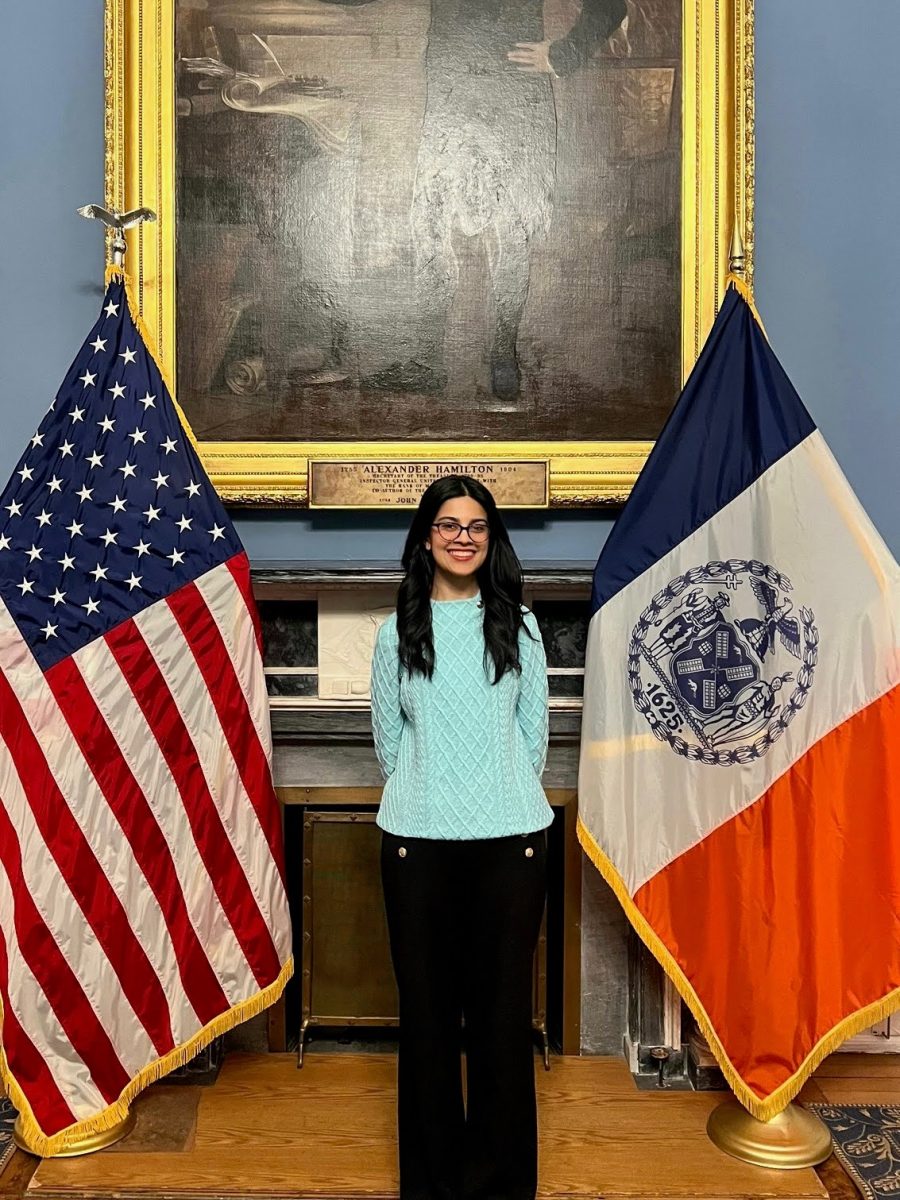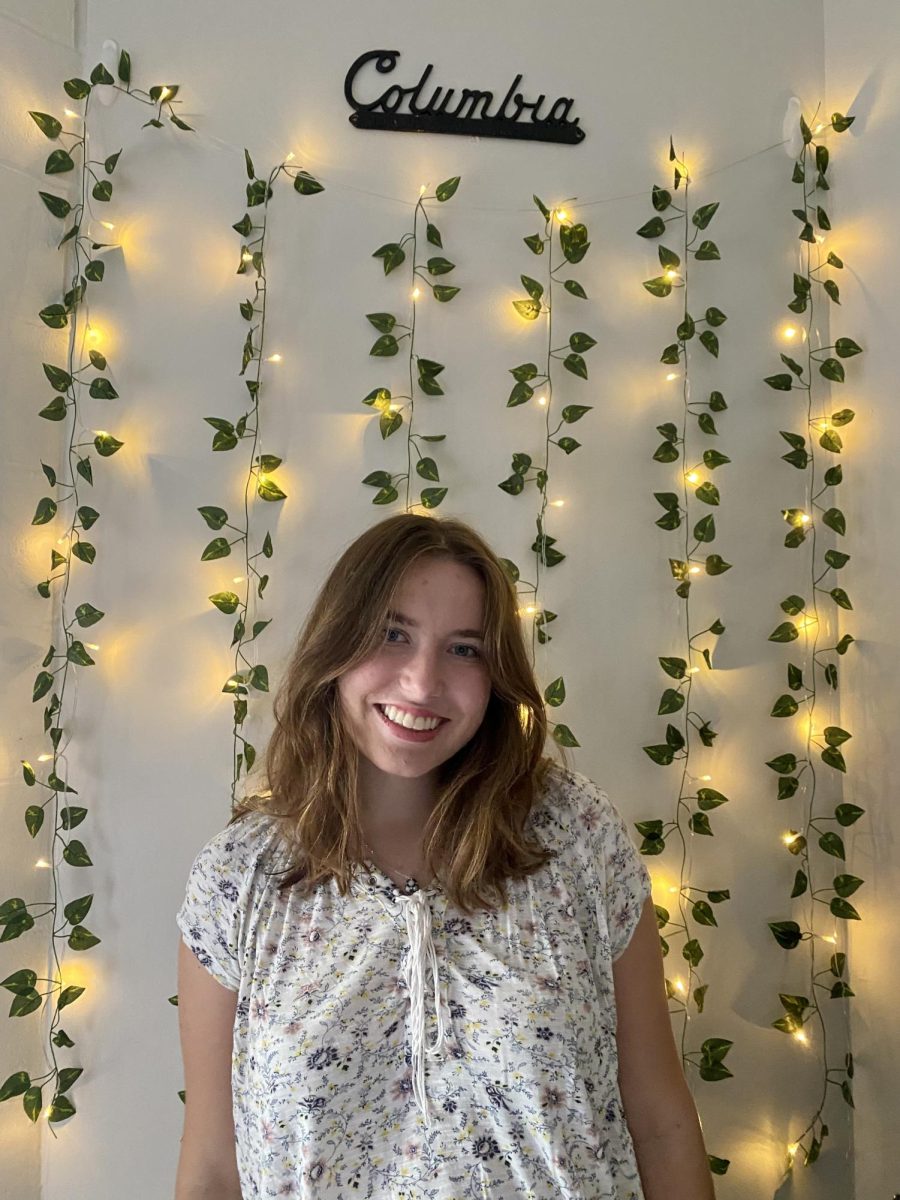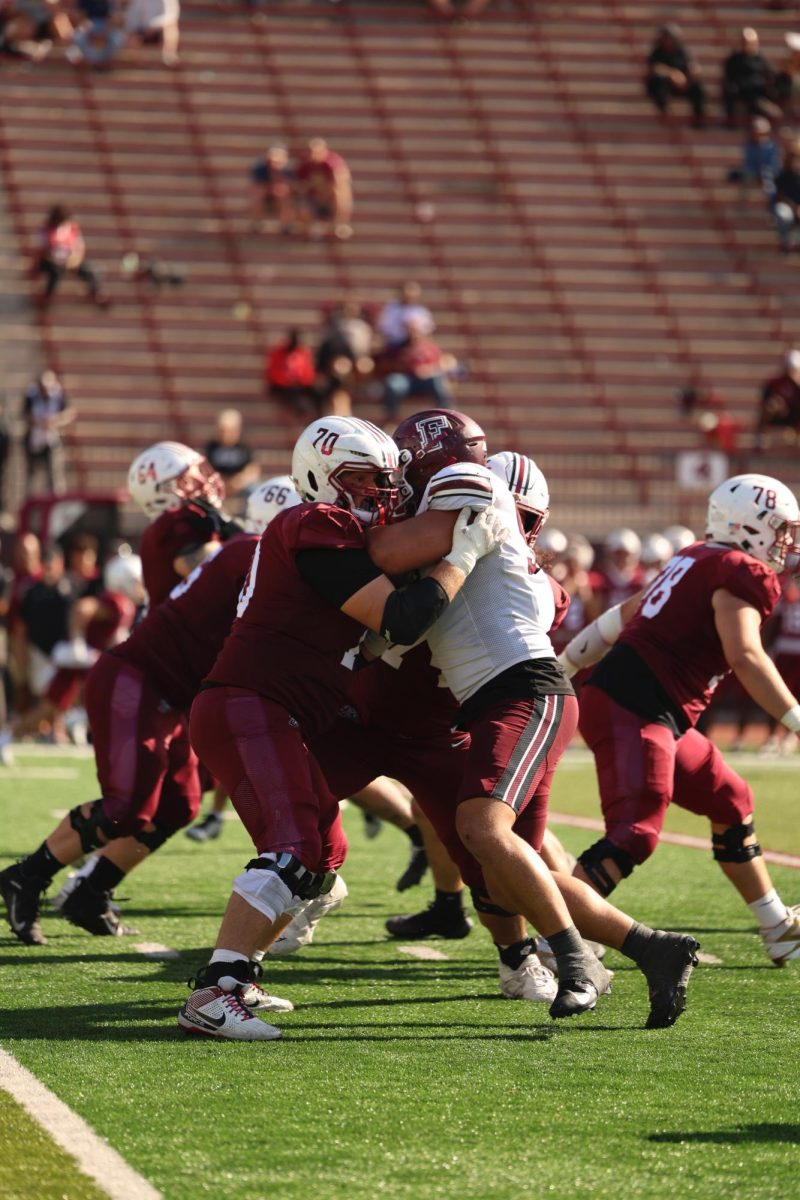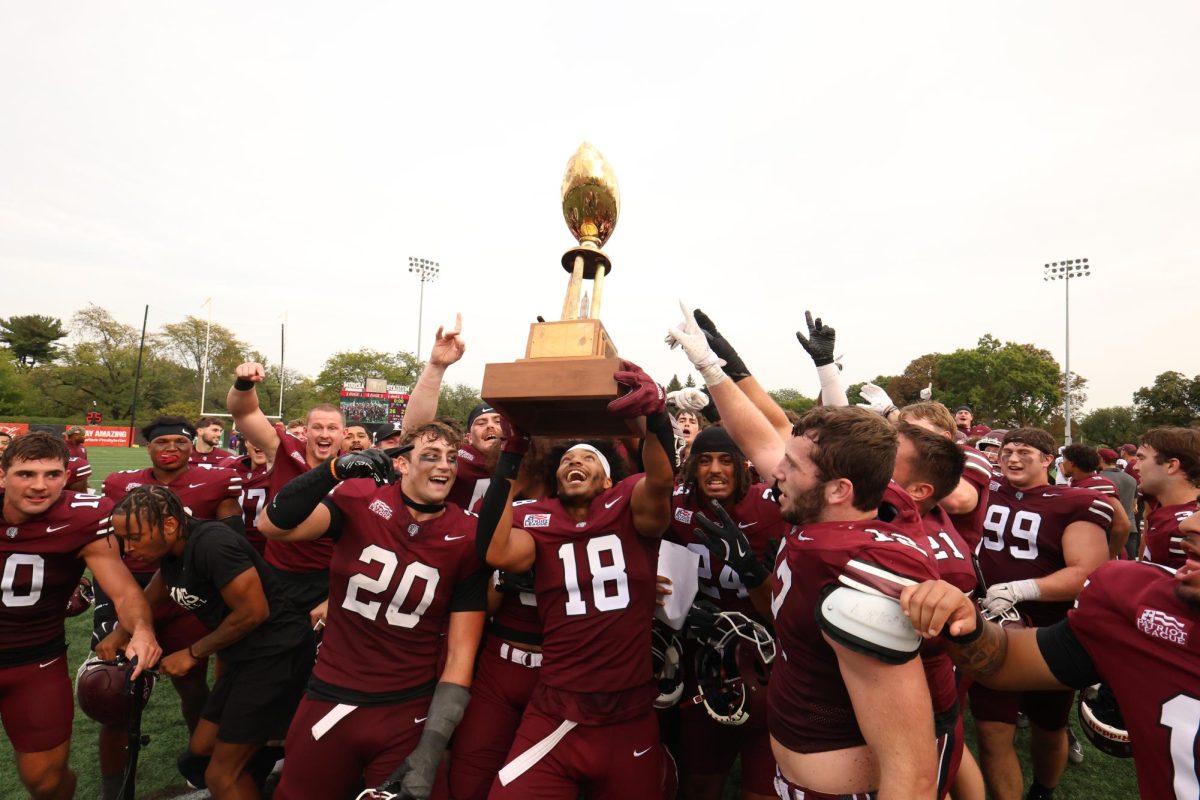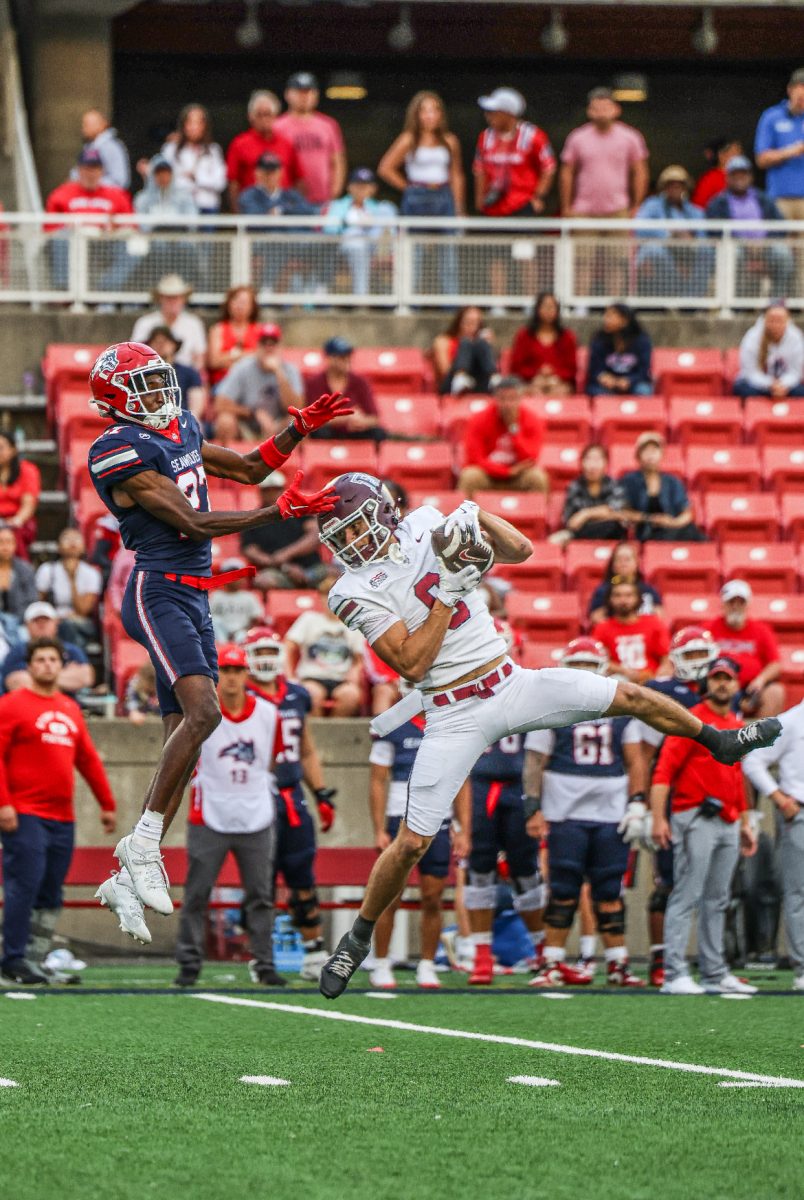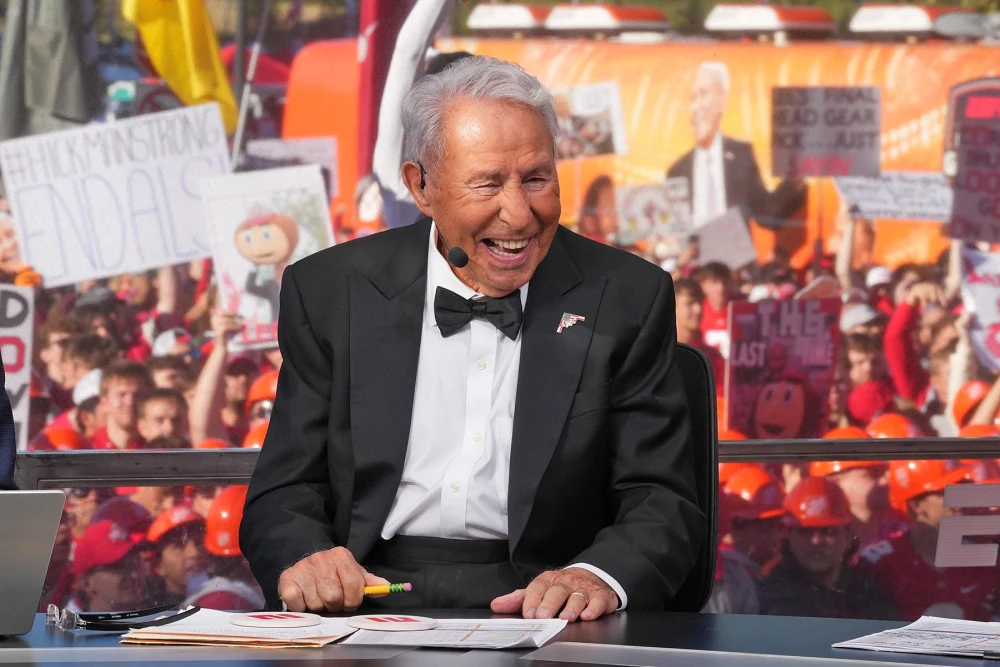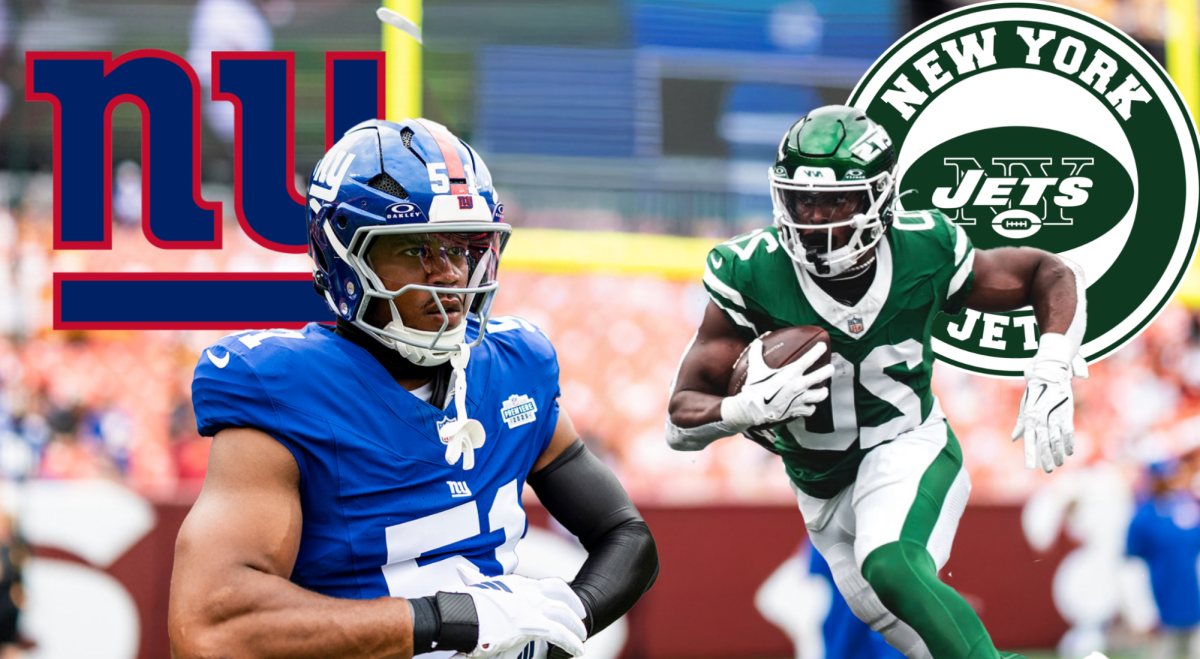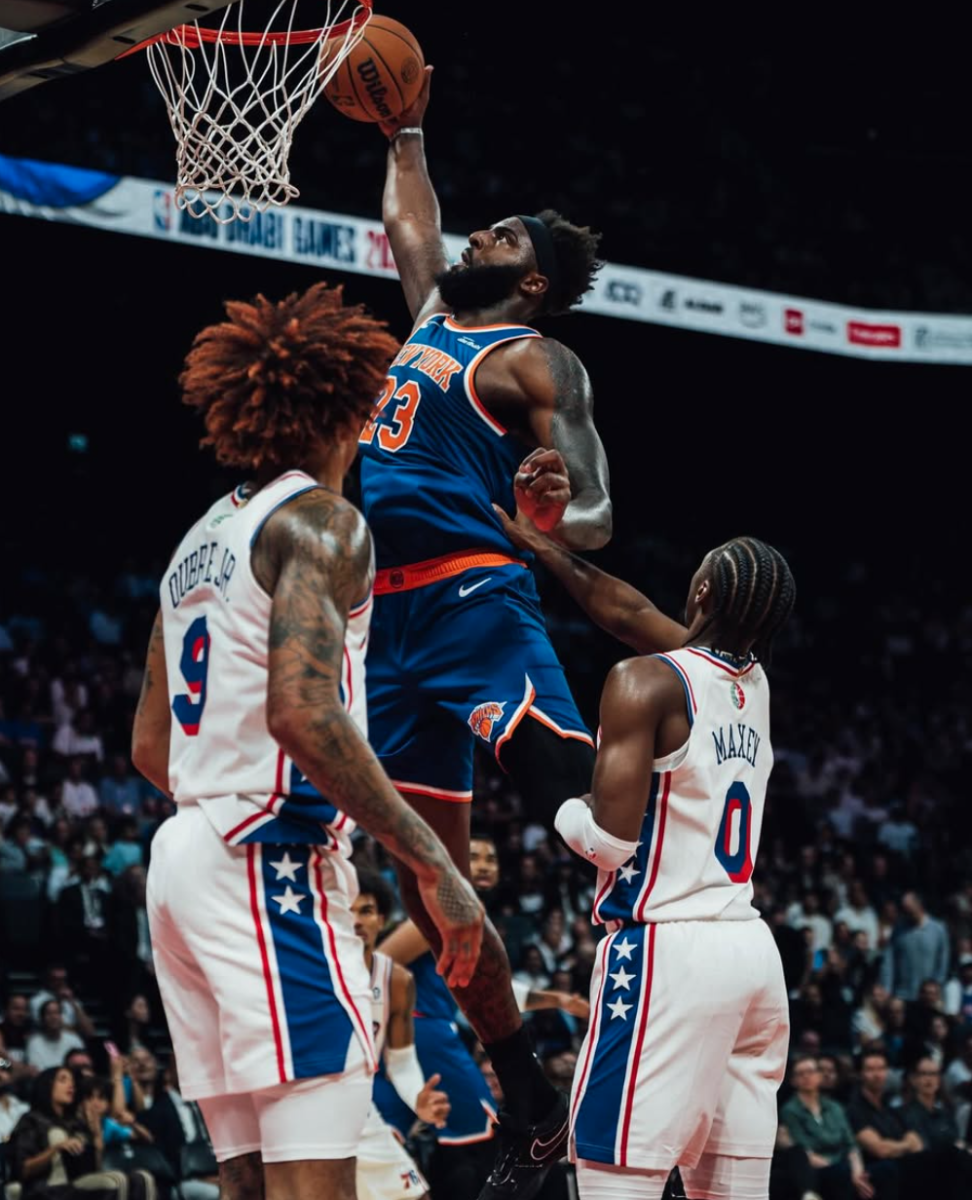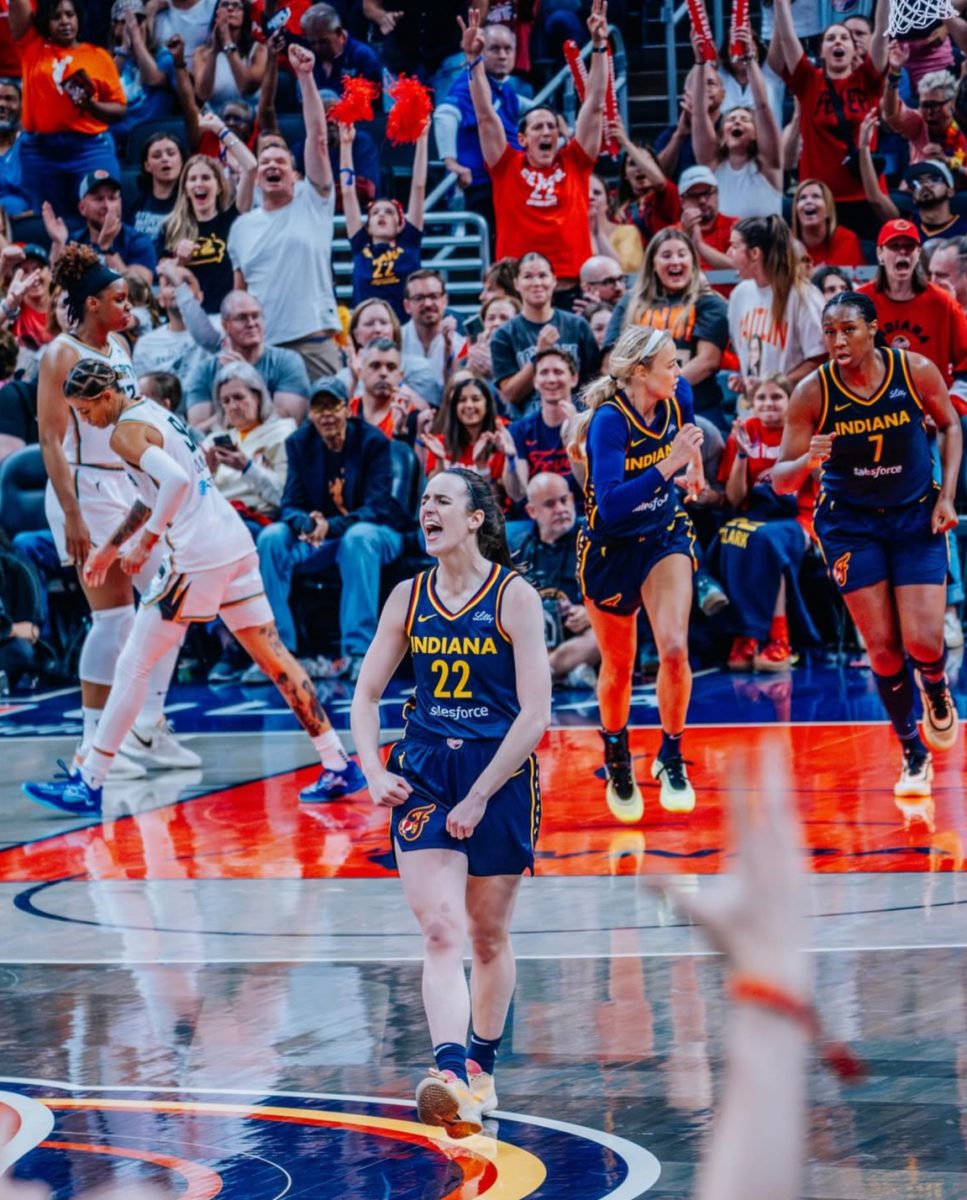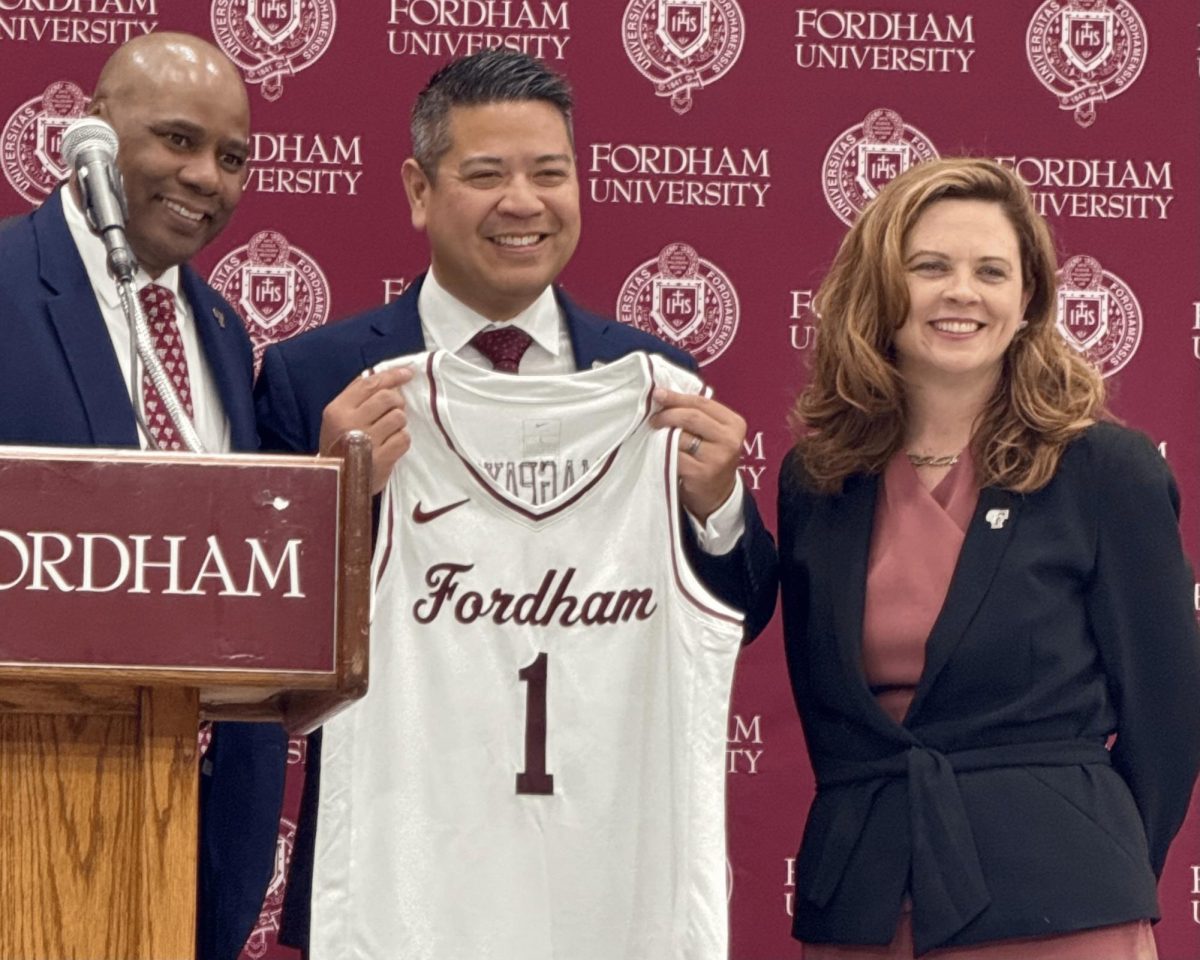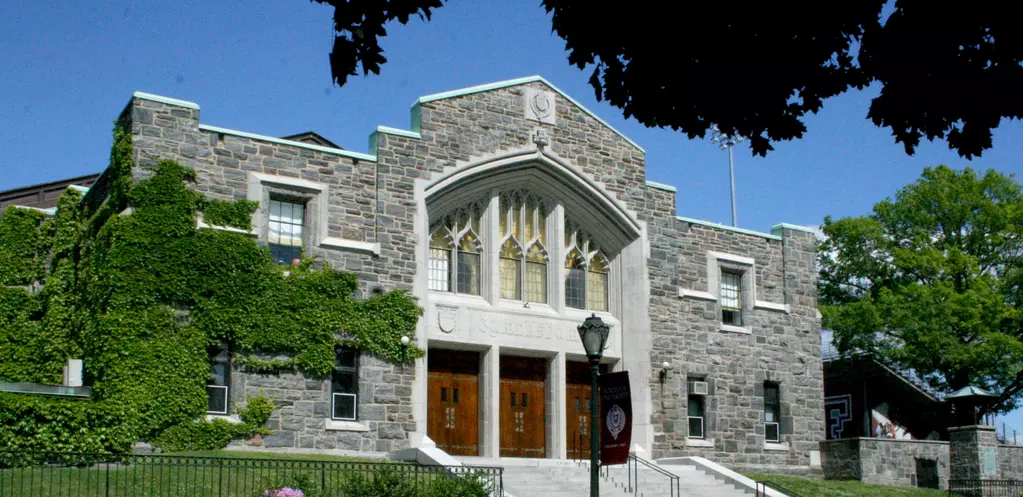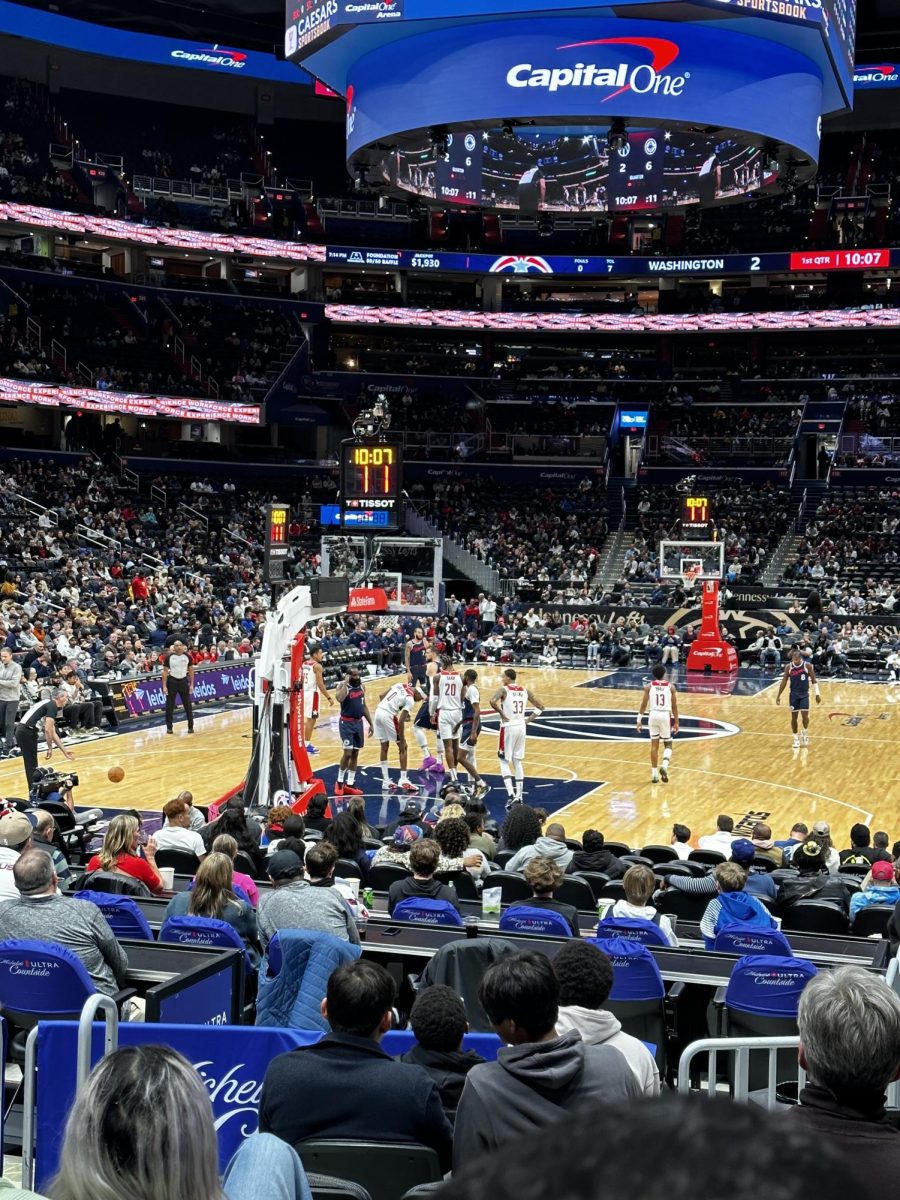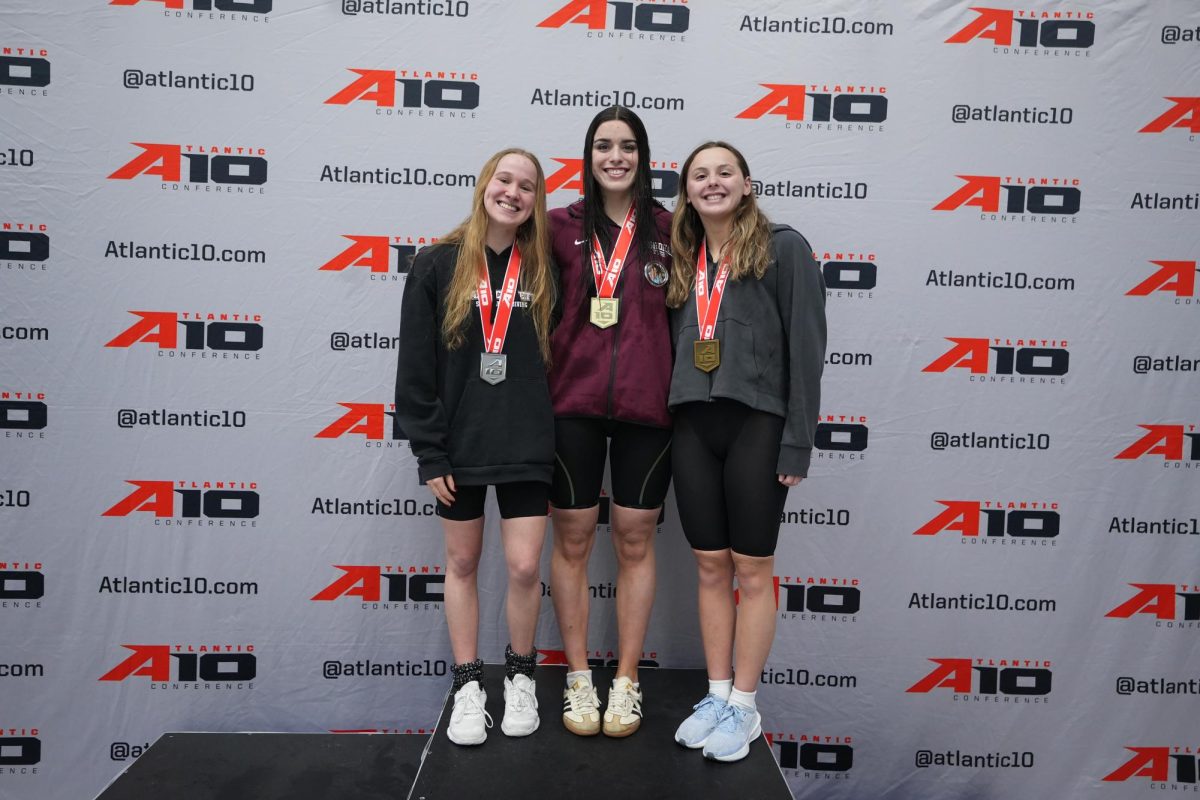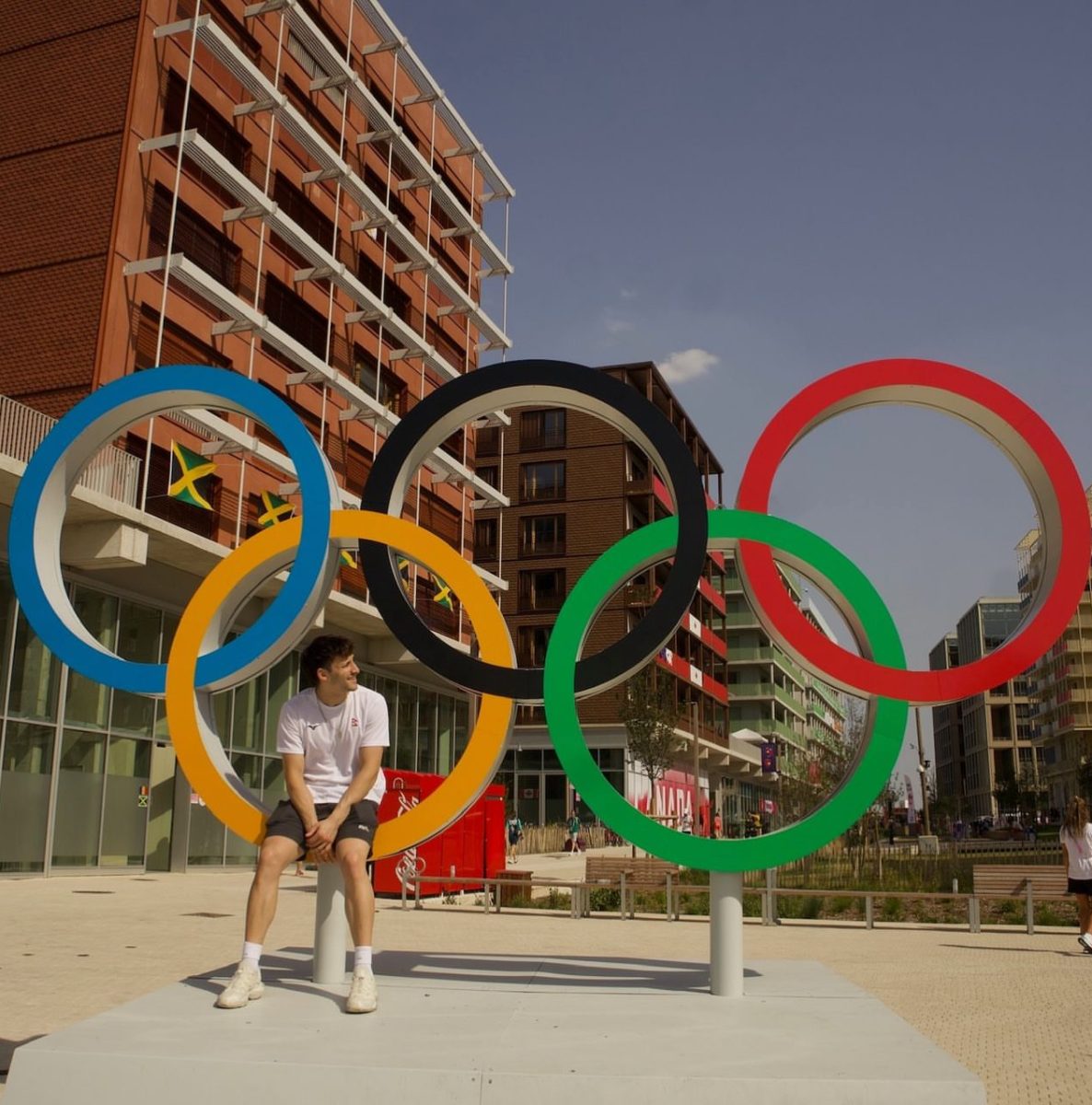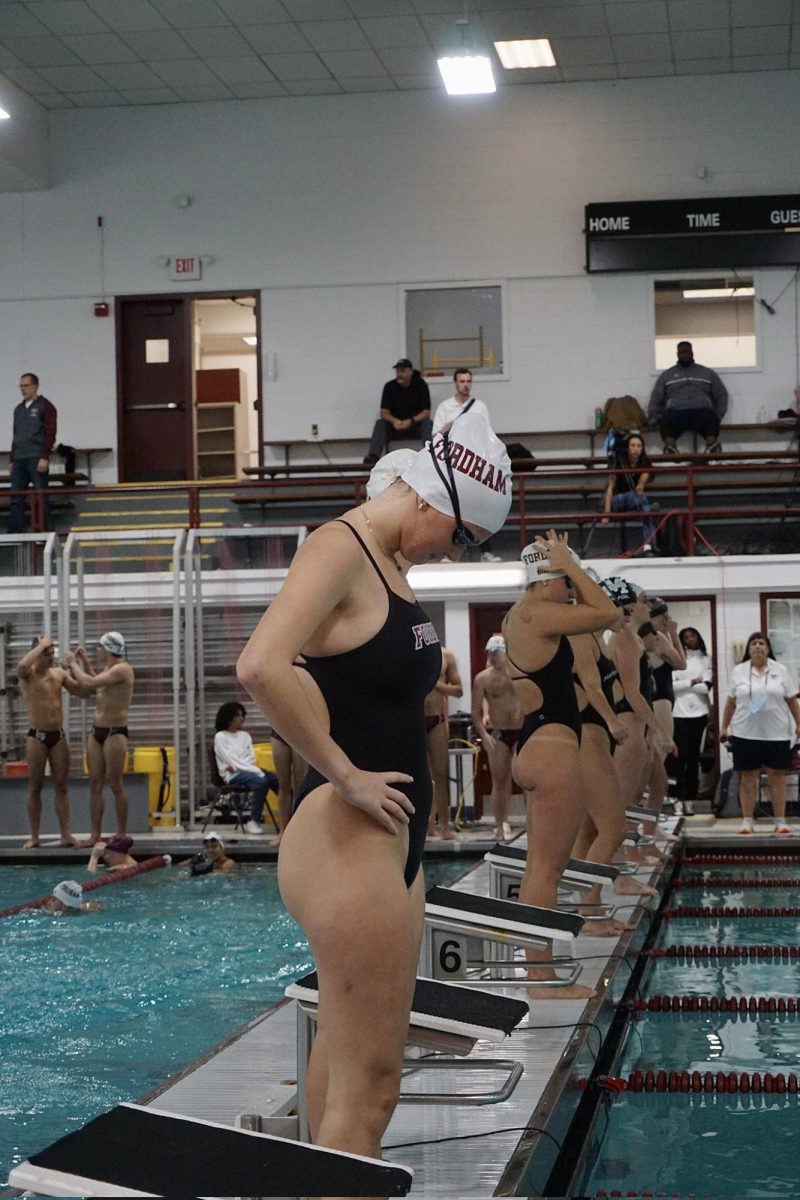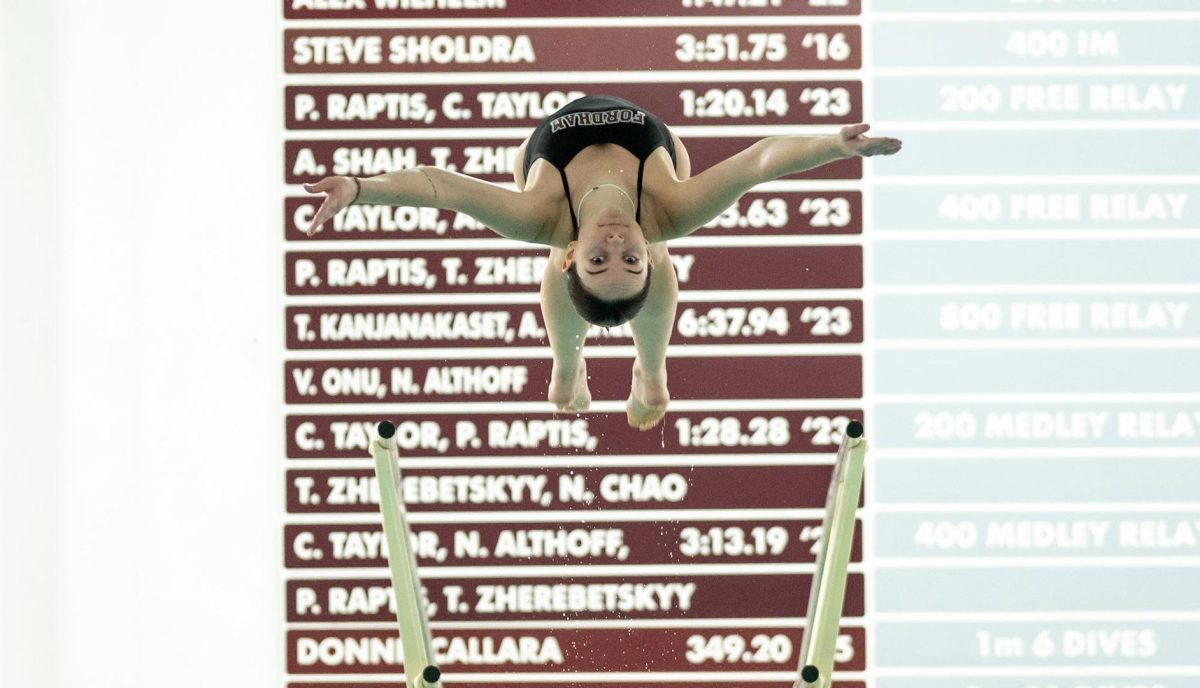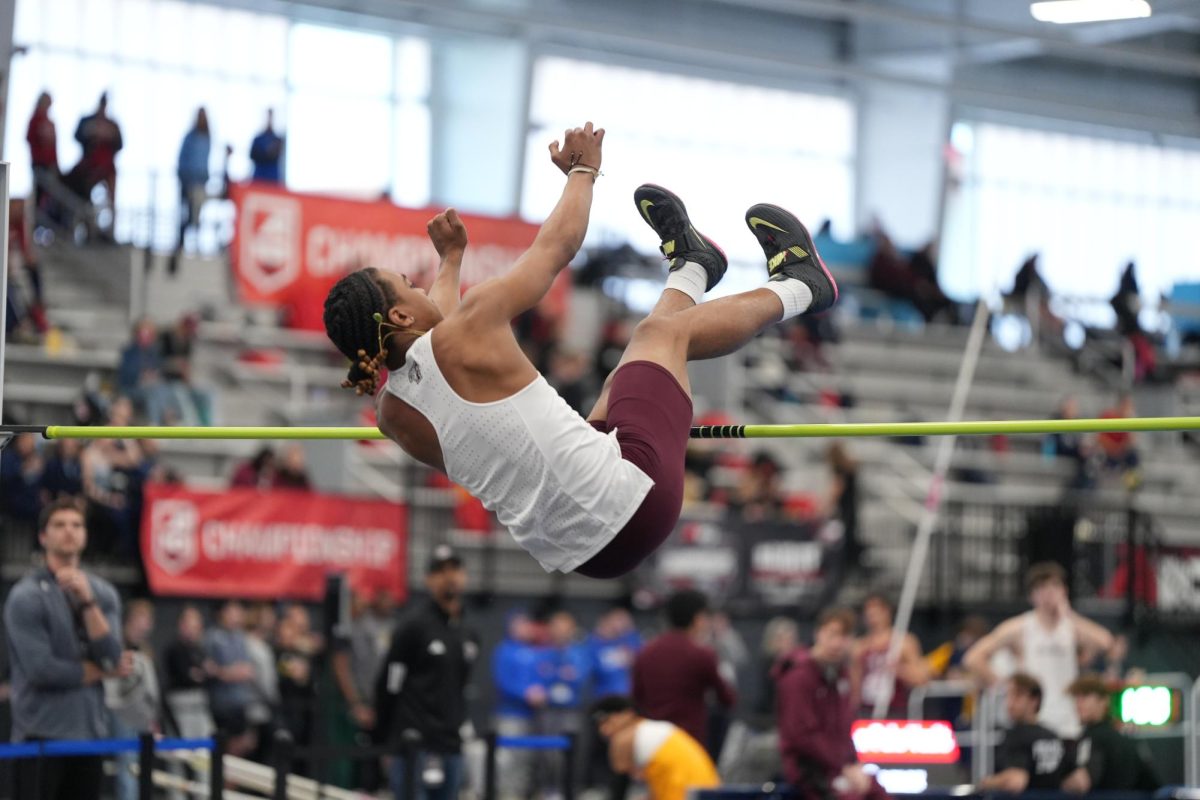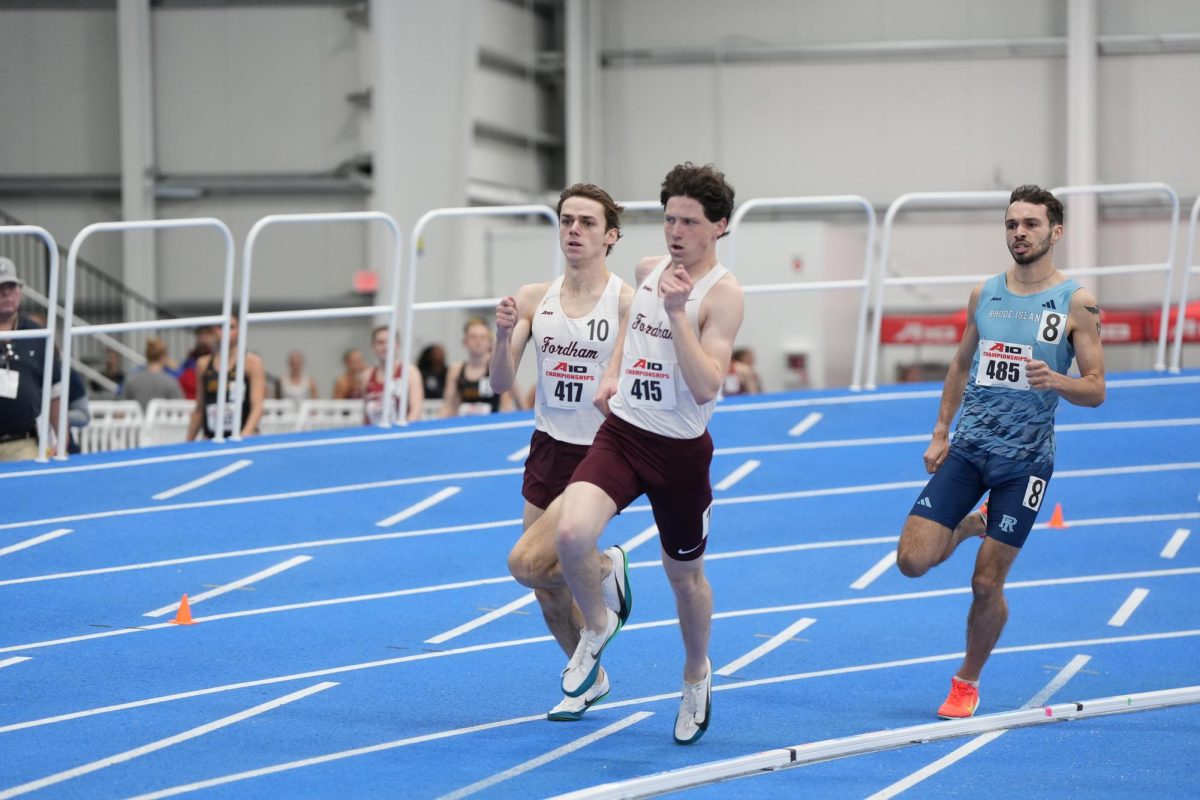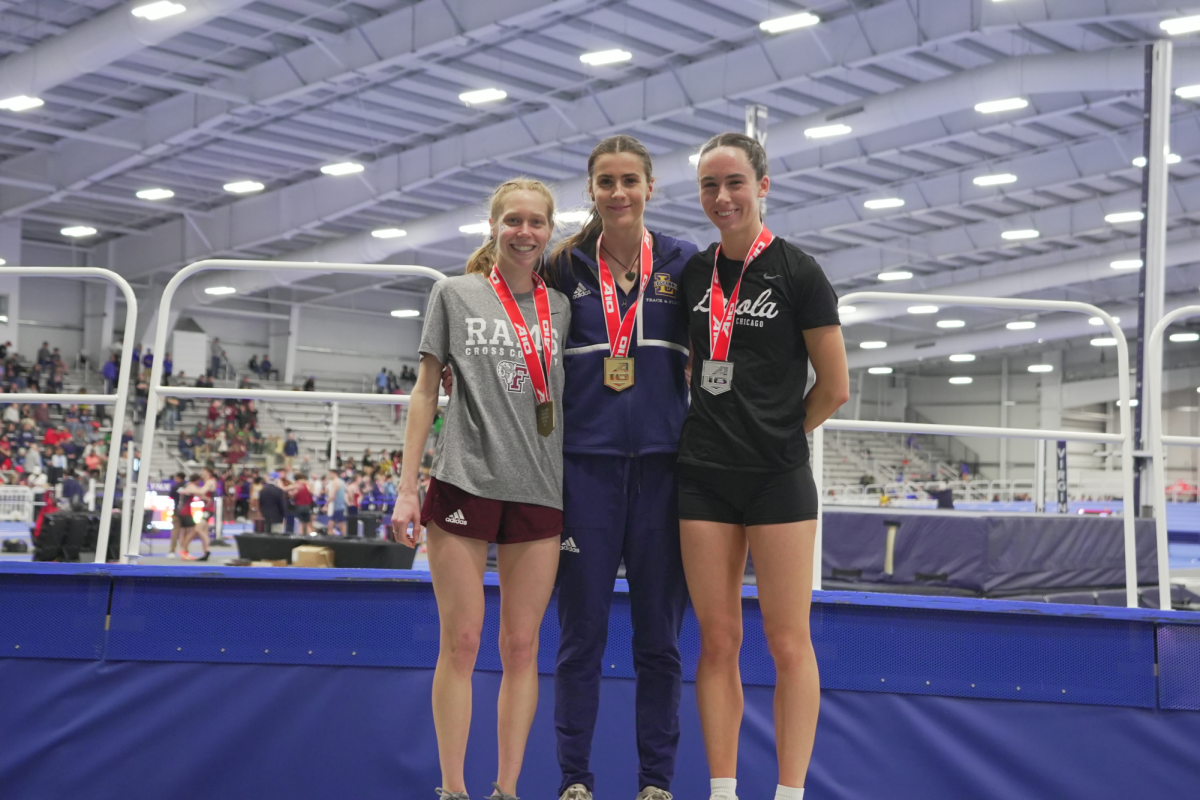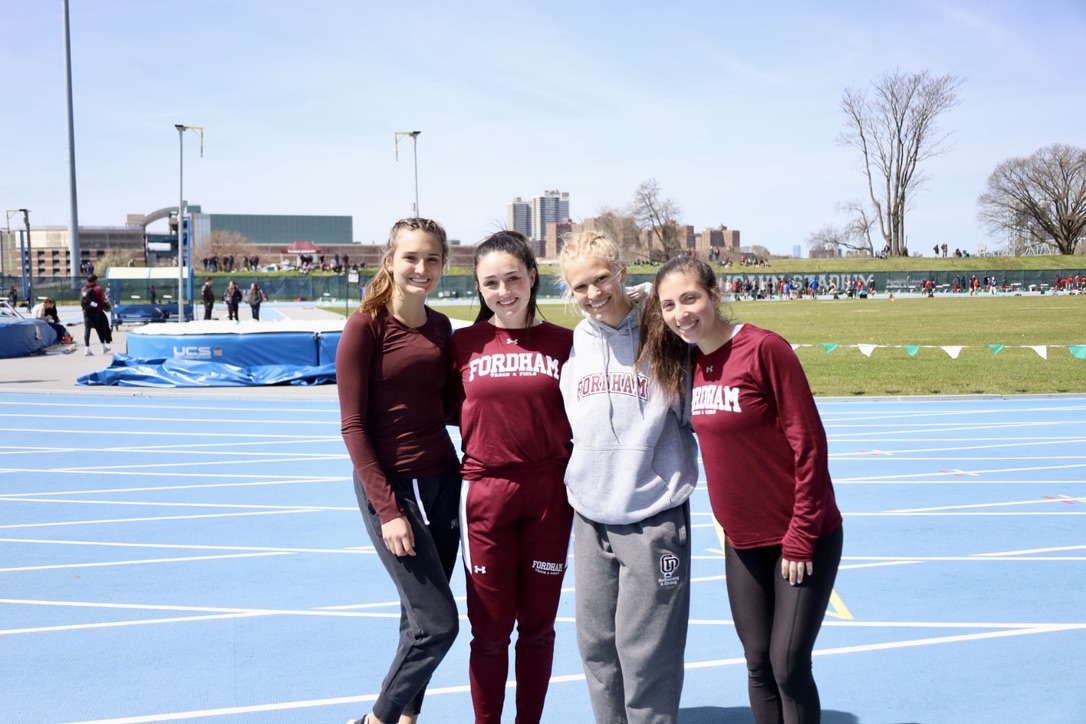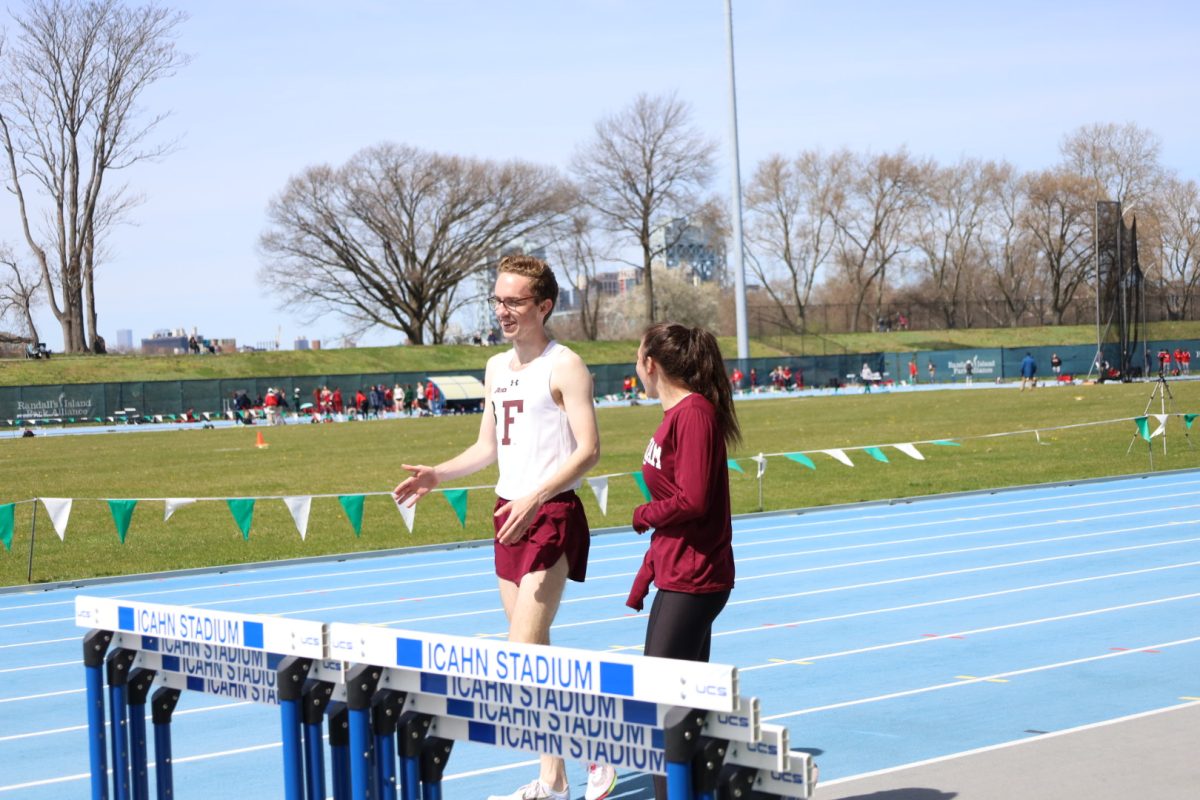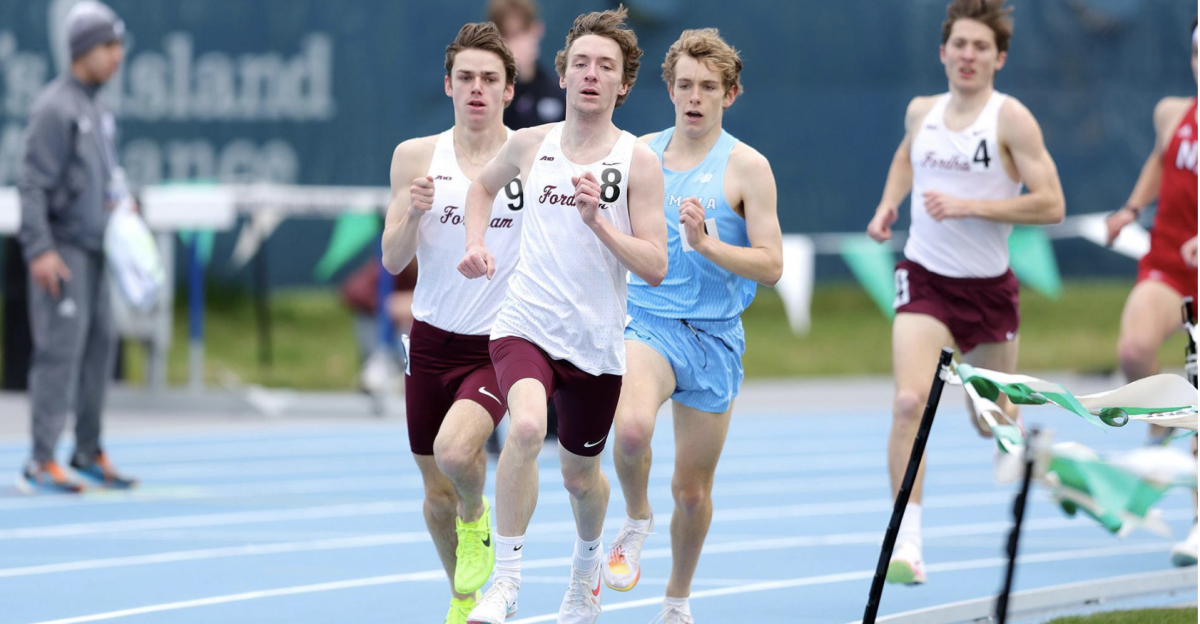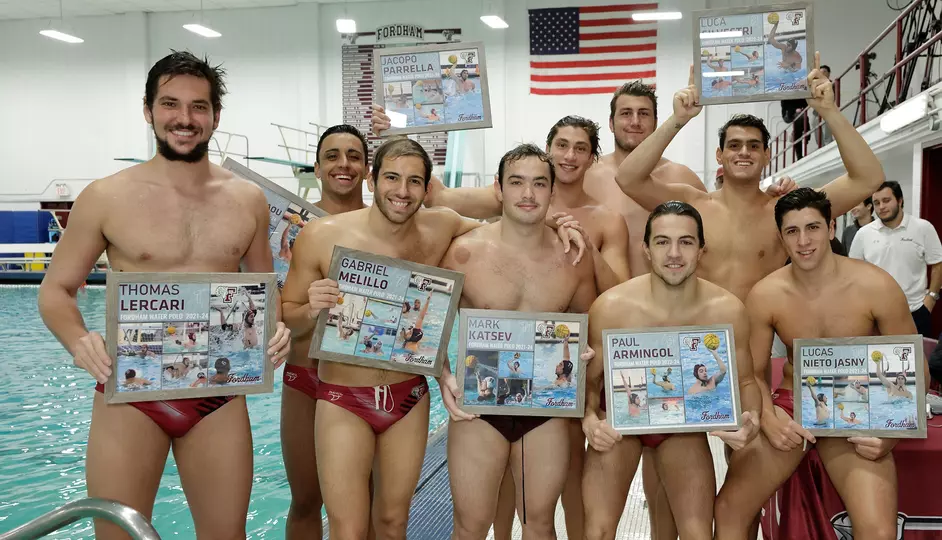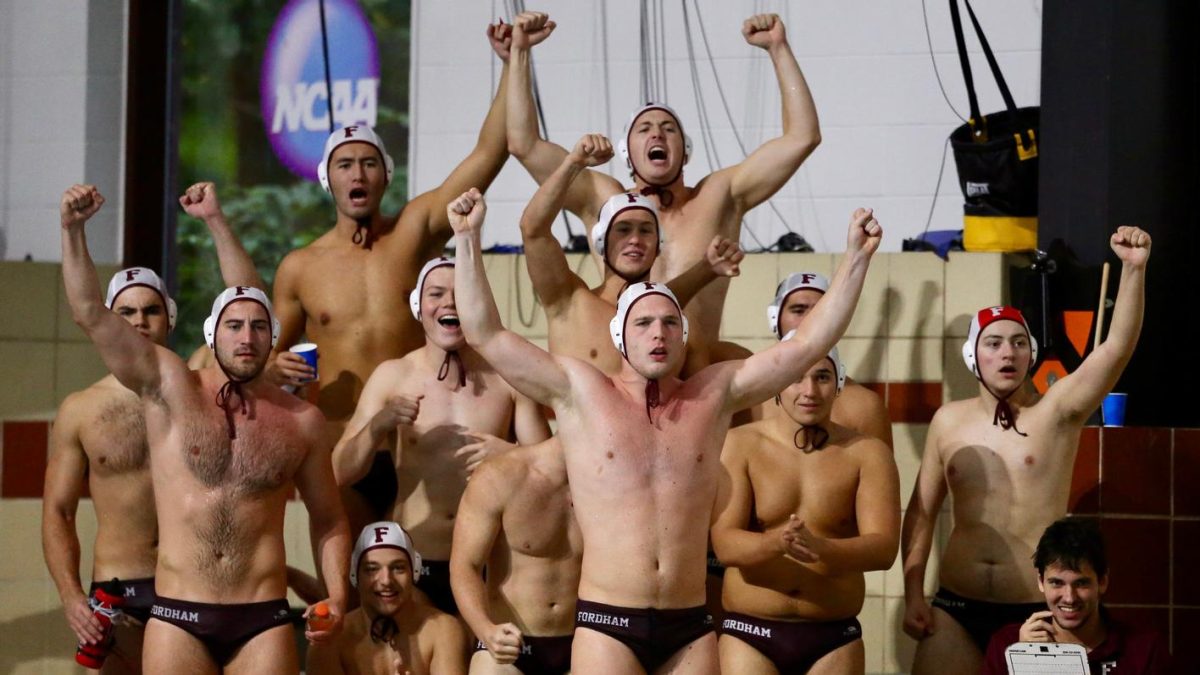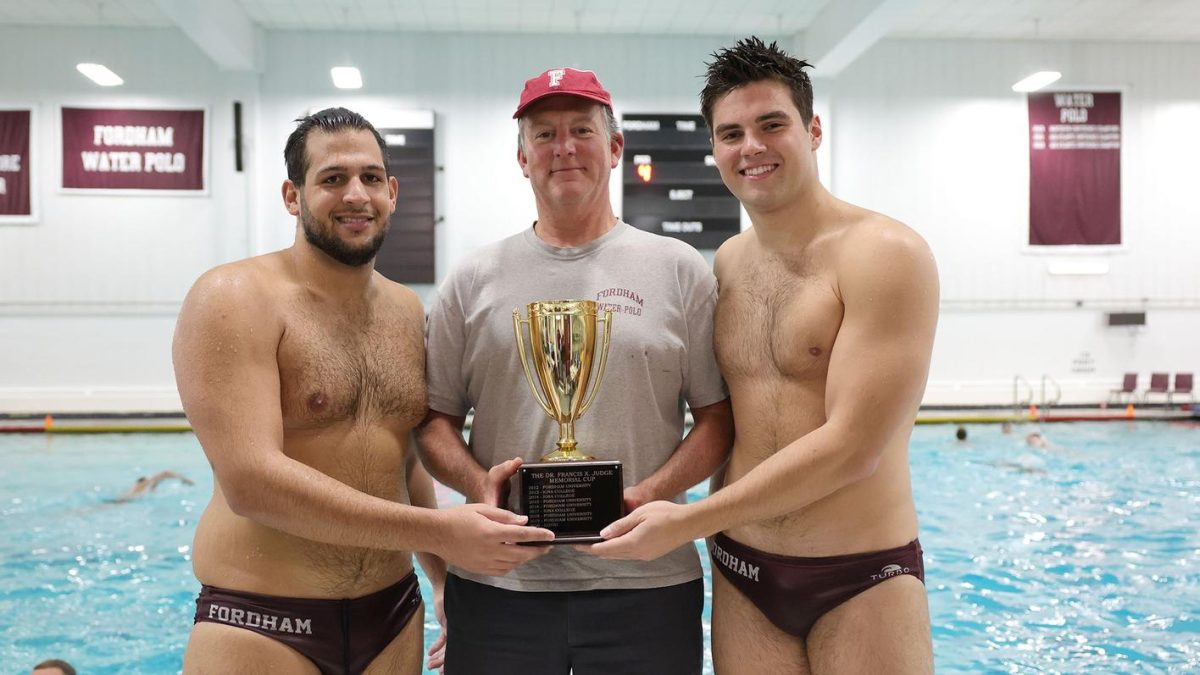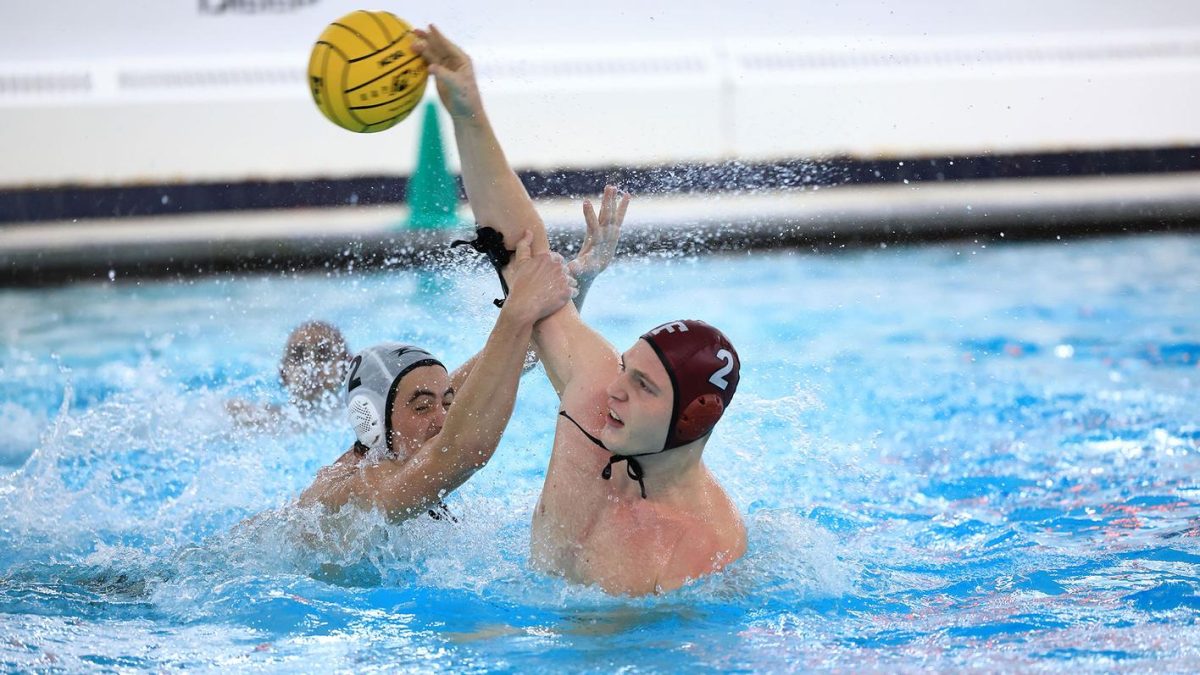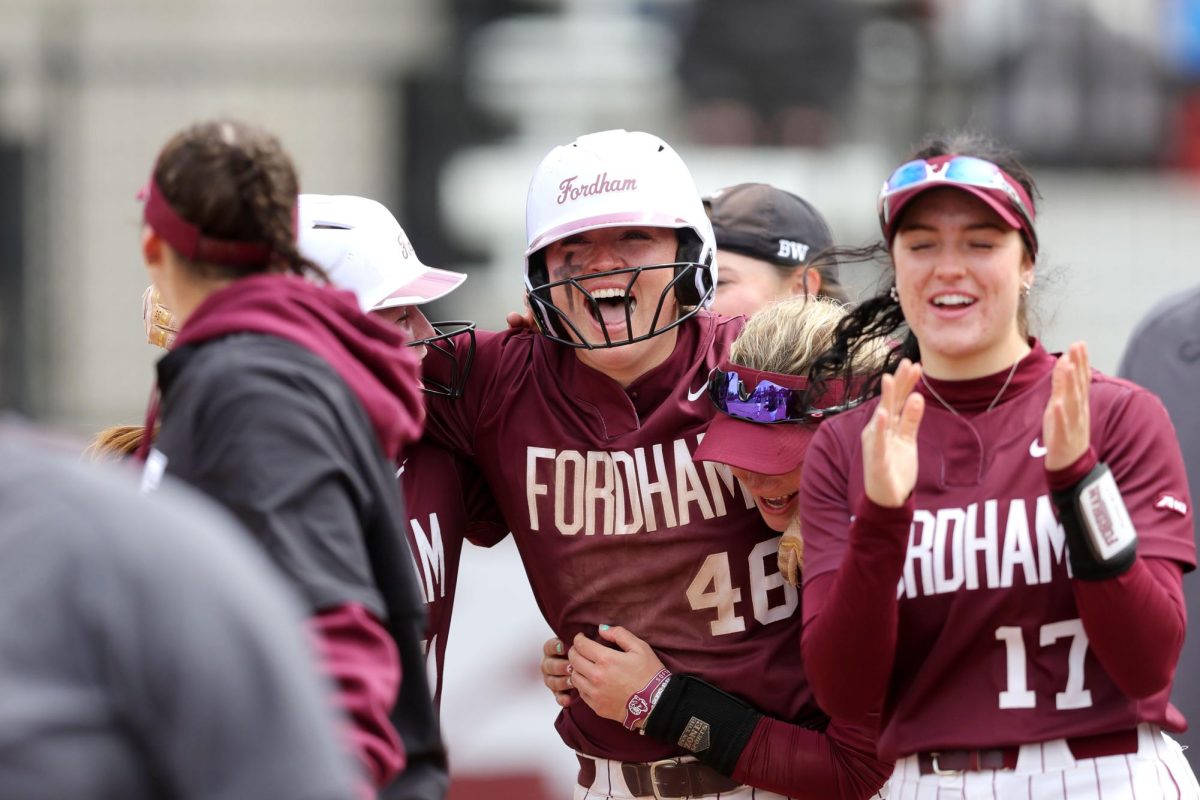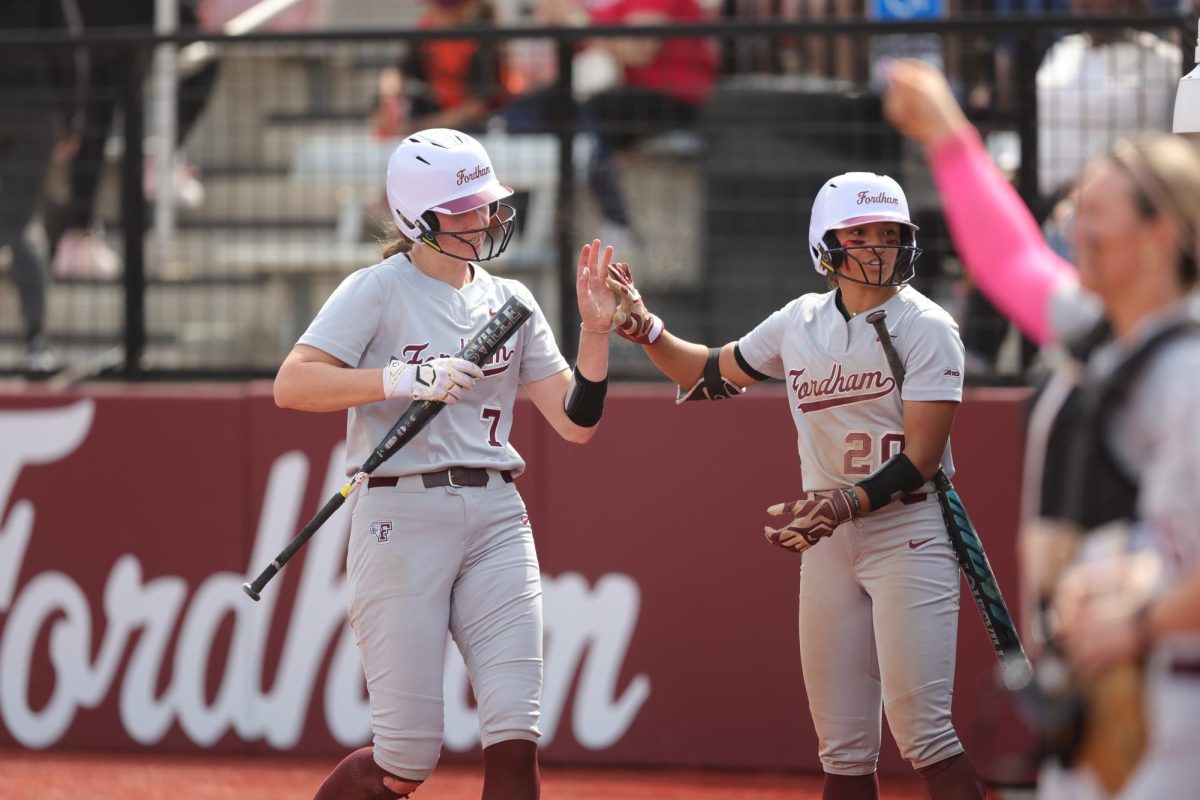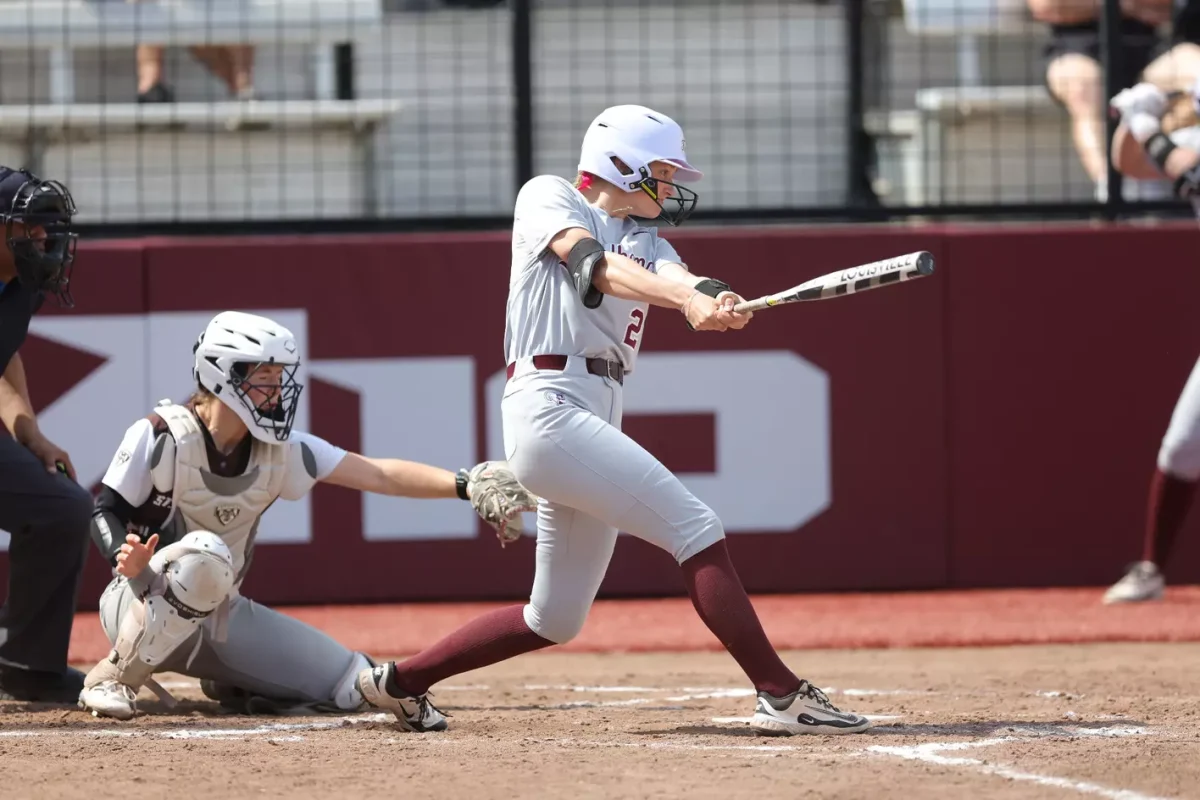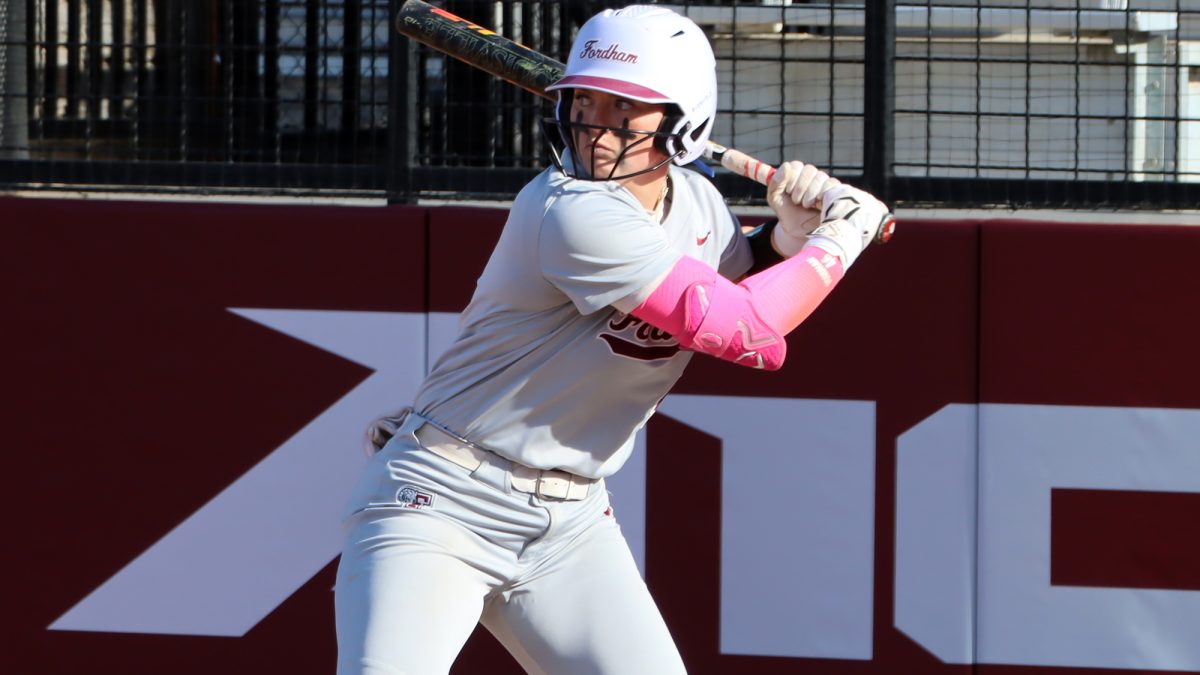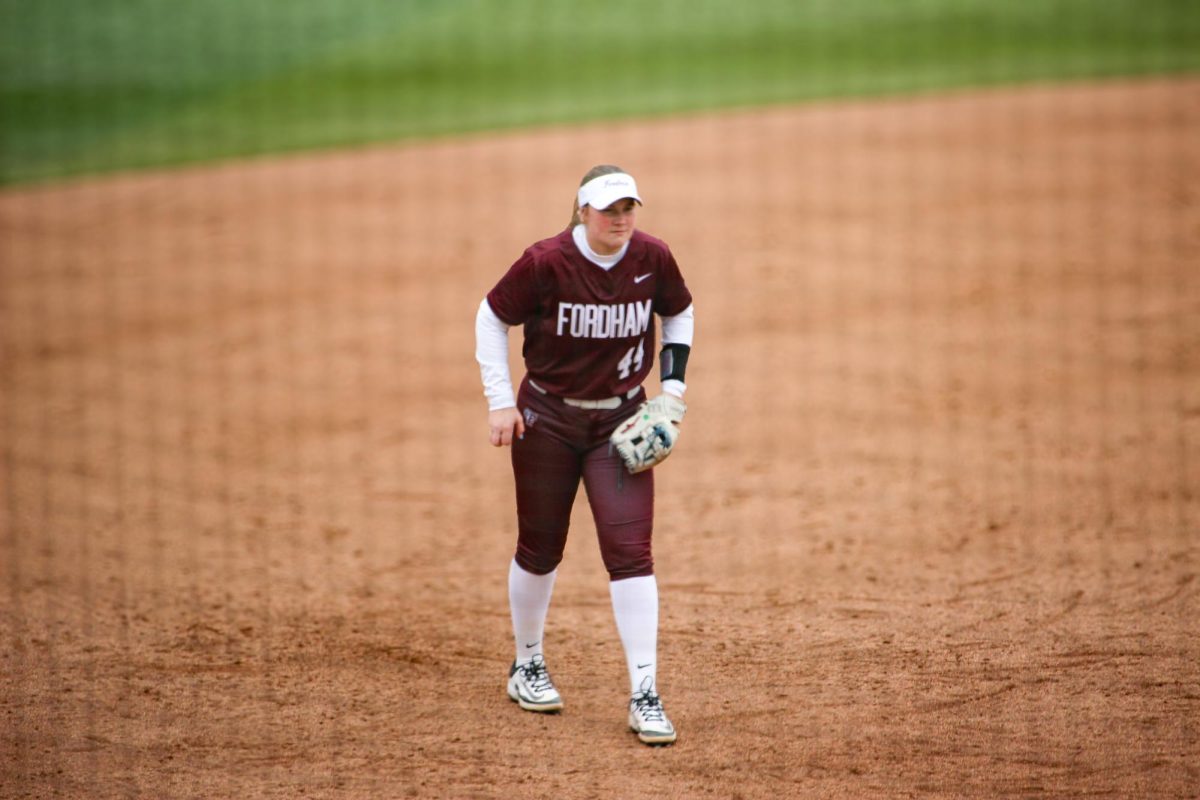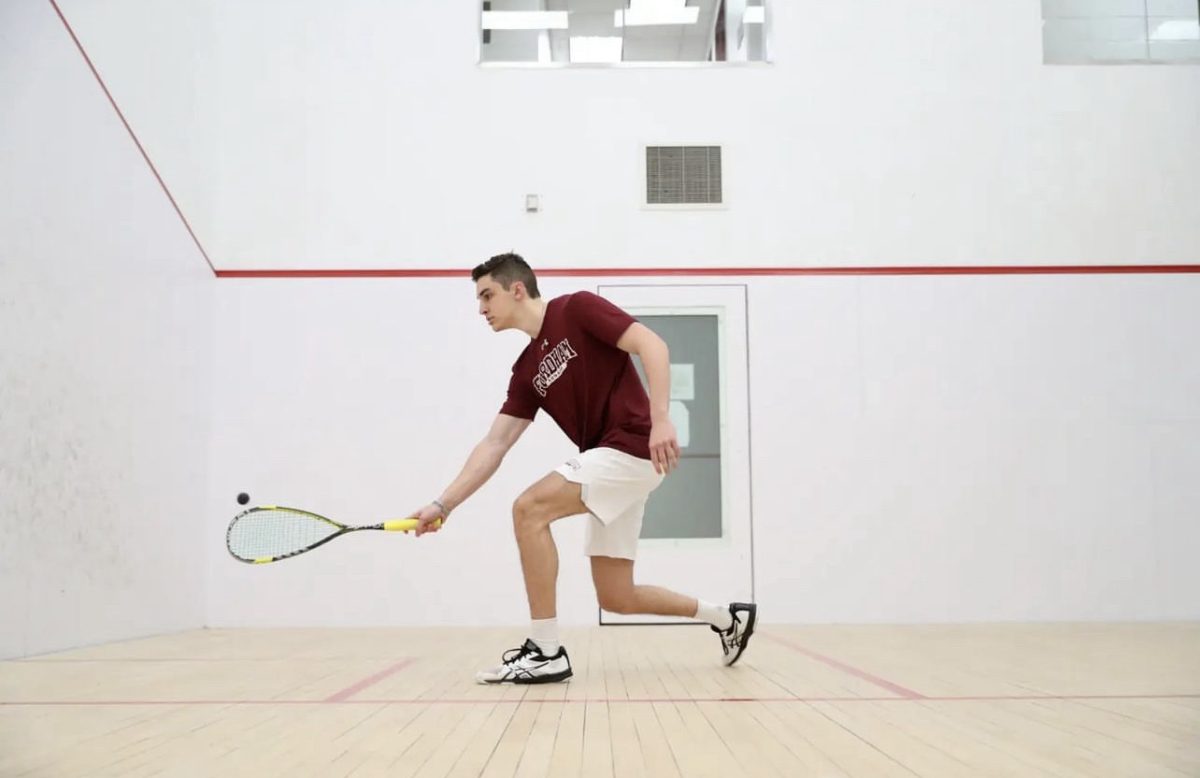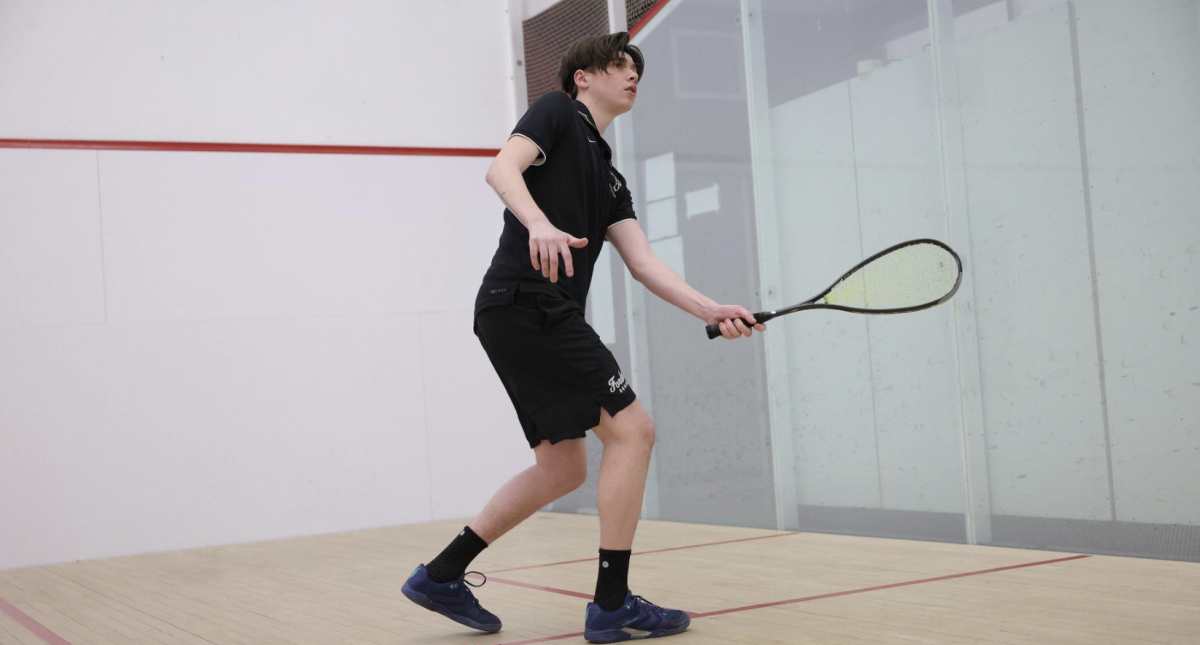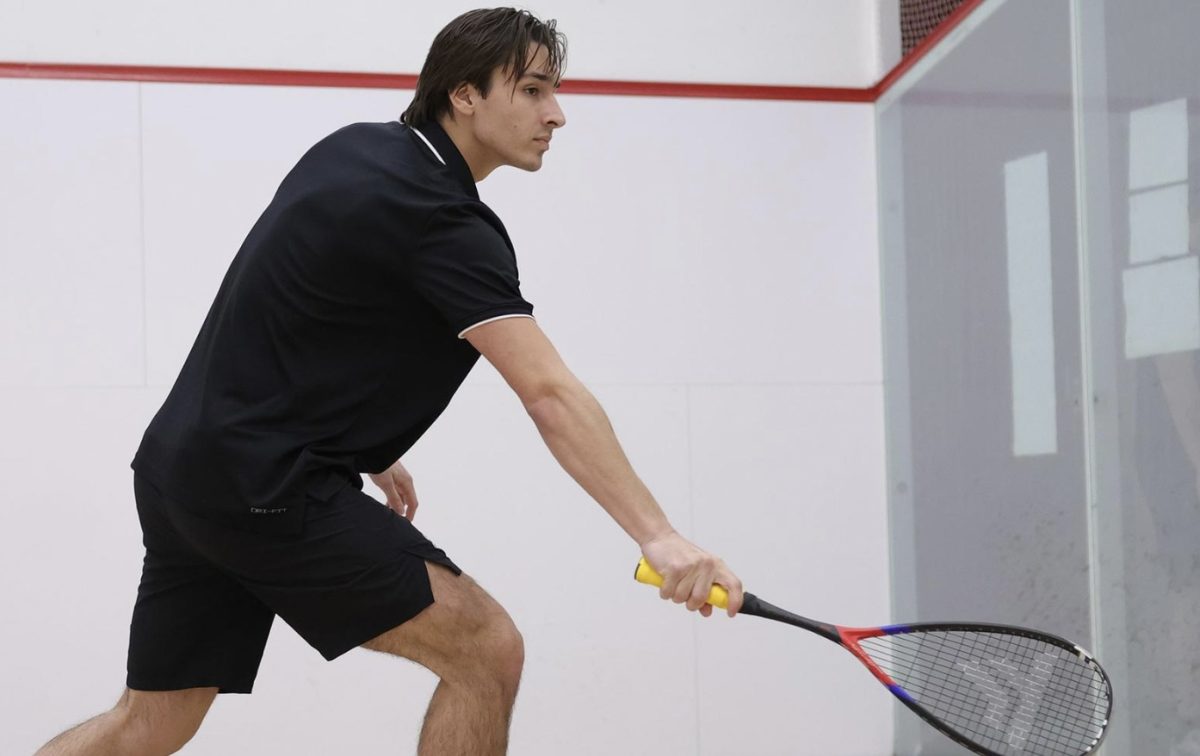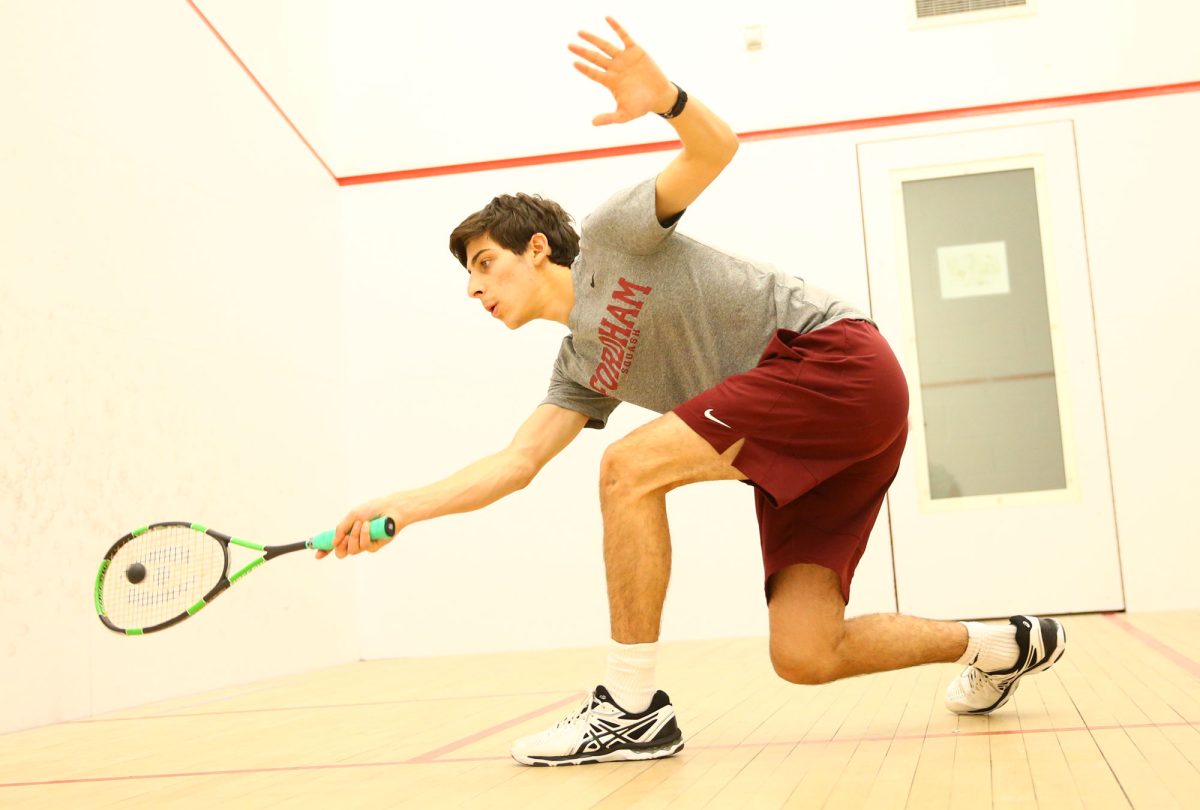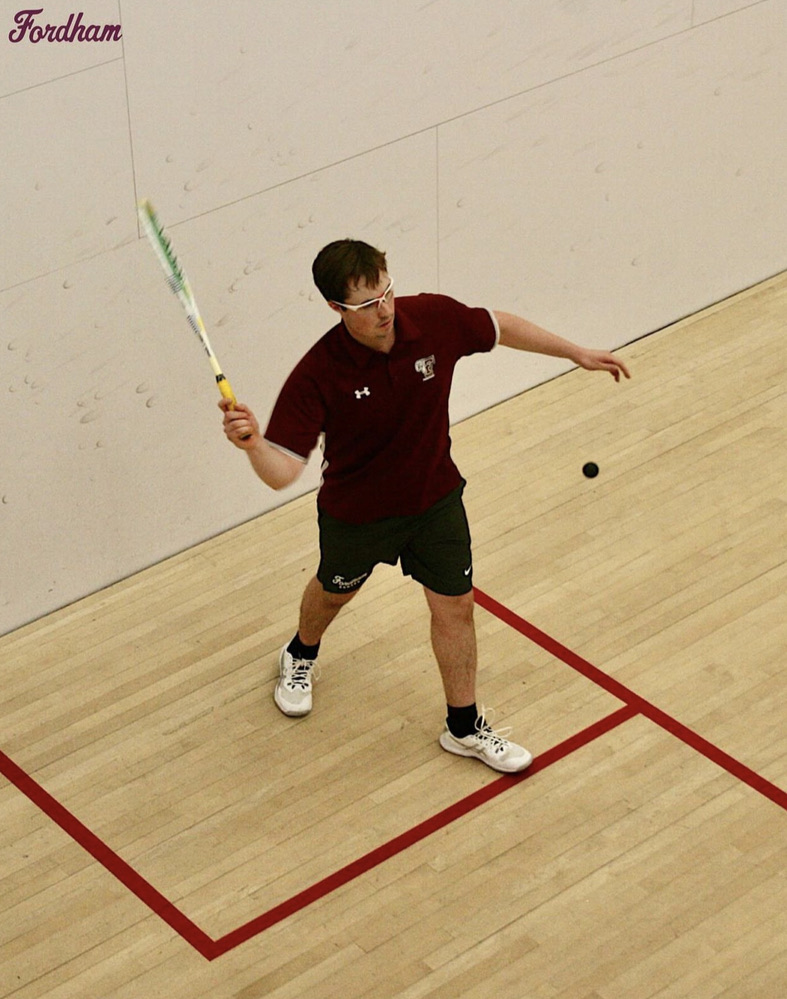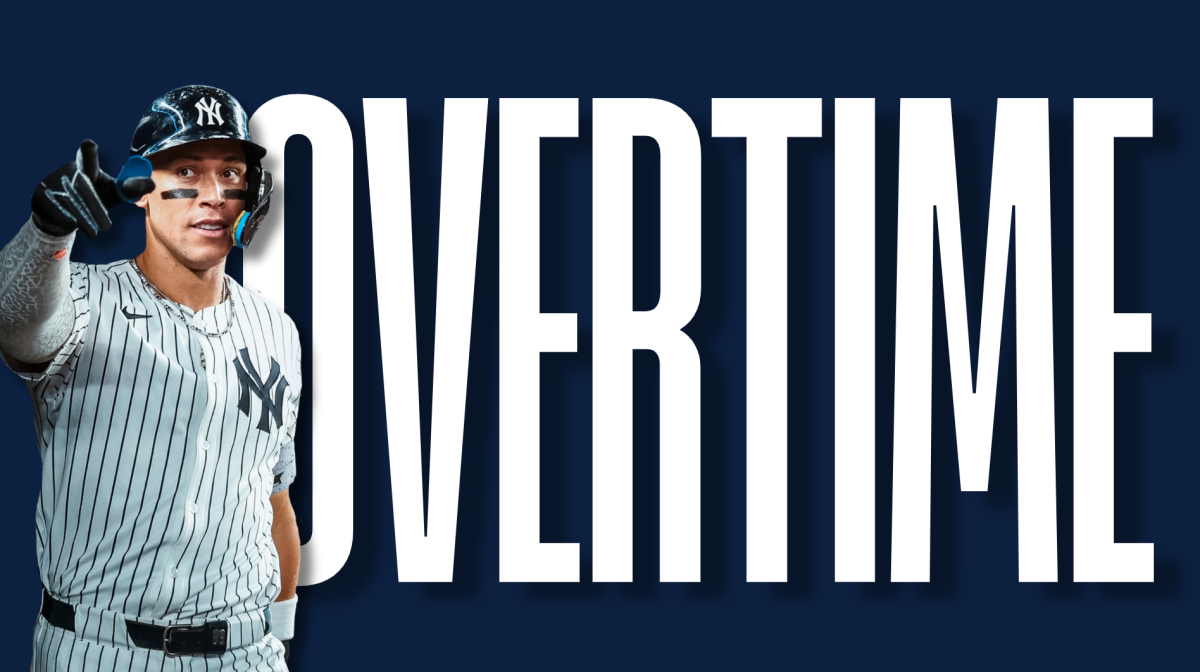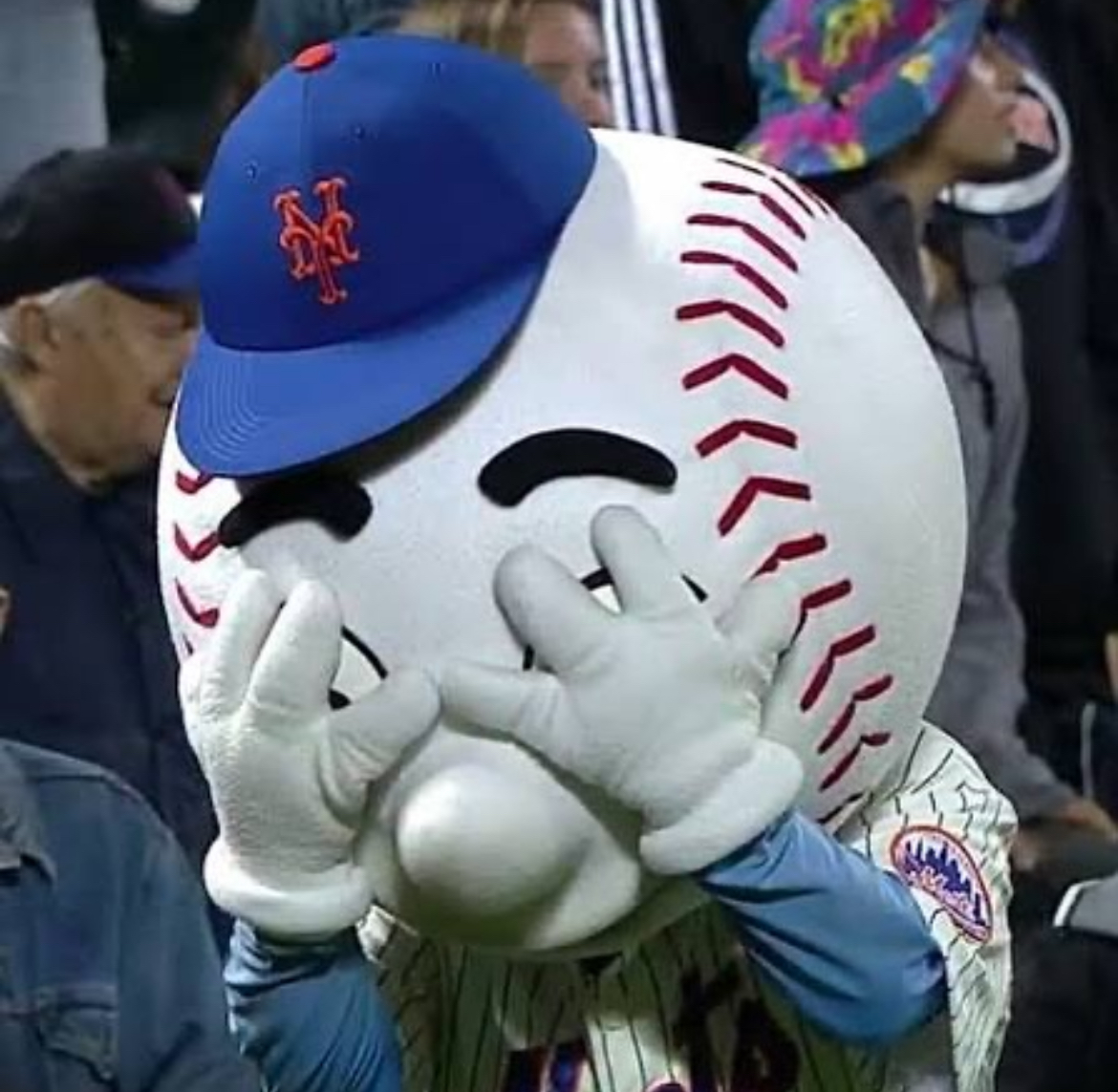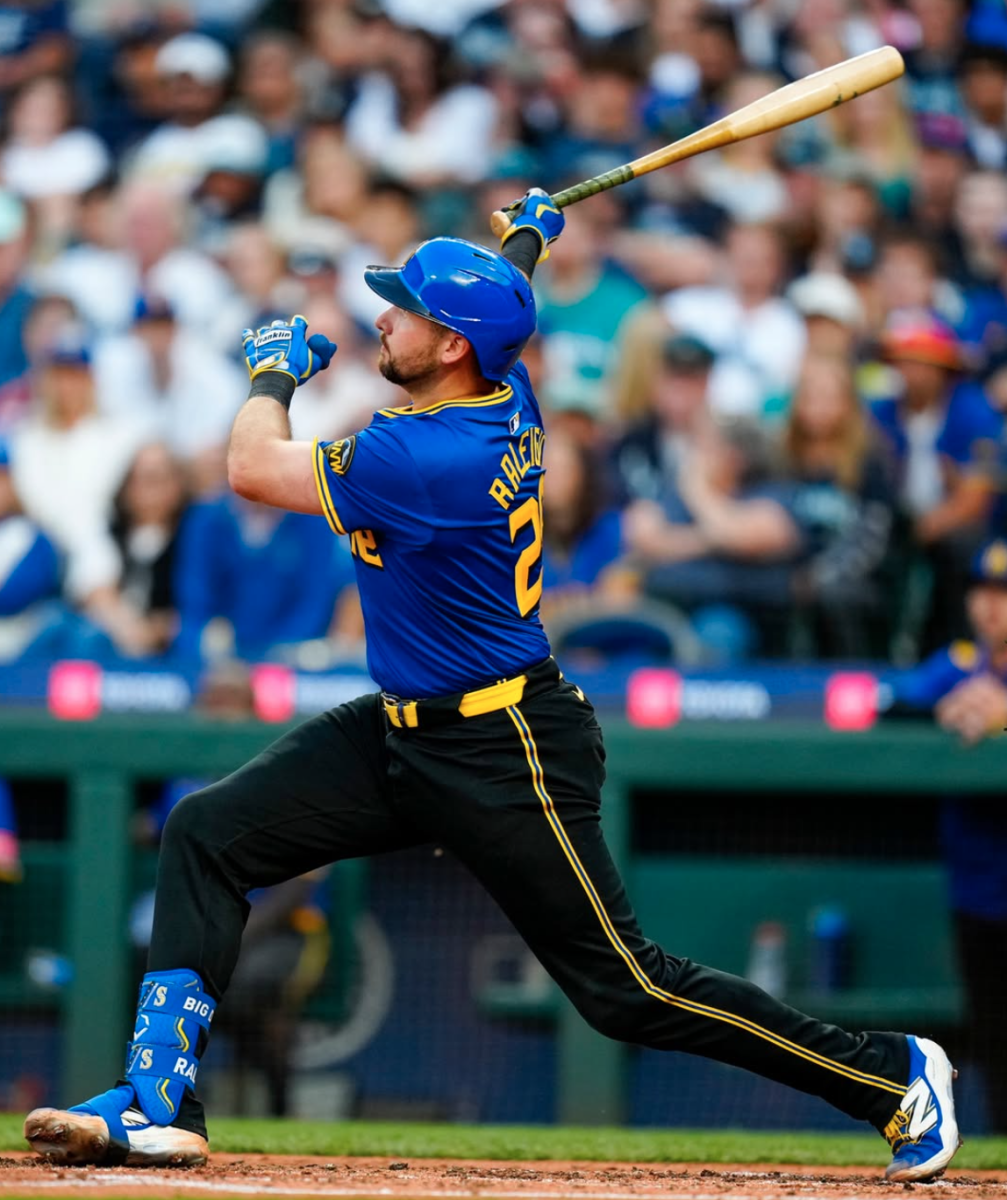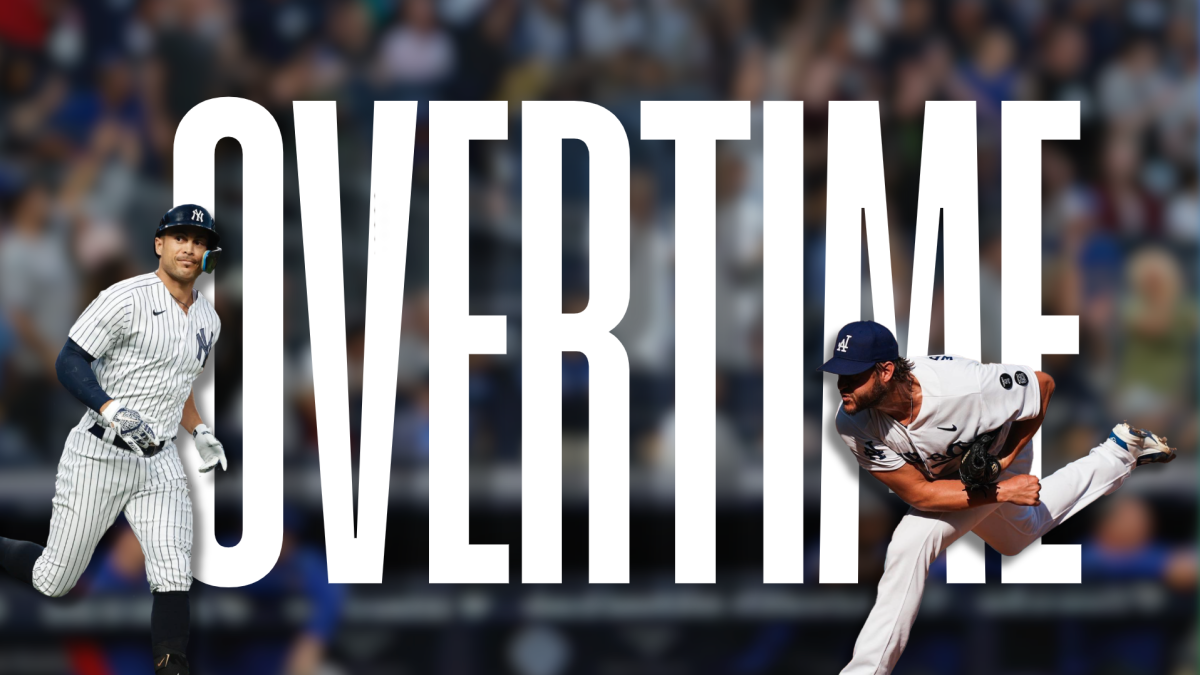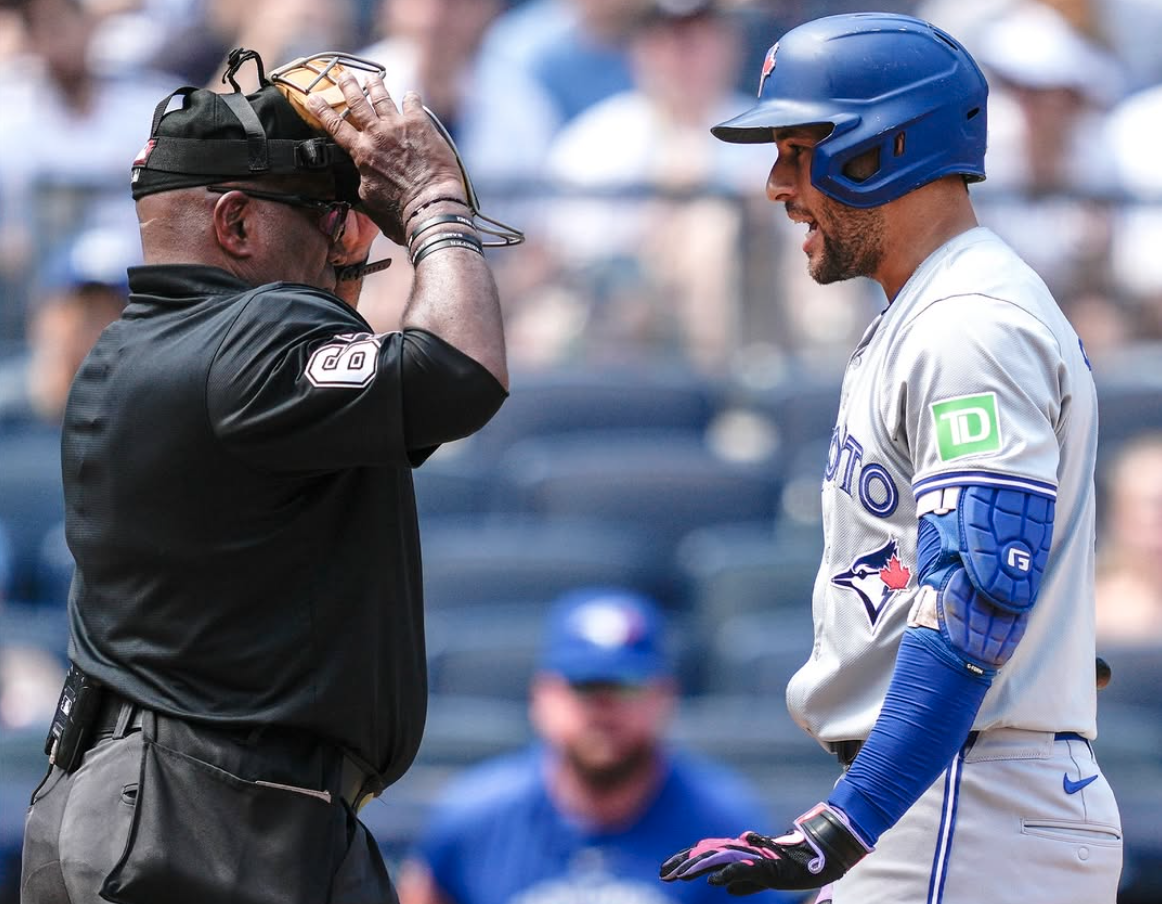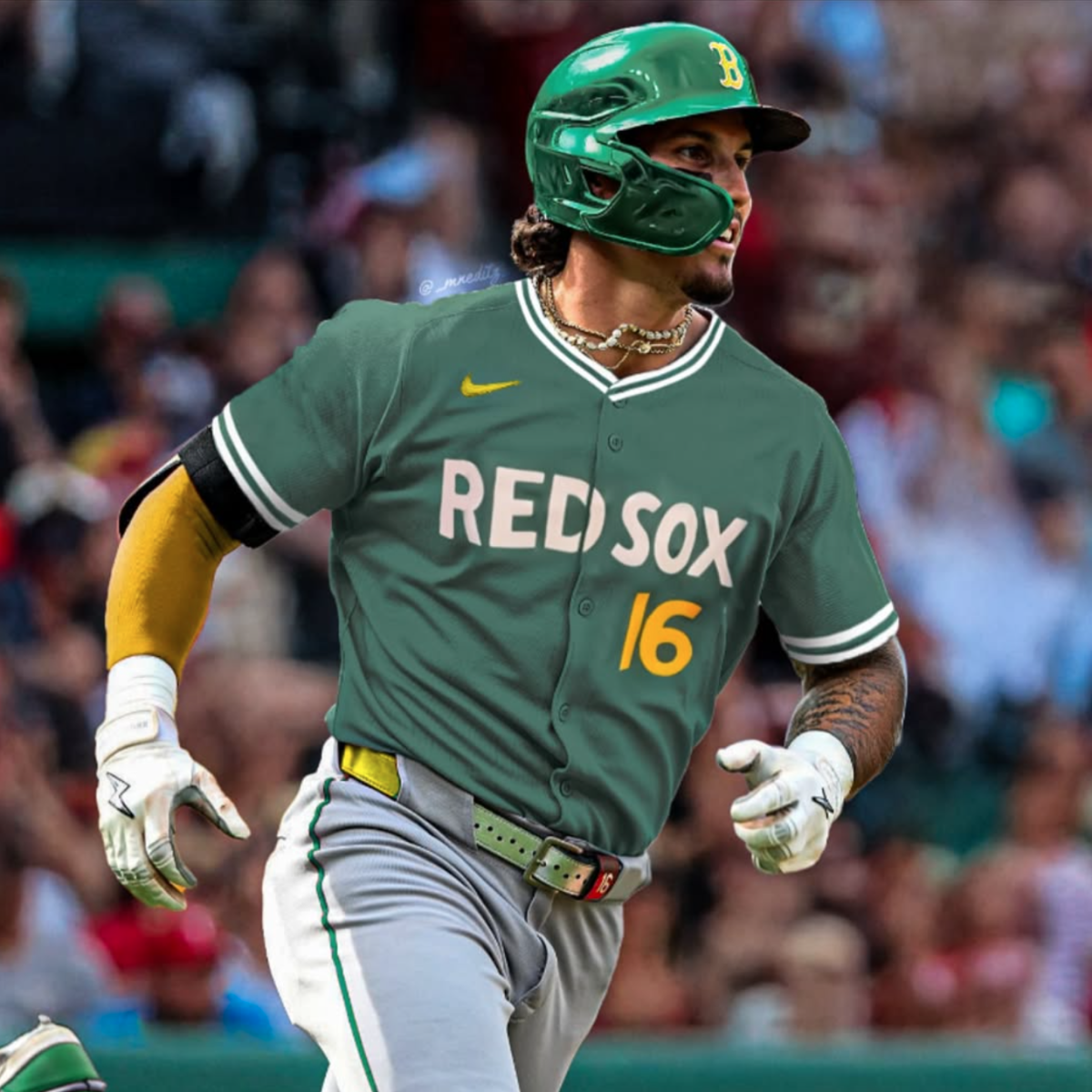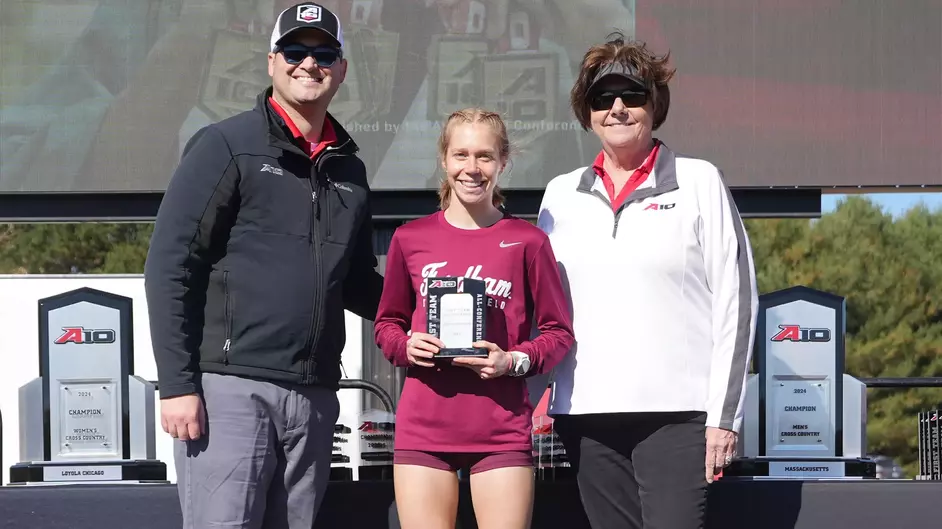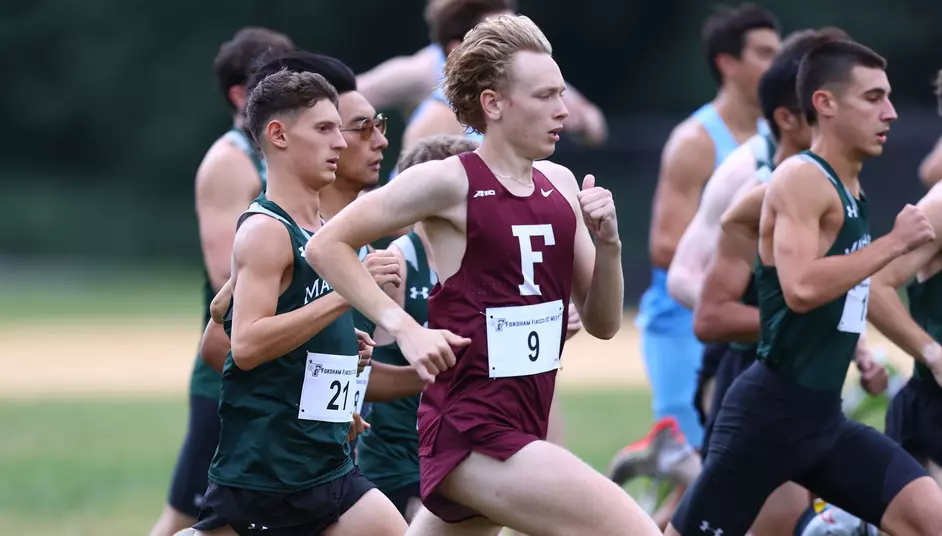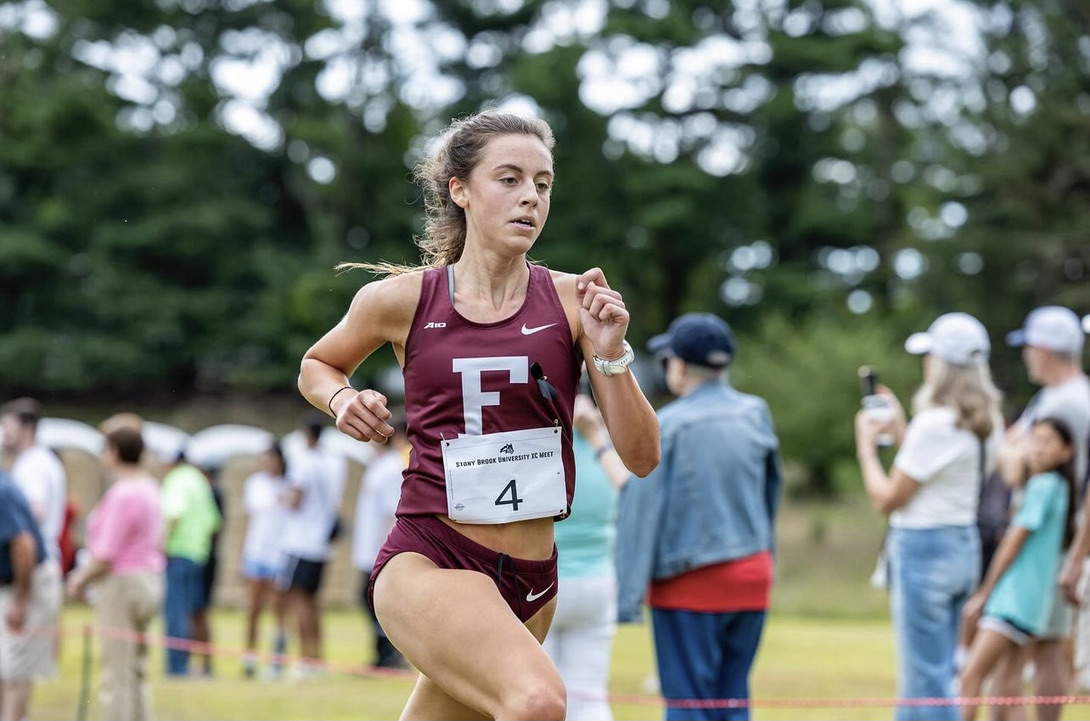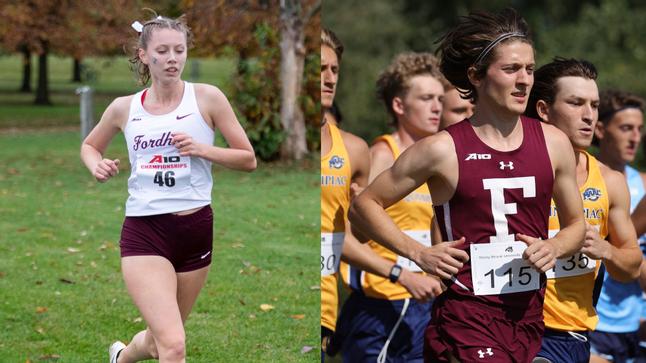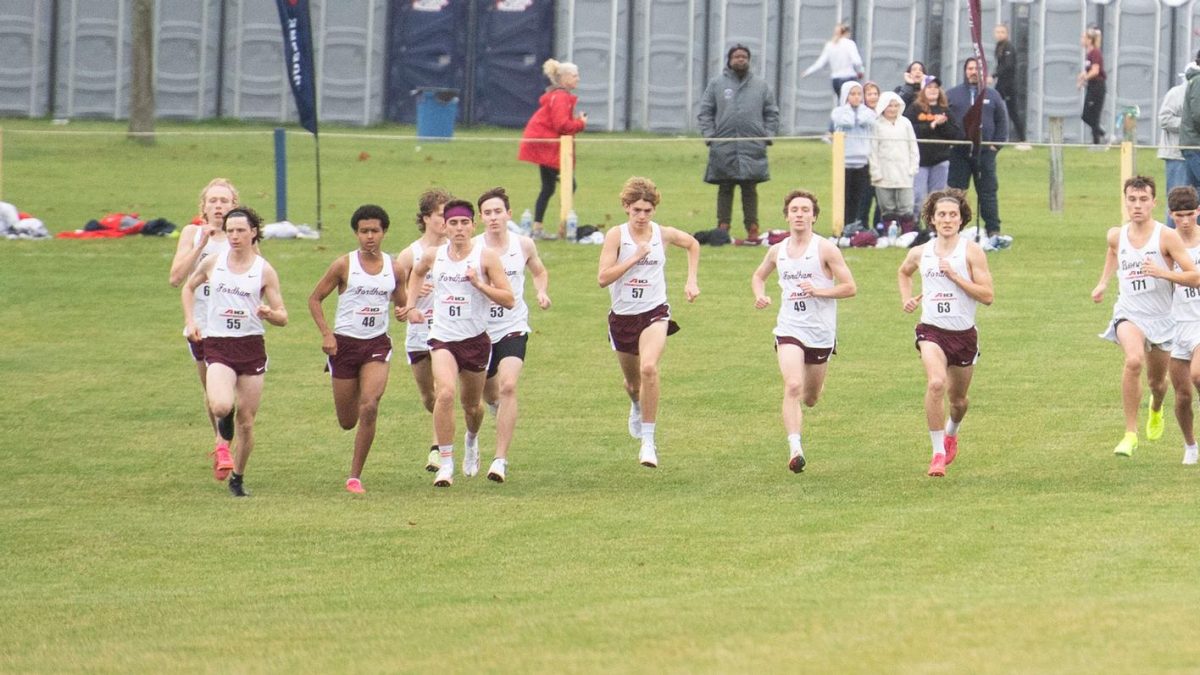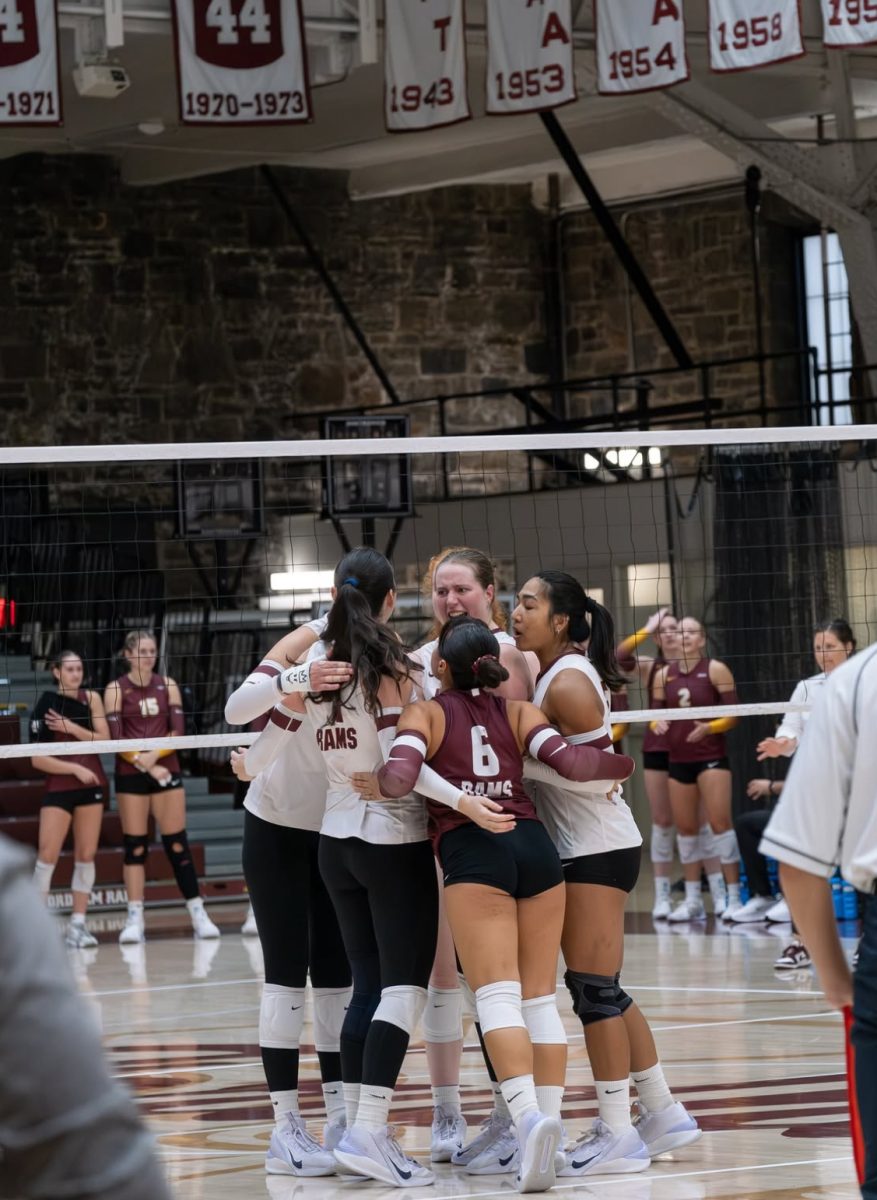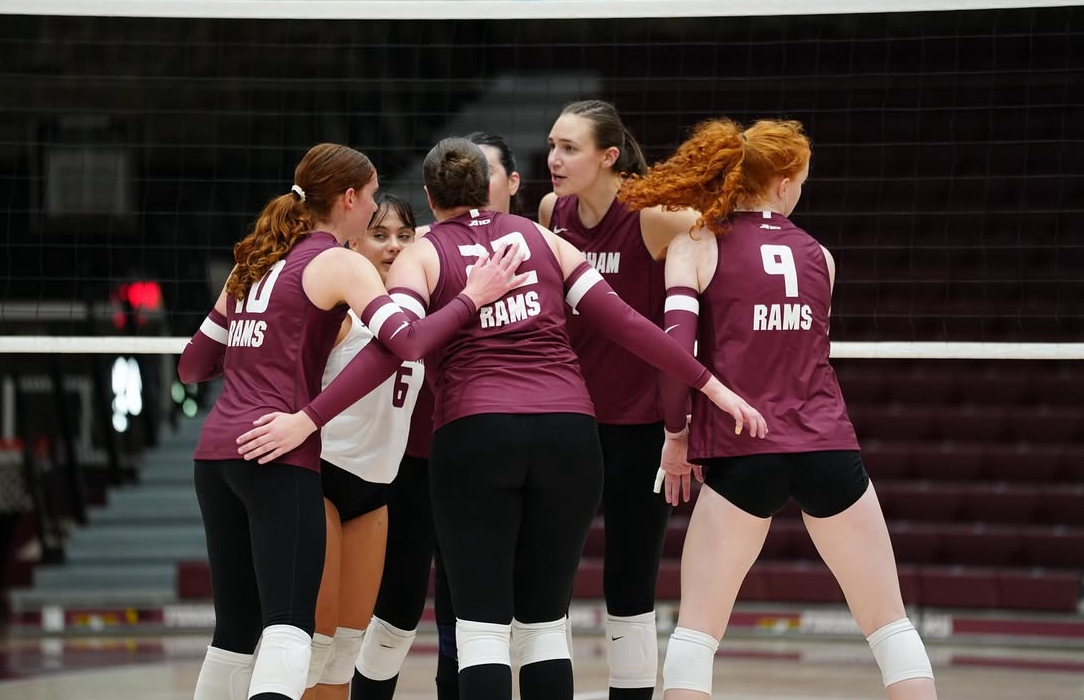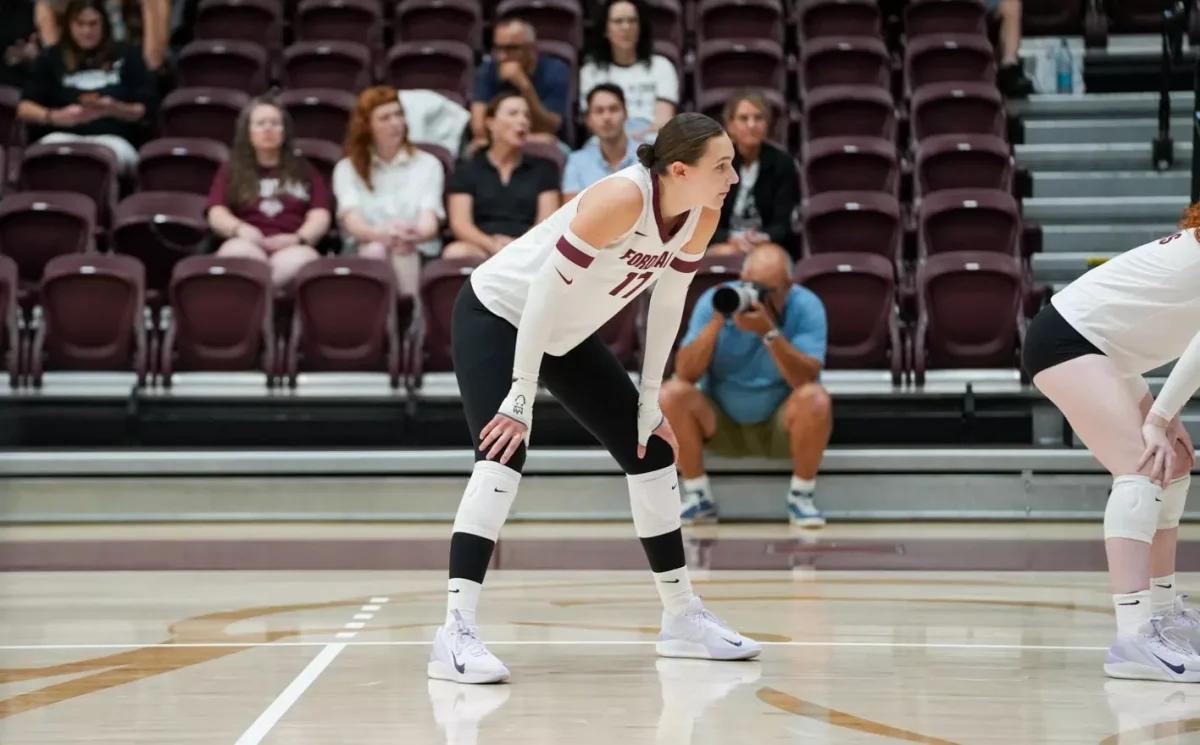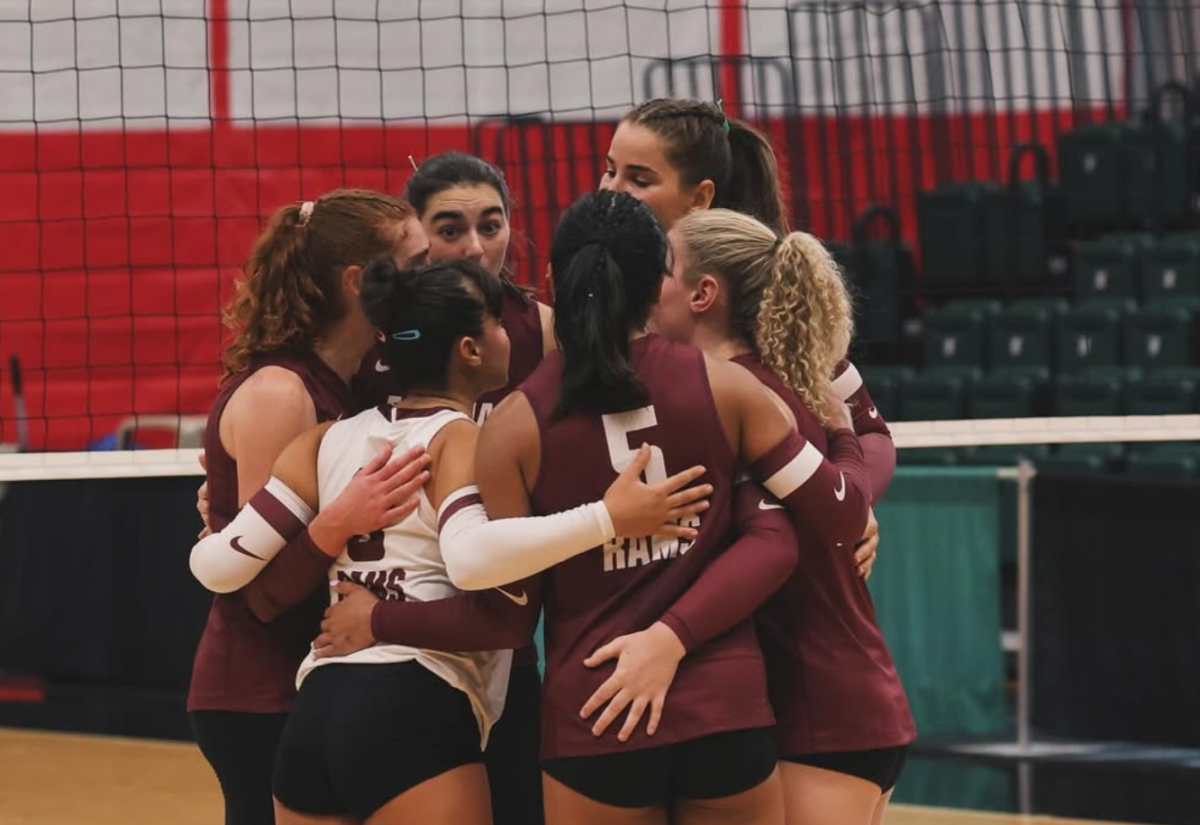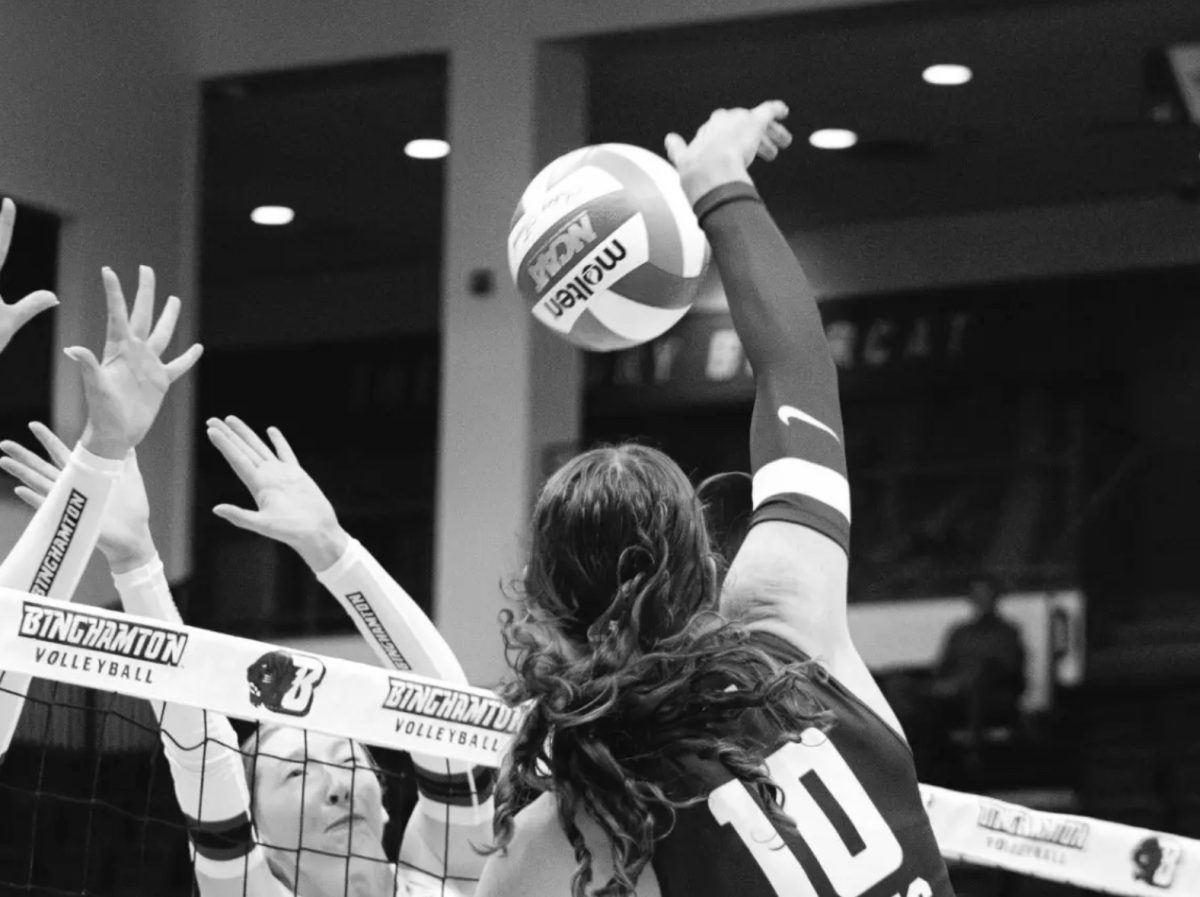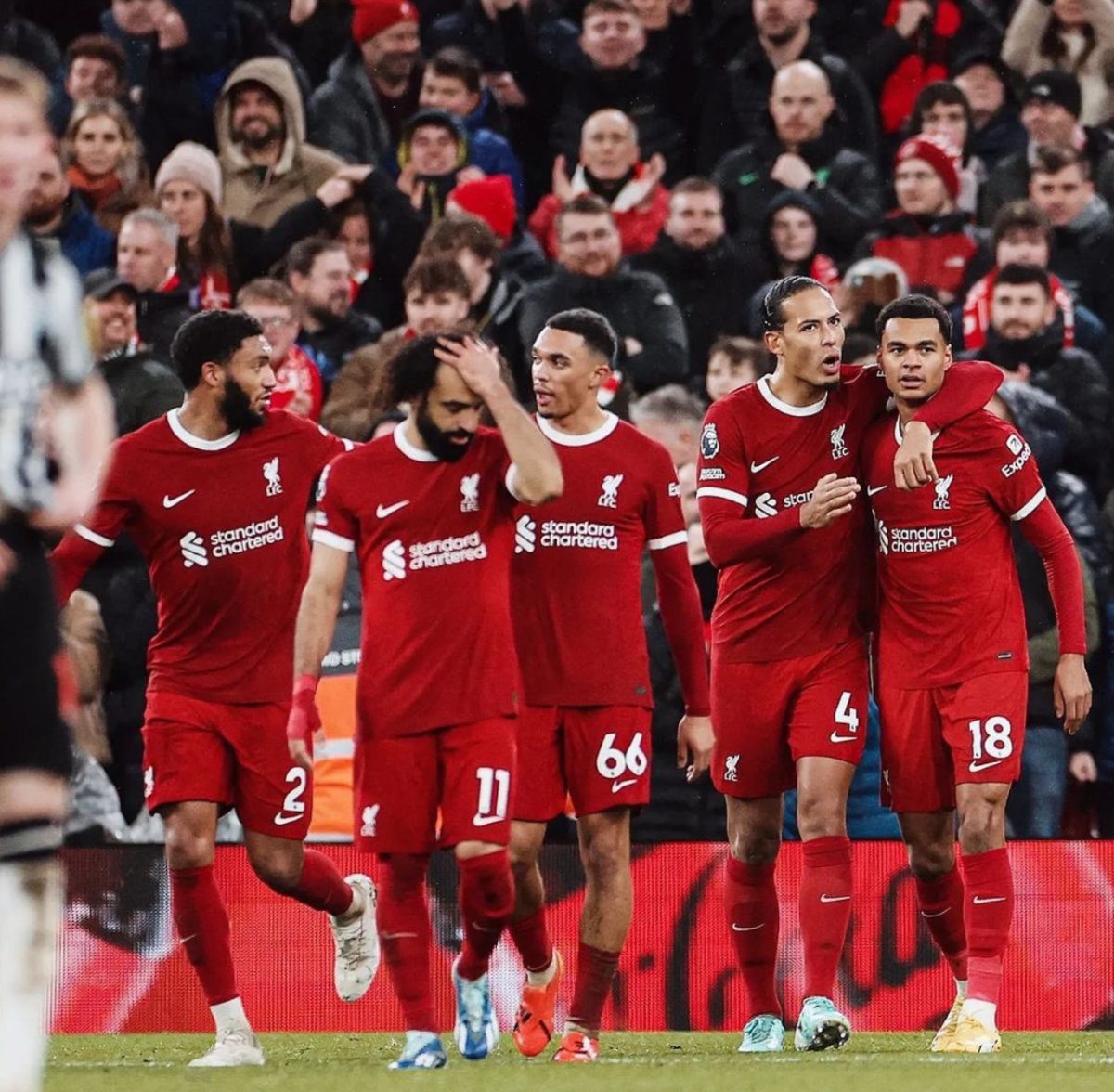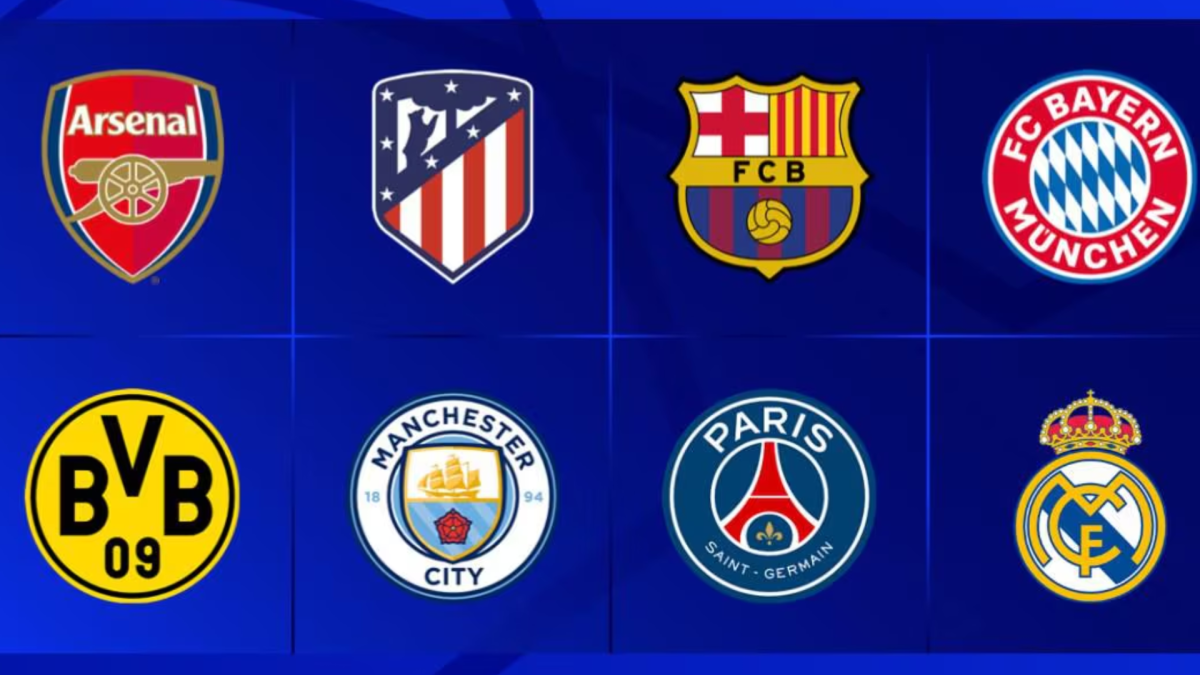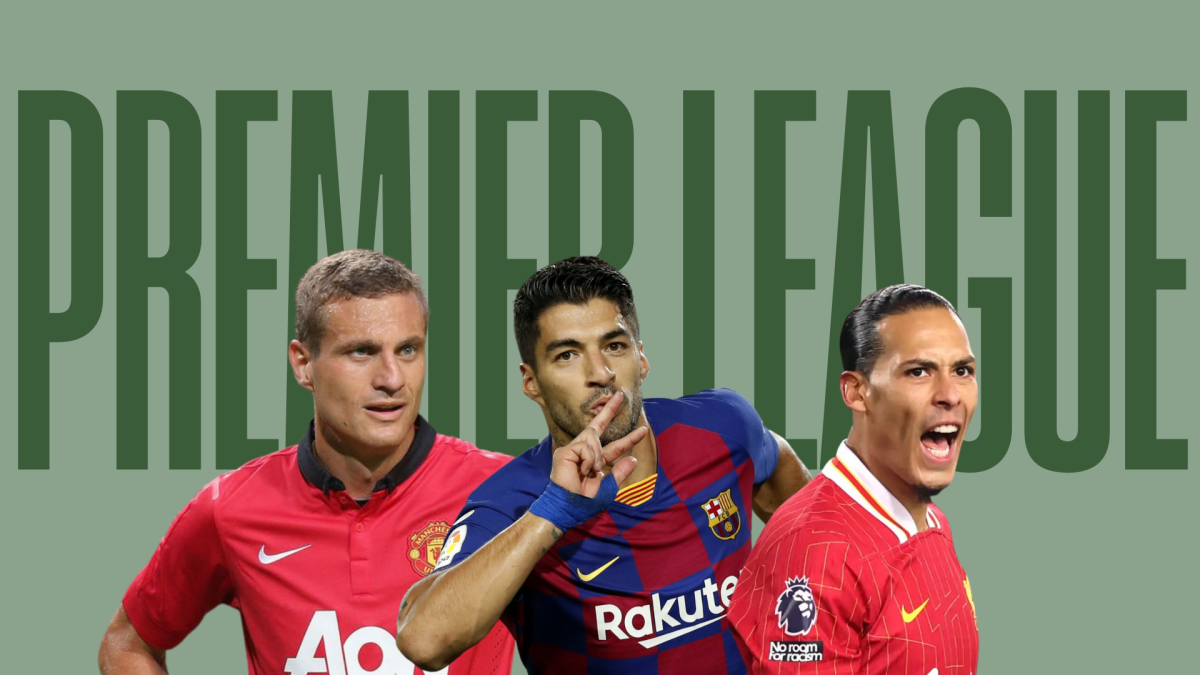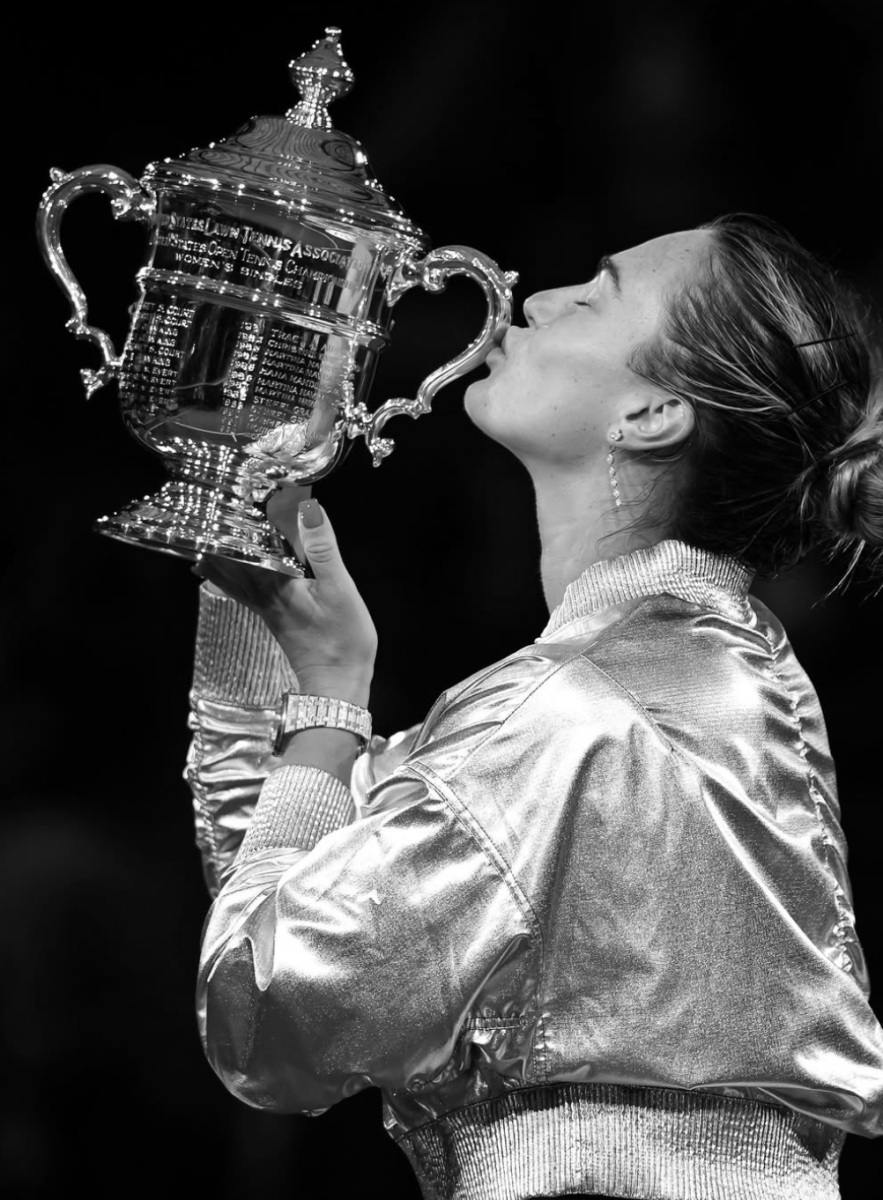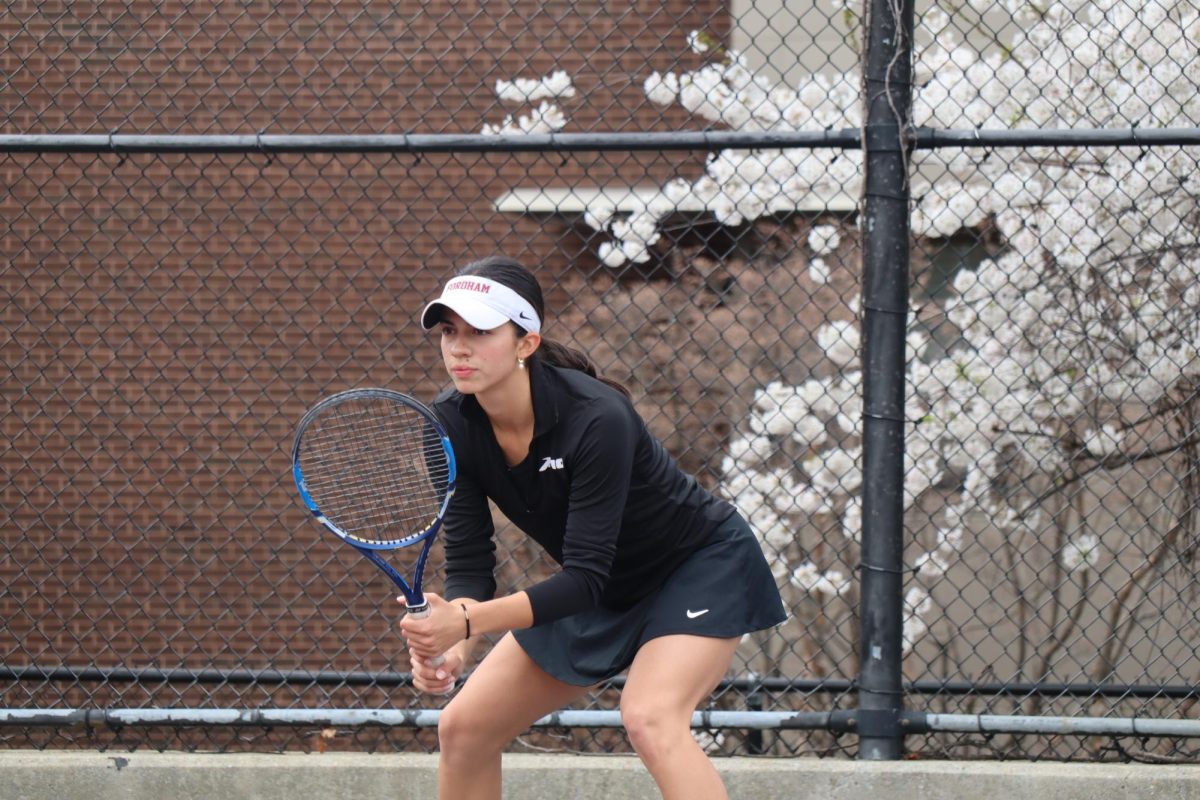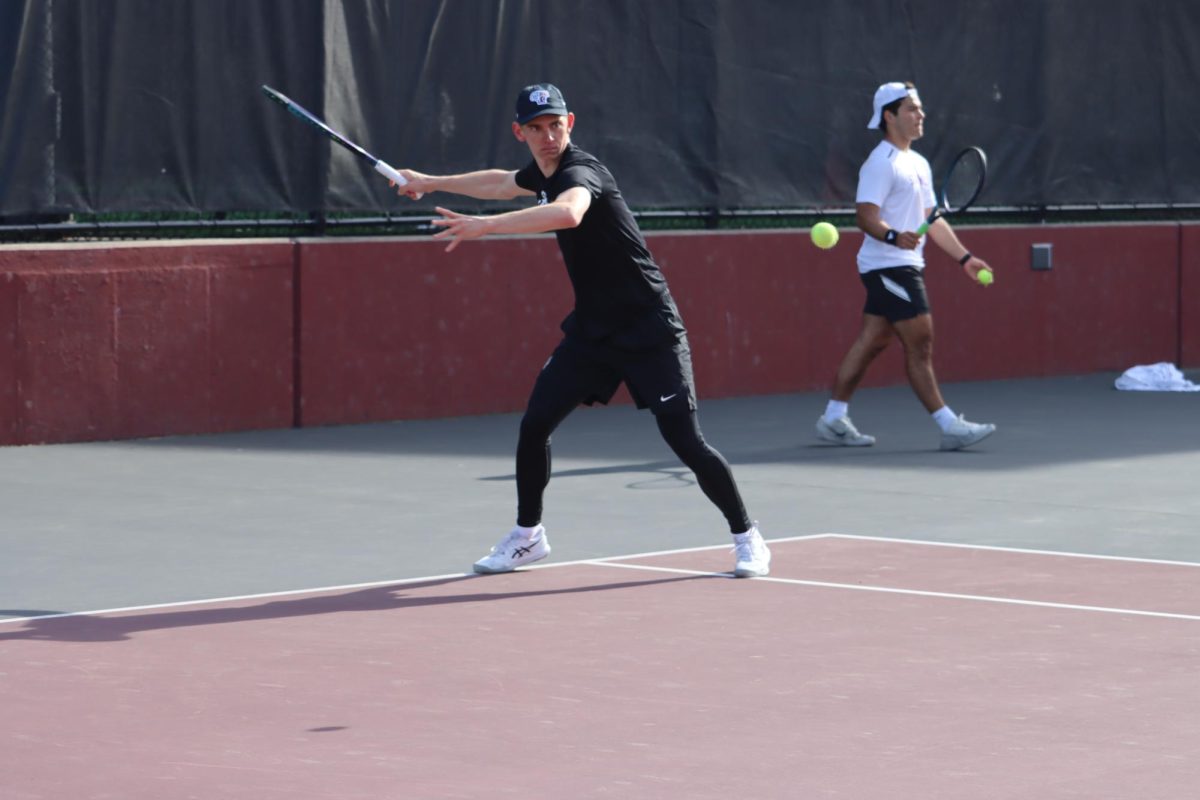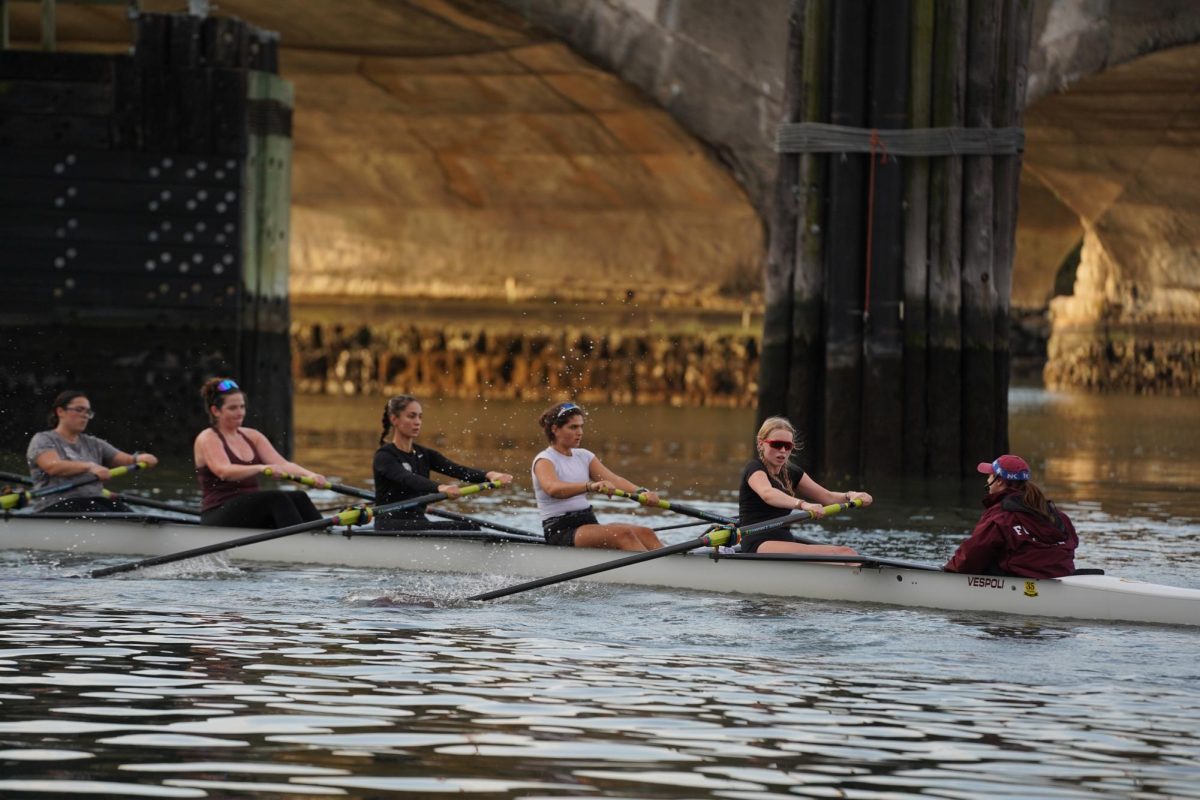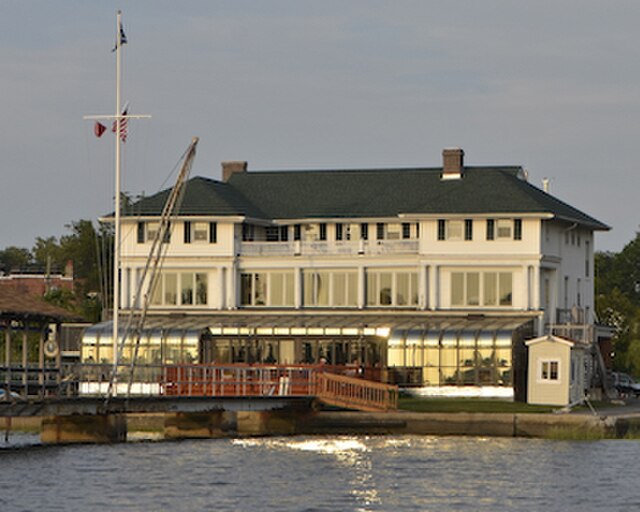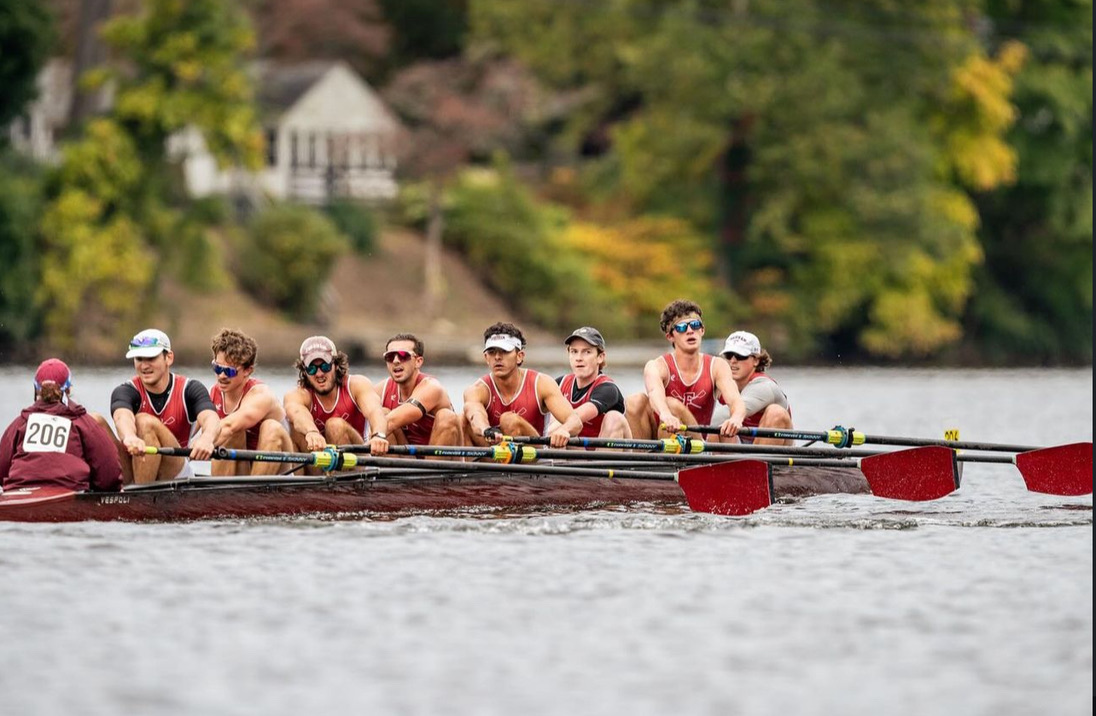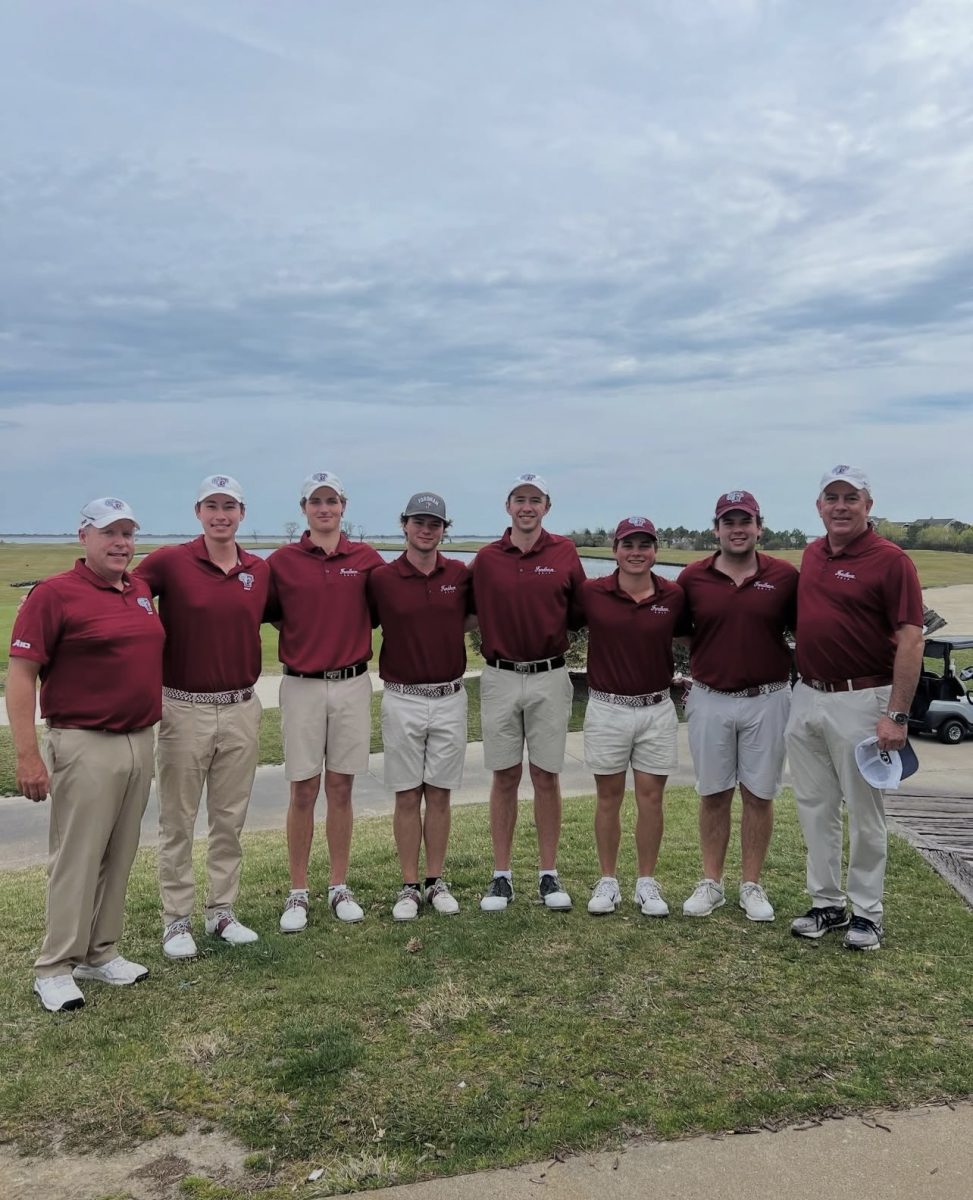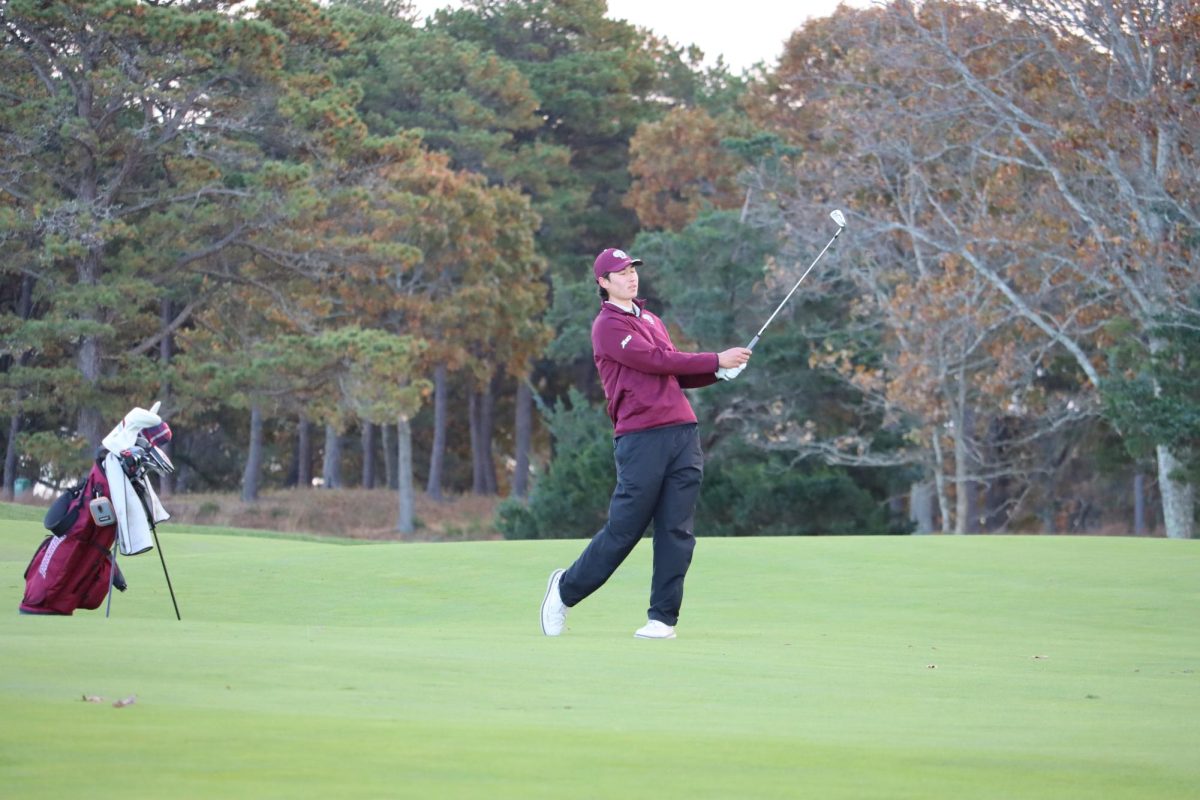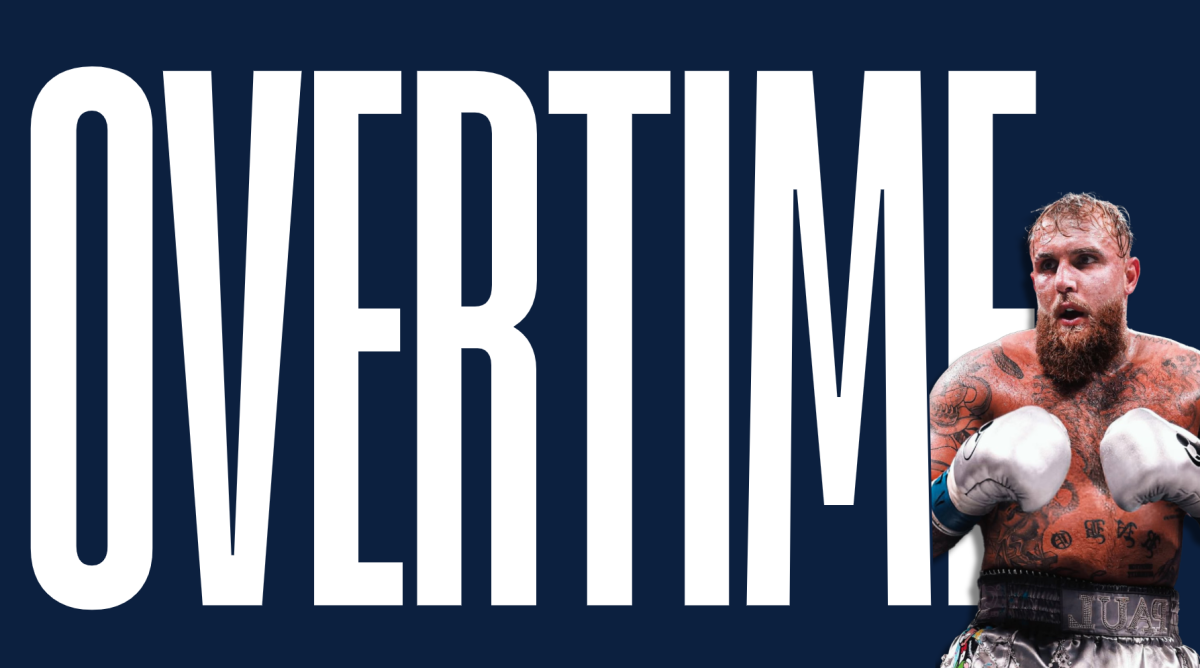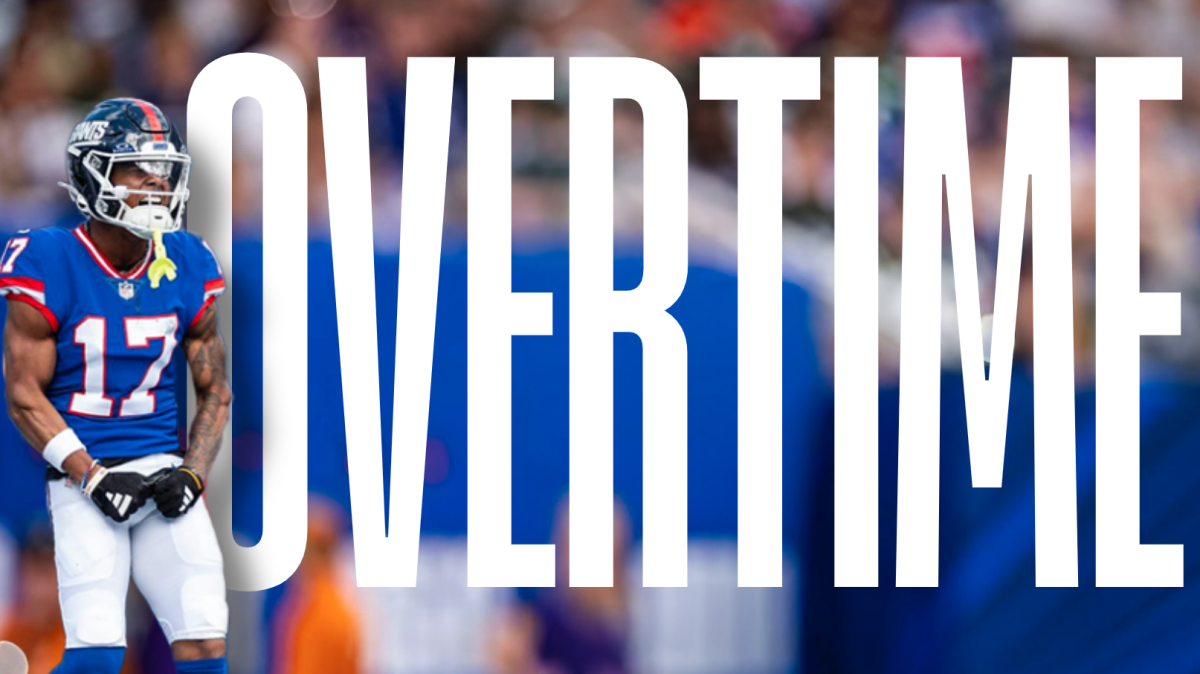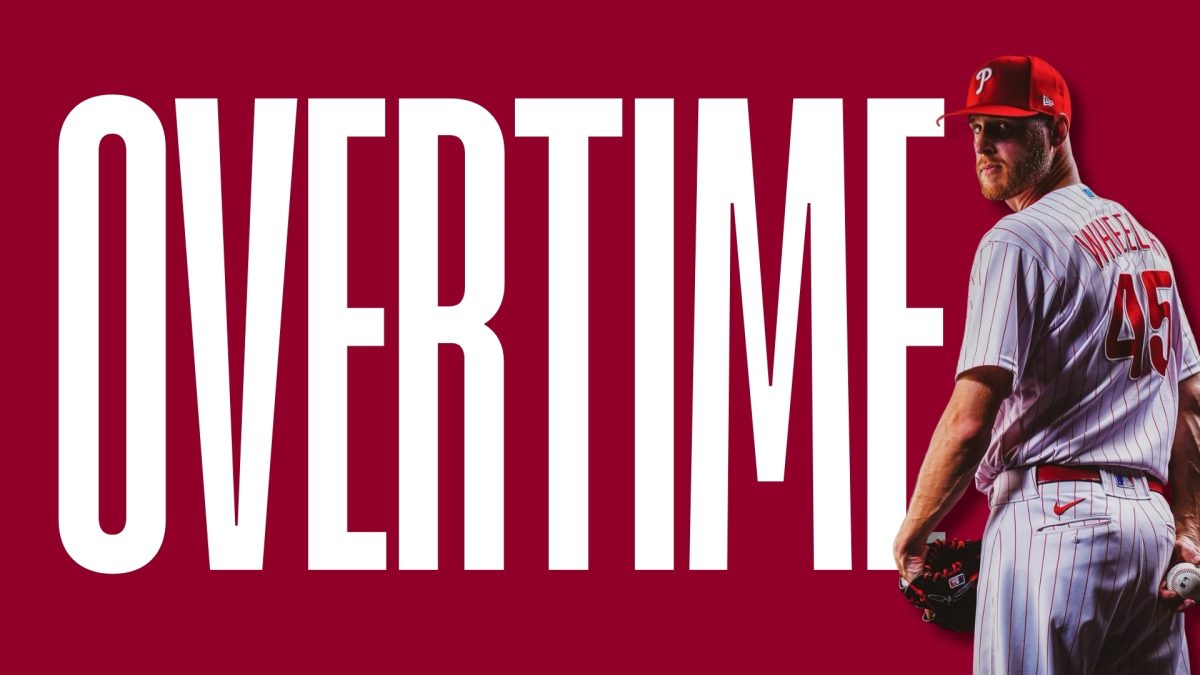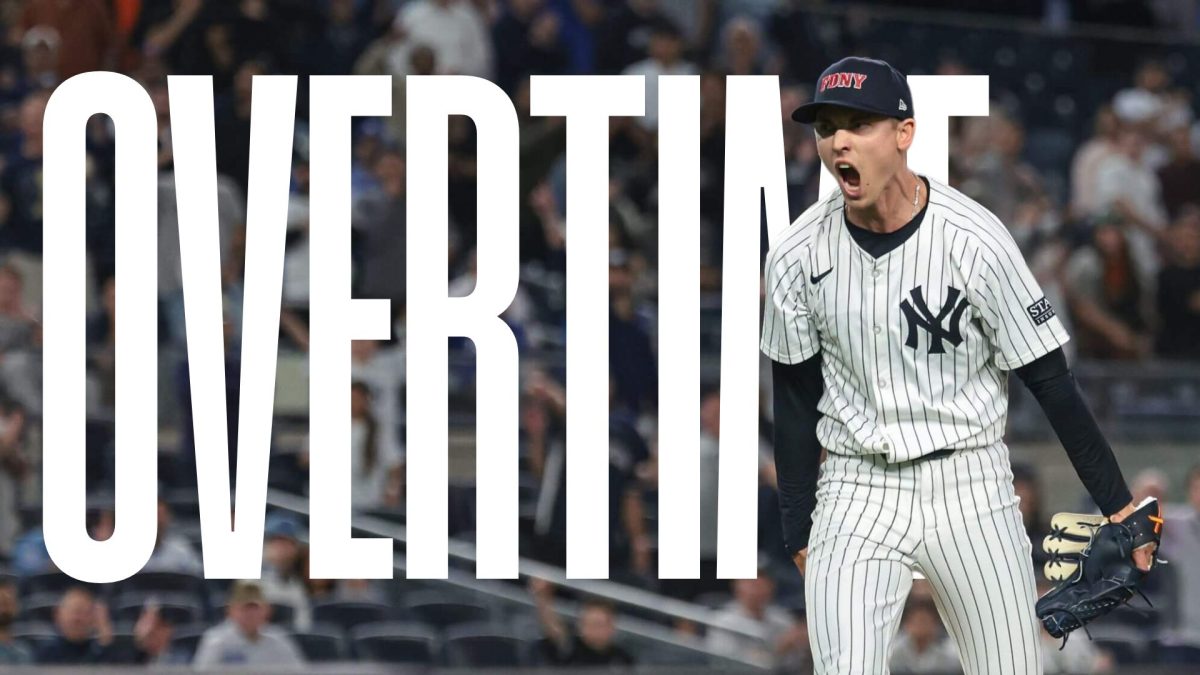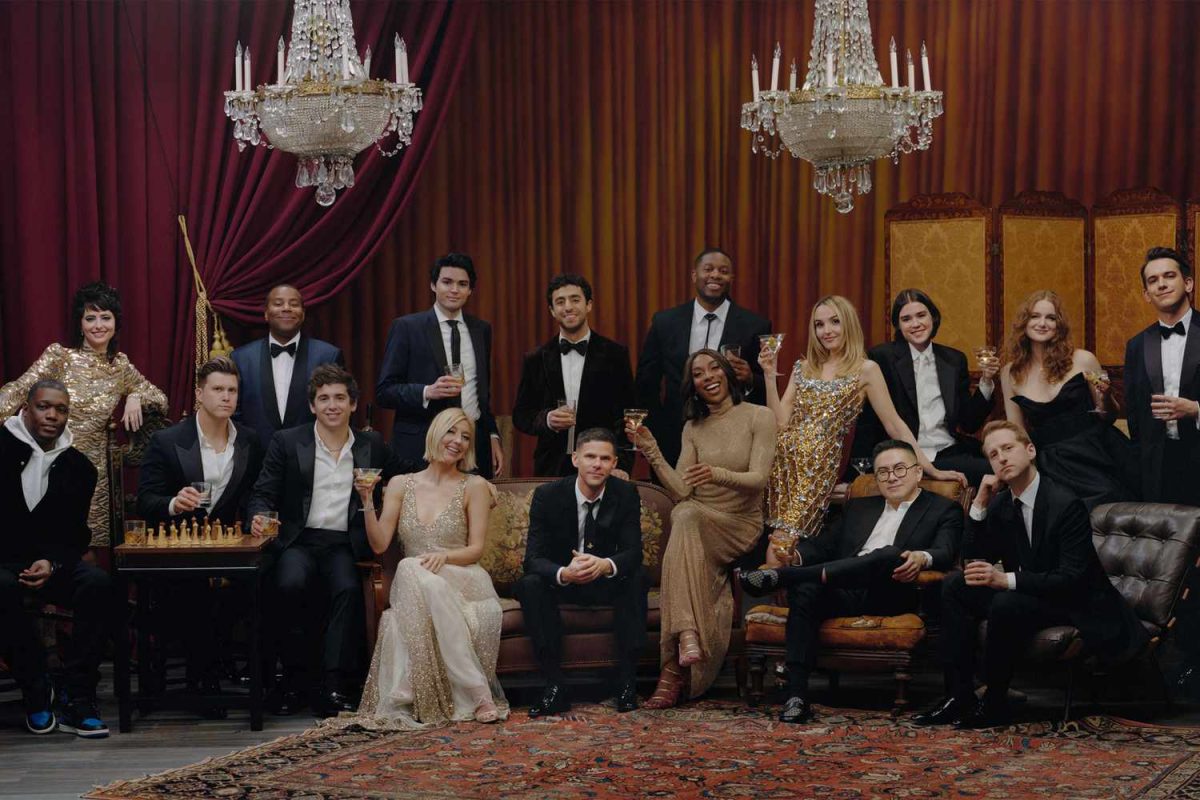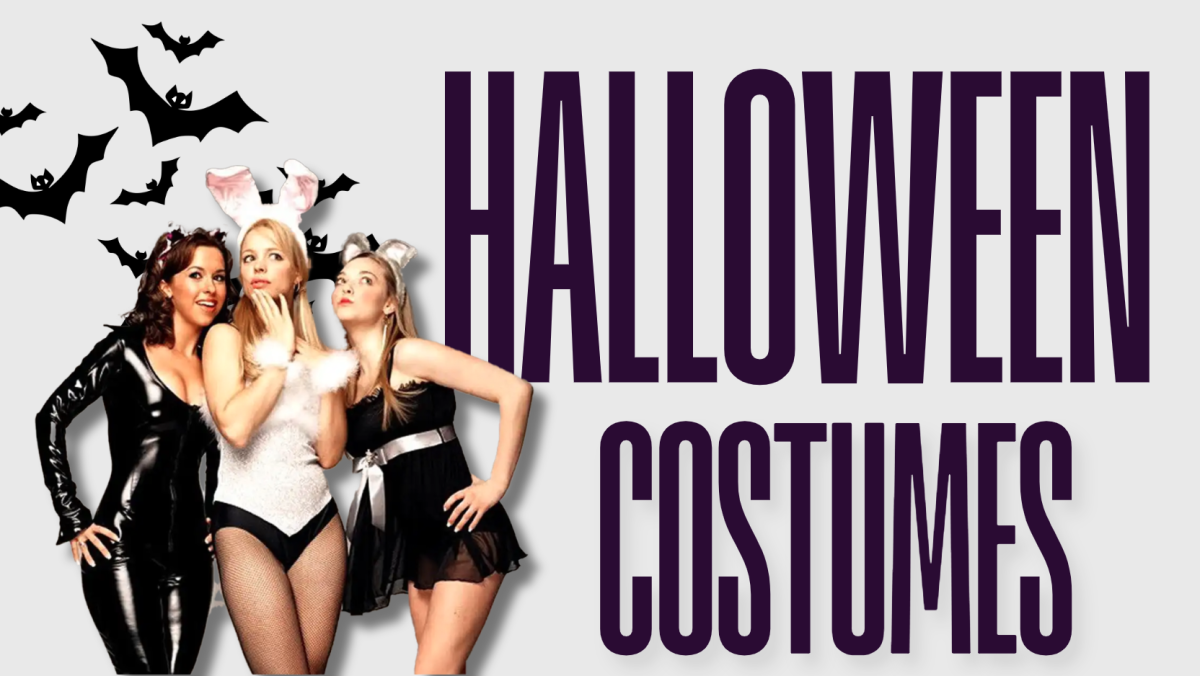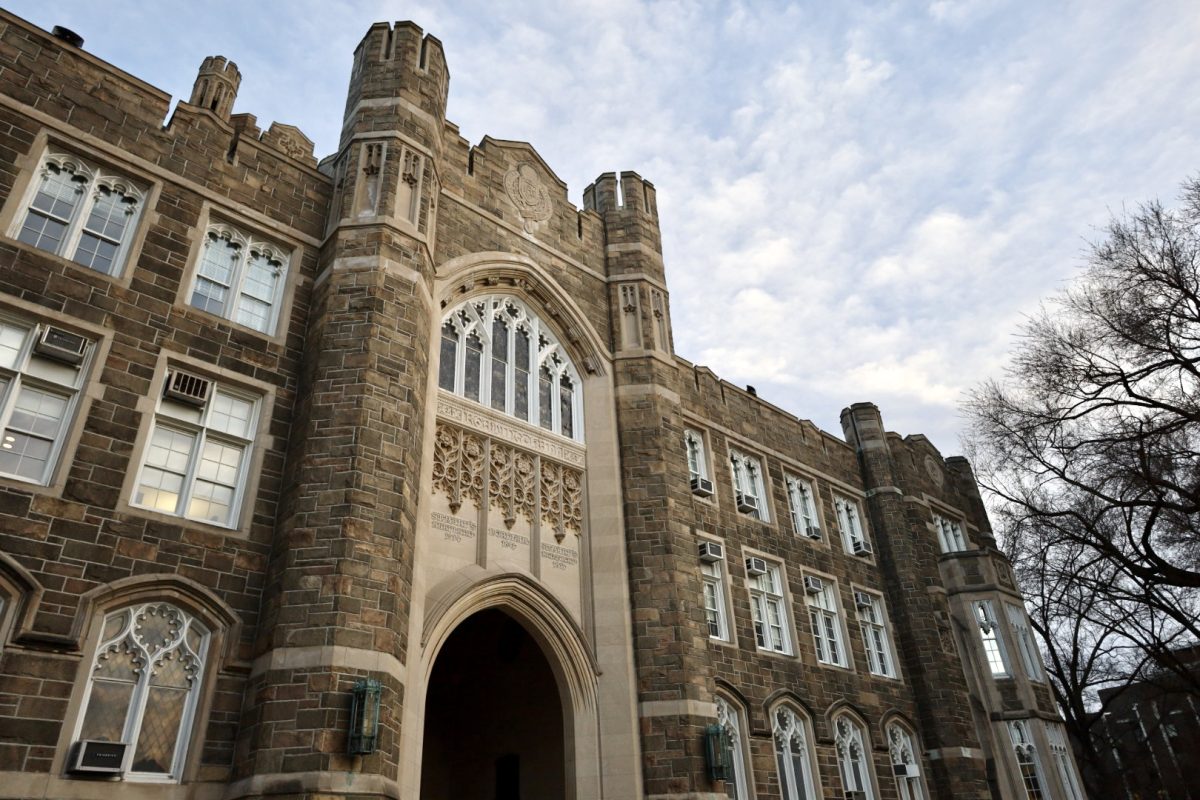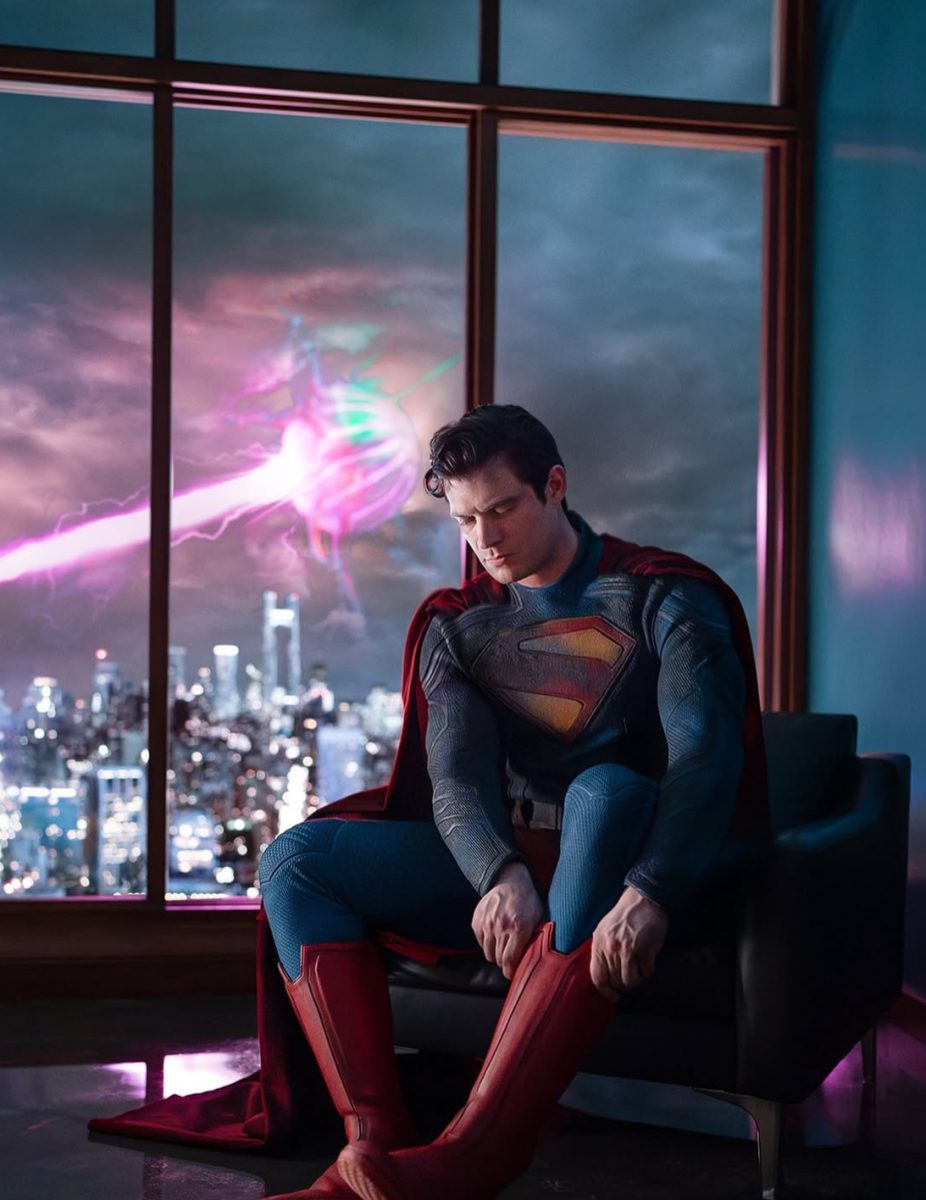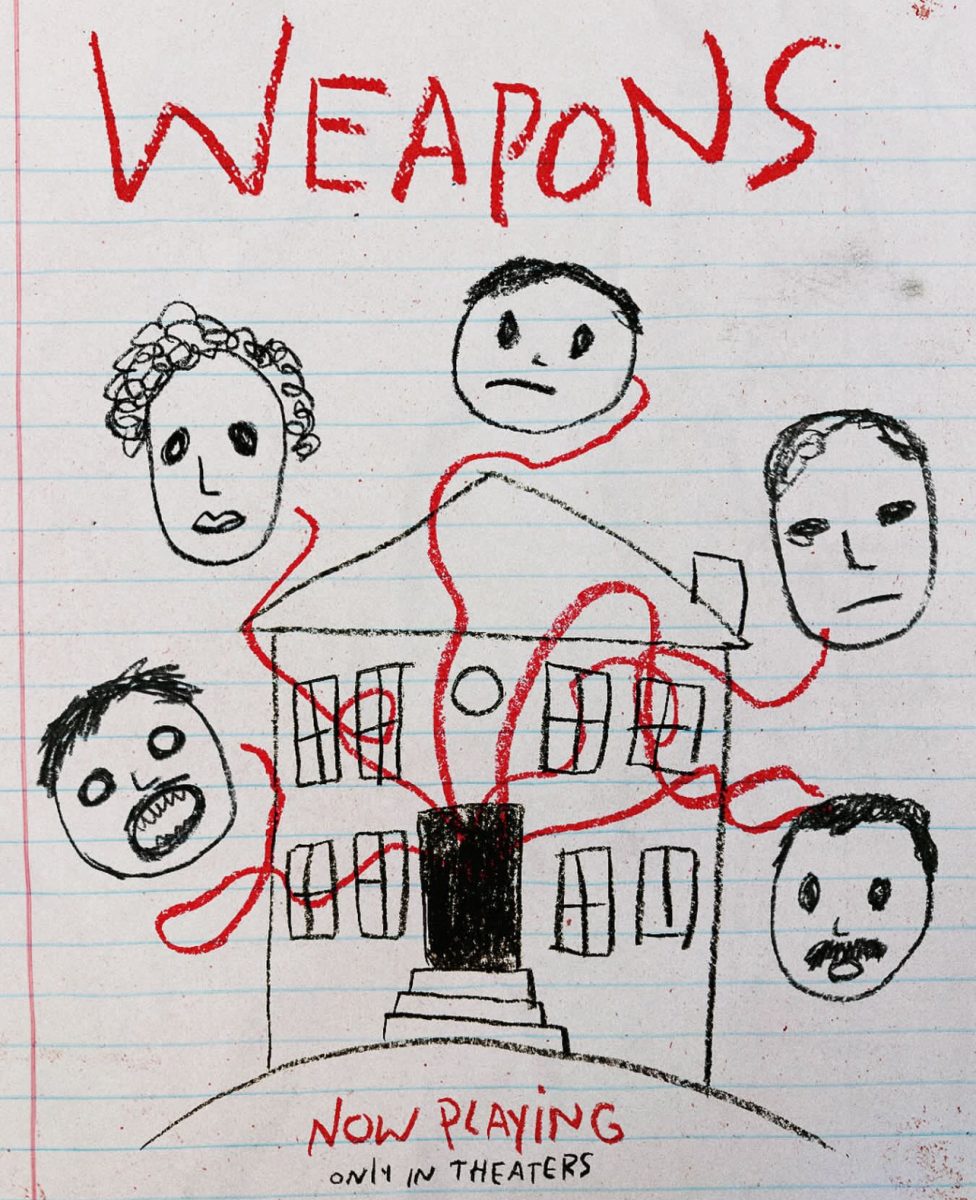Since its debut on Oct. 11, 1975, “Saturday Night Live” has proven itself to be a force in late-night television, entertaining audiences season after season with punchlines you can still feel in your gut by the time Sunday morning rolls around. When Lorne Michaels created the show, he had a vision to break away from traditional variety programming that catered to a family-friendly audience with run-of-the-mill jokes and instead pushed the boundaries of comedy into uncharted territory.
When it first began, SNL took off because it was emblematic of a generational shift in comedy — wickedly hilarious cast members like Gilda Radner and Chevy Chase approached their jobs with a fearlessness that younger audiences craved. Rather than shying away from contentious topics in politics and culture, SNL laid its roots in risk and it definitely paid off.
From the inaugural cast, a group that has now been coined “Not Ready for Prime Time Players,” to today’s eclectic team, audiences have watched the show grow while retaining its origins in sketch comedy and politically charged satire. The success of SNL can be attributed to many aspects of the show, but perhaps its greatest asset is the revolutionary format. By combining live sketch comedy with musical performances, celebrity guest hosts and digital shorts, SNL is able to weave together a dynamic entertainment hub.
My personal favorite appearances include Ryan Gosling — known for the incredible “Beavis and Butt-Head” sketch and John Mulaney — a six-time host with a knack for musical parodies. The best hosts always give the show 110%, unafraid to look silly in front of a camera because they are doing what they love.
Though the live sketches and musical elements have been around since the get-go, a unique feature of this show — the digital shorts — wasn’t introduced until 2005. The Lonely Island, a comedy trio formed by Andy Samberg, Akiva Schaffer and Jorma Taccone, pitched these pre-filmed sketches that could be segmented within the live show. The first major hit, “Lazy Sunday,” was a rap parody that exploded in virality on YouTube. From there, SNL digital shorts became a show staple that garnered younger audiences and introduced even more diversity to an already colorful show. The pre-filmed aspect of these videos allowed for greater experimentation with cinematic effects and absurd humor, while also pushing SNL’s content into the world of shares and remixes. SNL wasn’t just concentrated in late-night television, it was now relevant to conversations everywhere. The cast and crew that carry SNL on their backs deserve the spotlight.
Many members of the Fordham community are working as interns at SNL, and one particular student works closely on the digital shorts that have garnered so much attention from the media.
I recently had the privilege of interviewing Bernadette Daunt, GSB ’27, who is currently working at SNL as a Film Unit Intern. Daunt is majoring in global business at Lincoln Center with a concentration in digital media on the media track. She began her journey at SNL in September after attending a networking session with NBC at Fordham and has had a wonderful time working on everything from production on set to post-production work. SNL’s appreciation for unique perspectives and new ideas is evident in their comedy, but Daunt has found that their warmth translates into working with newcomers to the industry as well. She noted, “There’s so many people that I work with that have been there for so long and have seen it grow over time,” when speaking about the show’s evolution. That growth has occurred in a myriad of ways, and it can be attributed to the crew’s commitment to constantly rethinking the way they approach entertainment.
When reflecting on this dedication, Daunt recalled, “One thing that really stuck with me is that they really have a sense of ‘How can we make this better? How can we push the limits of what we’ve been doing?’” The revival of performers from past seasons and the introduction of cameos in the 50th season have been indicative of the way SNL balances fan favorites with innovative progressions. In fact, for the 50th anniversary, they brought back Andy Samberg to do the Lonely Island sketches in October of 2024 despite the group having taken a step away from the late-night show in 2018. Her experiences on set have given Daunt insight into a possible future as a production coordinator or production manager, and she appreciates the ability to balance this type of work with personal film projects. Speaking about her collaboration with so many inspiring storytellers, Daunt further explained,“ Every person that you interact with on a crew is an opportunity to network… Everybody is so motivated to go above and beyond.” SNL goes above and beyond in recognizing talent and giving its cast and crew the opportunity to showcase their personalities through the work they do.
As the show commemorates its 50th anniversary, a series of special events were organized to pay homage to the incredible work that has been put into this show for the last five decades. The centerpiece of this celebration was a three-hour live broadcast titled “SNL50: The Anniversary Celebration.” Featuring alumni such as Steve Martin and Eddie Murphy along with musical powerhouses such as Miley Cyrus and Paul McCartney, this special was an extraordinary production. Leading up to the anniversary, NBC engaged audiences through rebroadcasts of classic episodes and a homecoming concert at Radio City Music Hall, and with the recent hiatus they took from regularly scheduled programming, fans were eager to see what they would have in store. The show was a star-studded fusion of all of the elements that have allowed SNL to transform late-night comedy for the last half-century. The special is officially out, so you can make the judgment call as to whether or not the three-hour show lived up to the mountain of expectations it built and whether SNL can keep its sterling reputation in the world of comedy.

